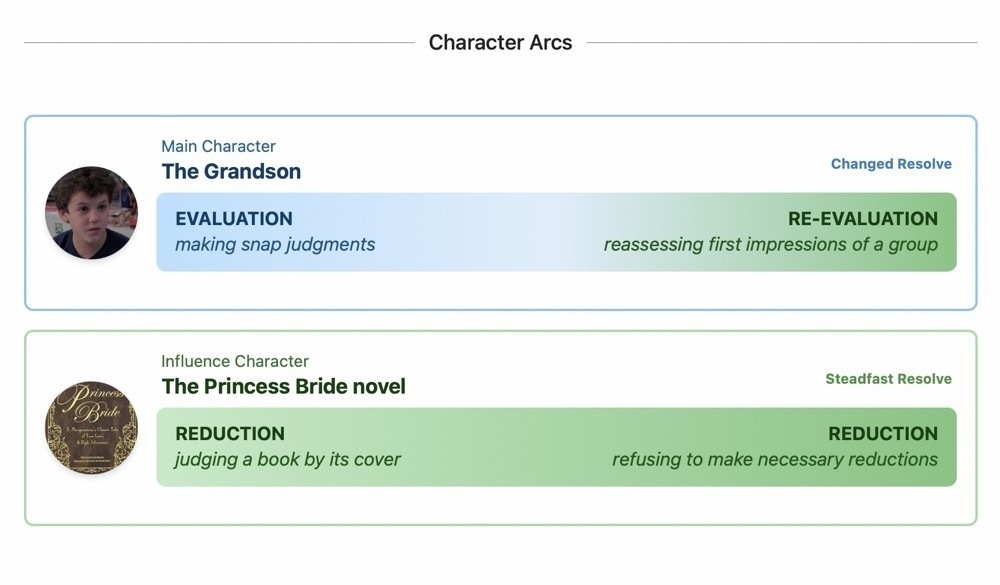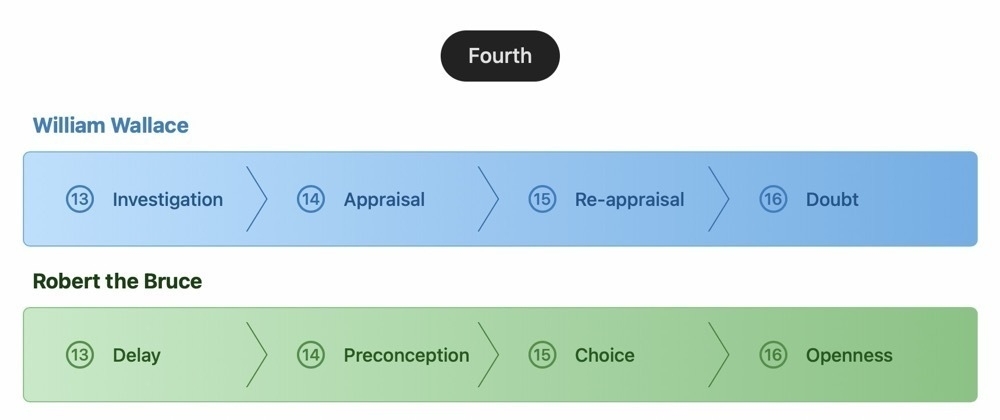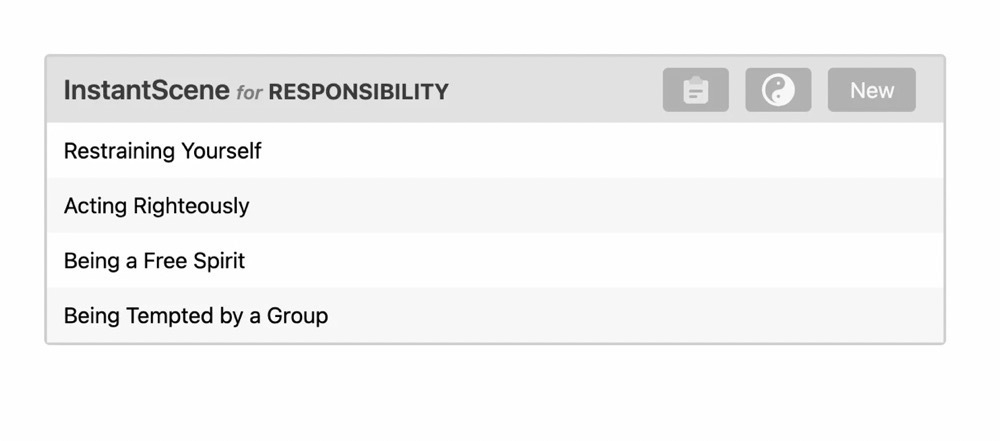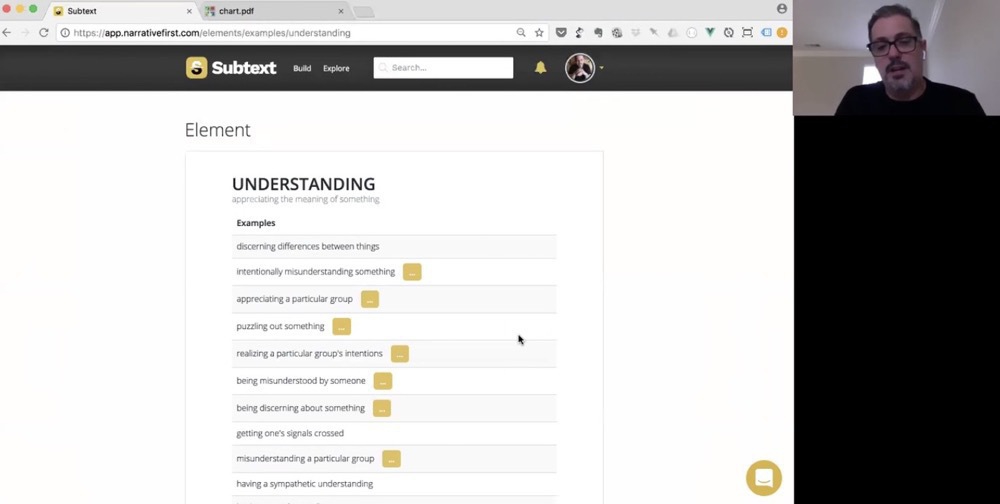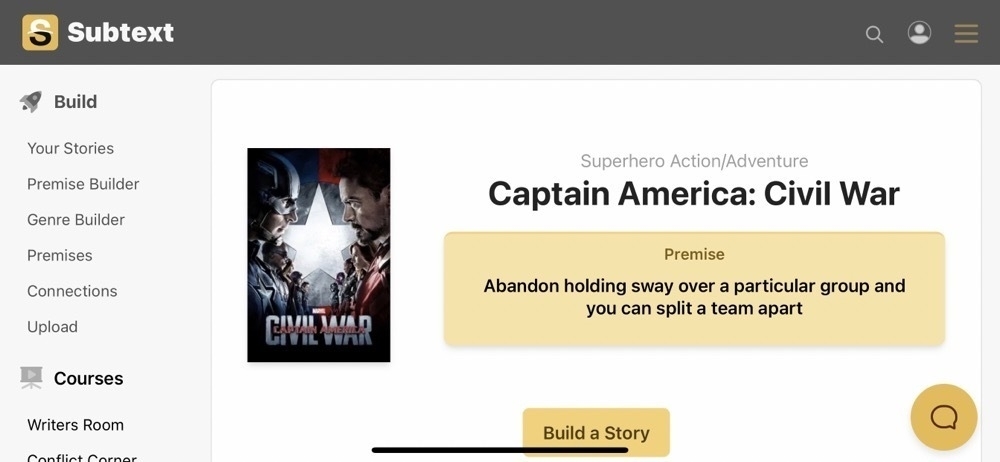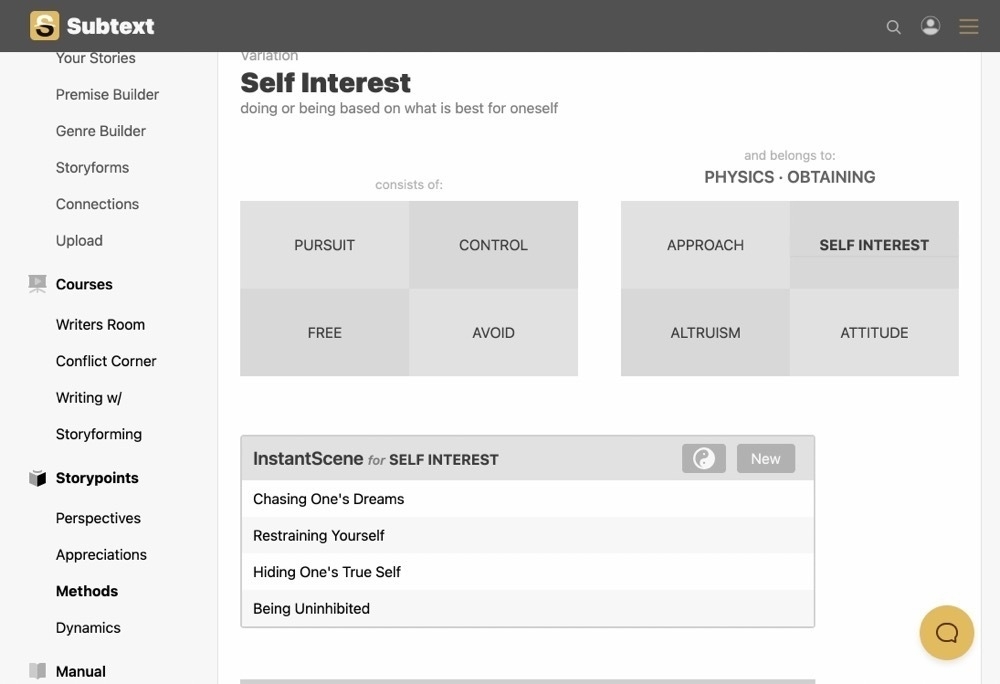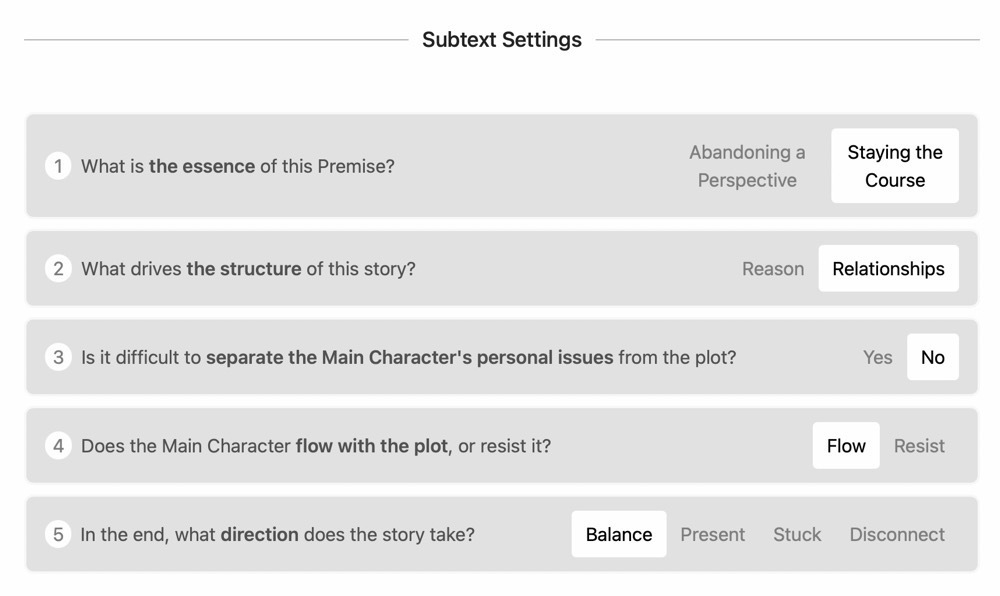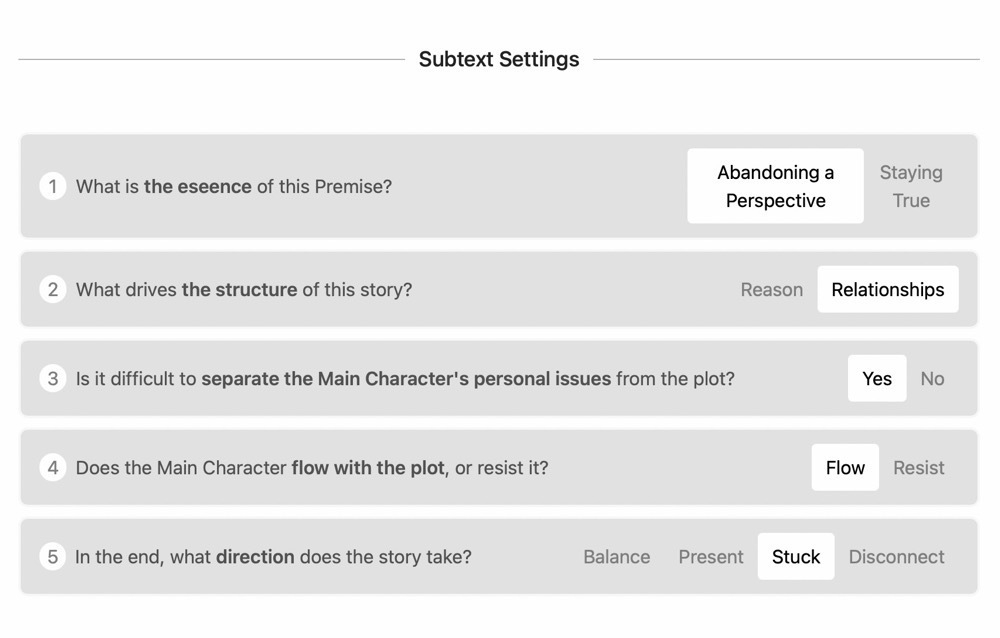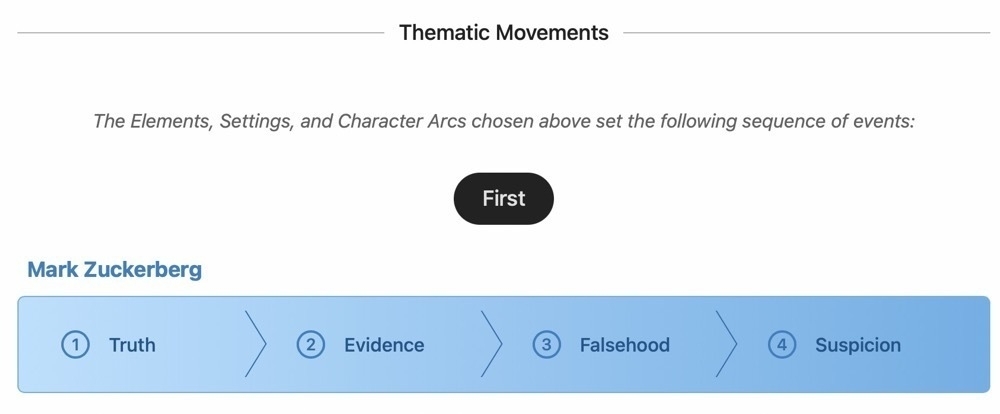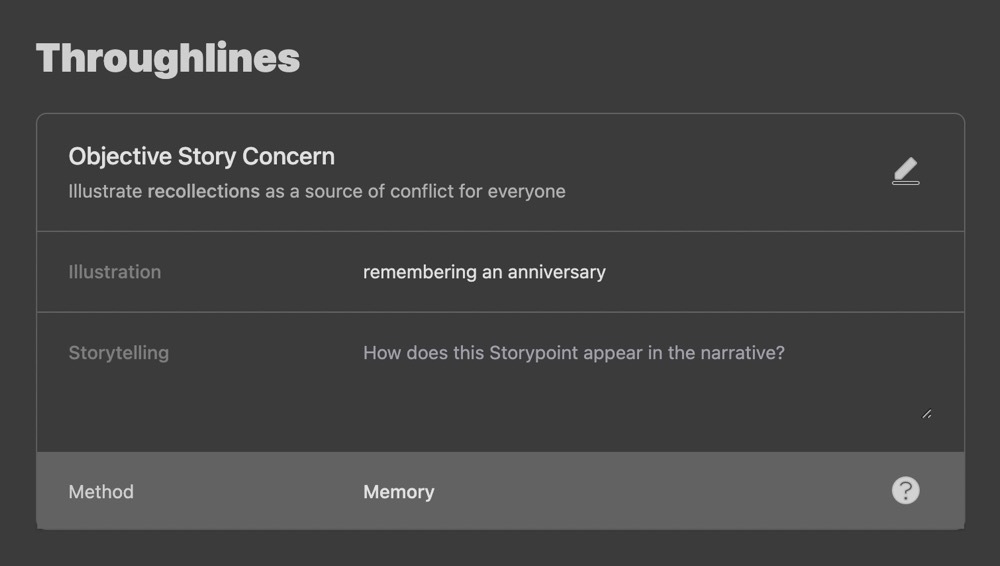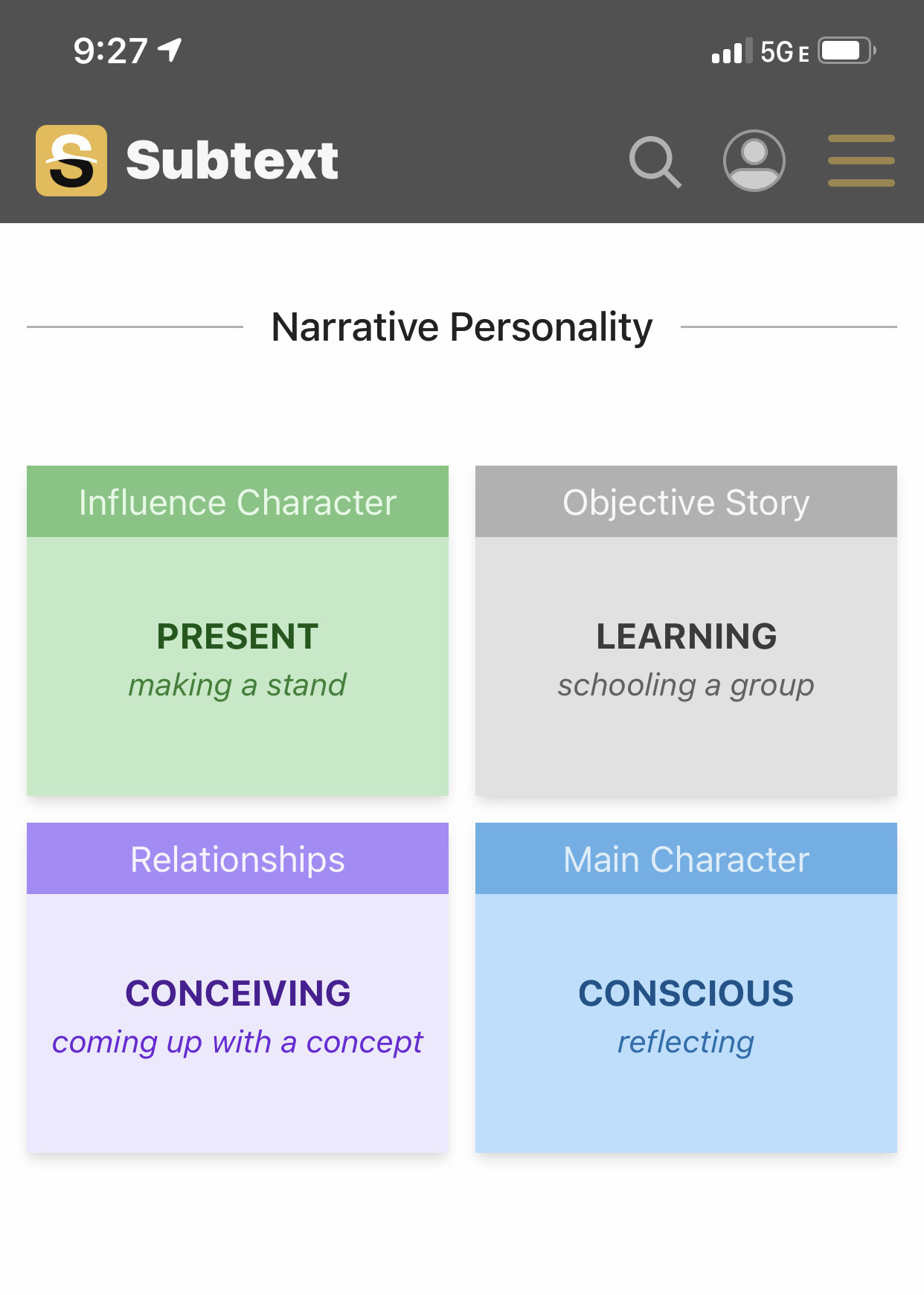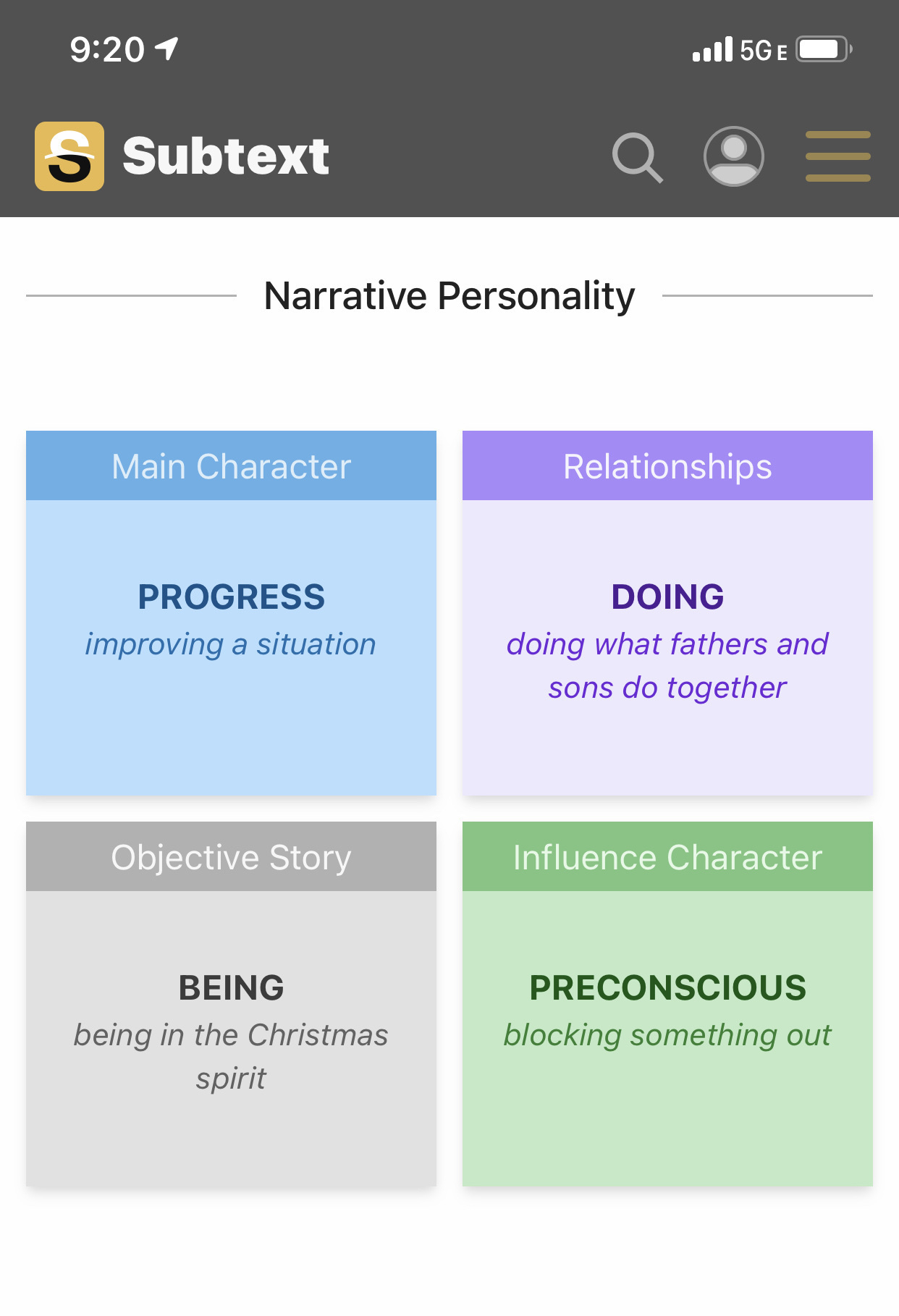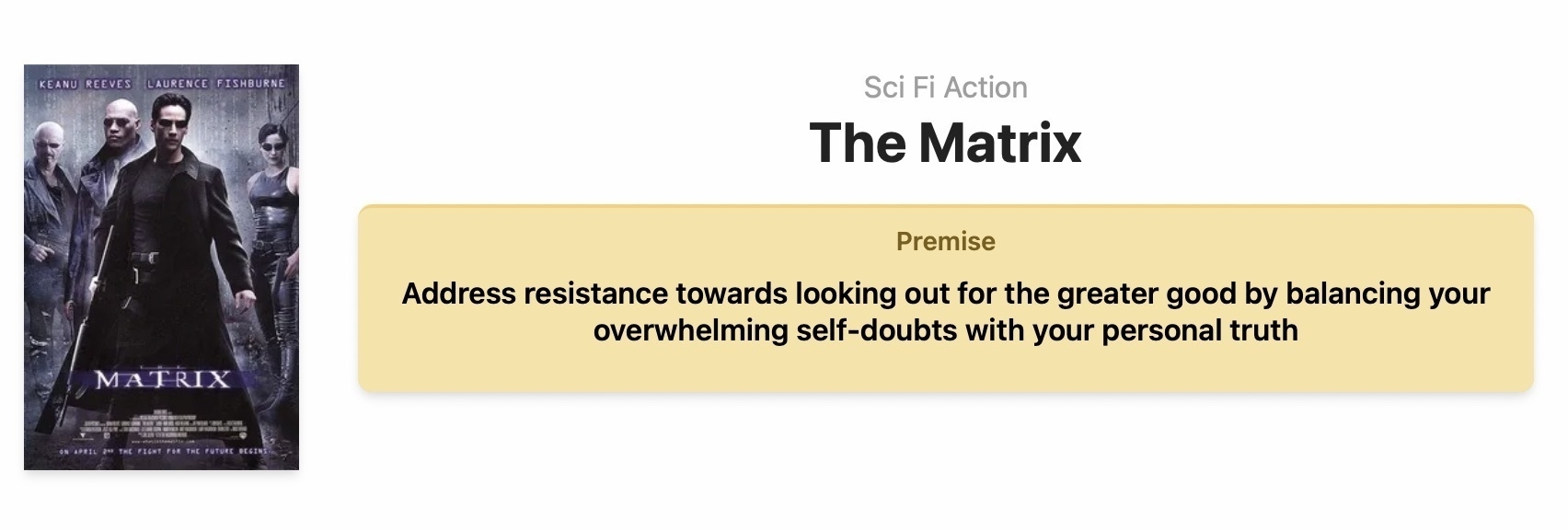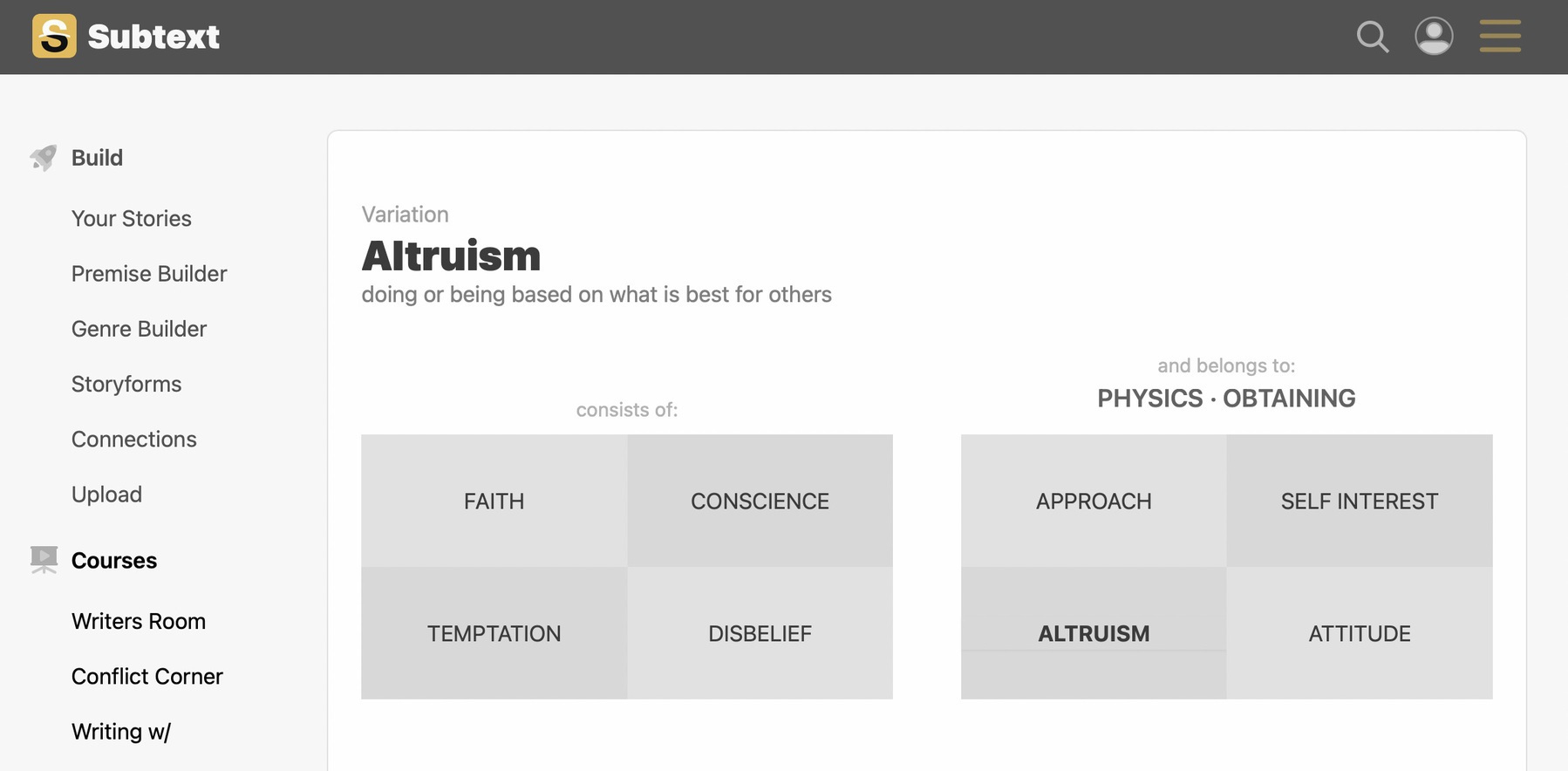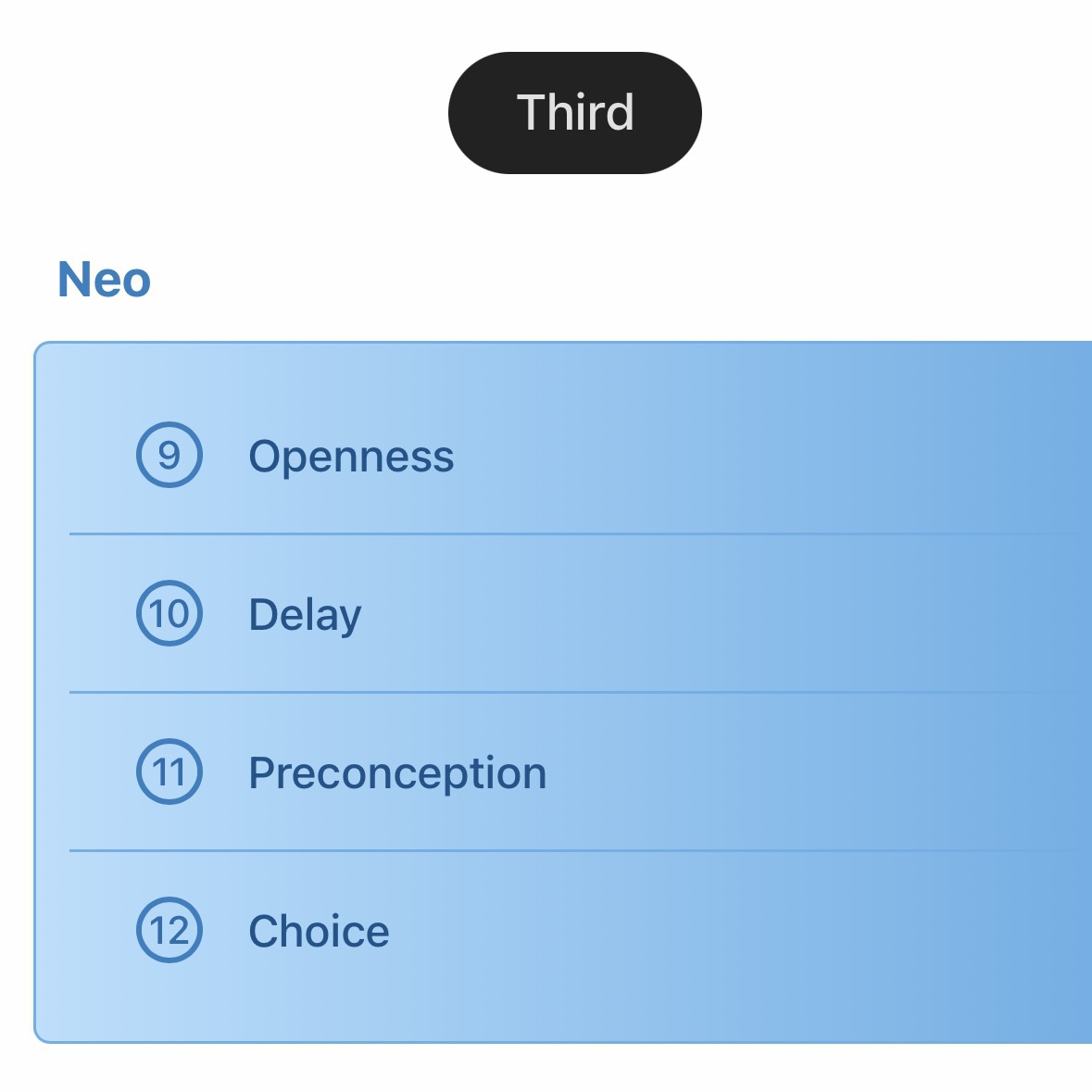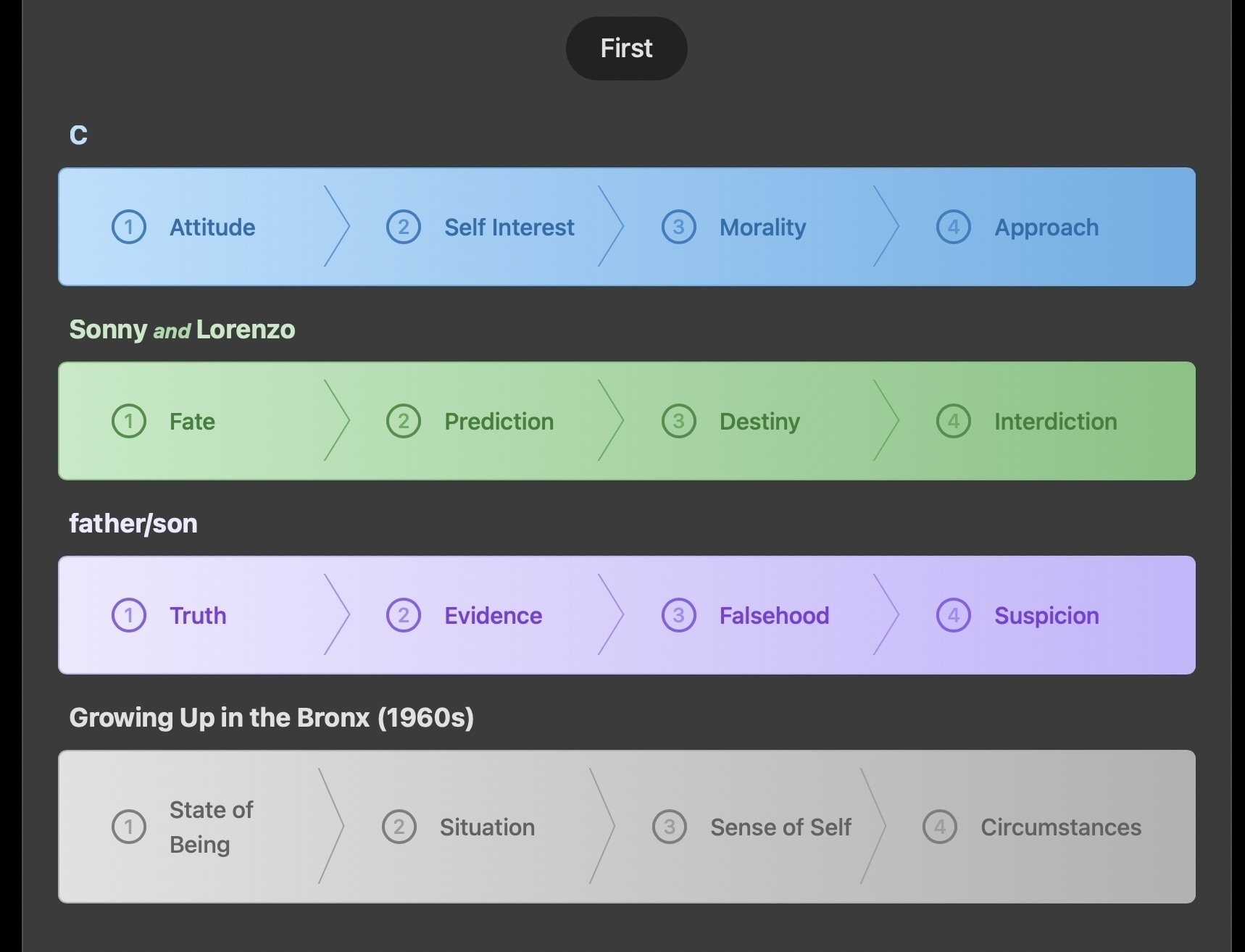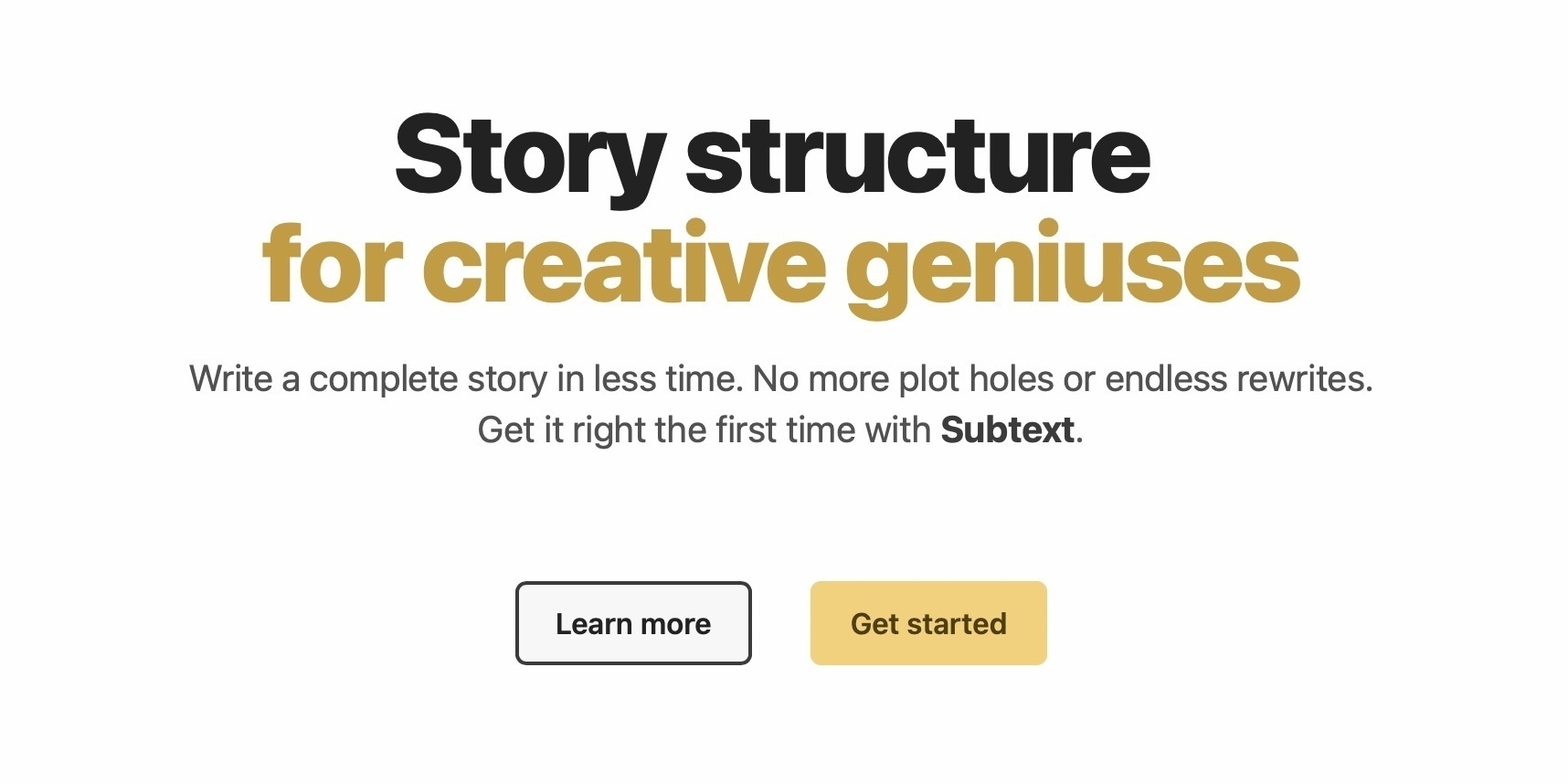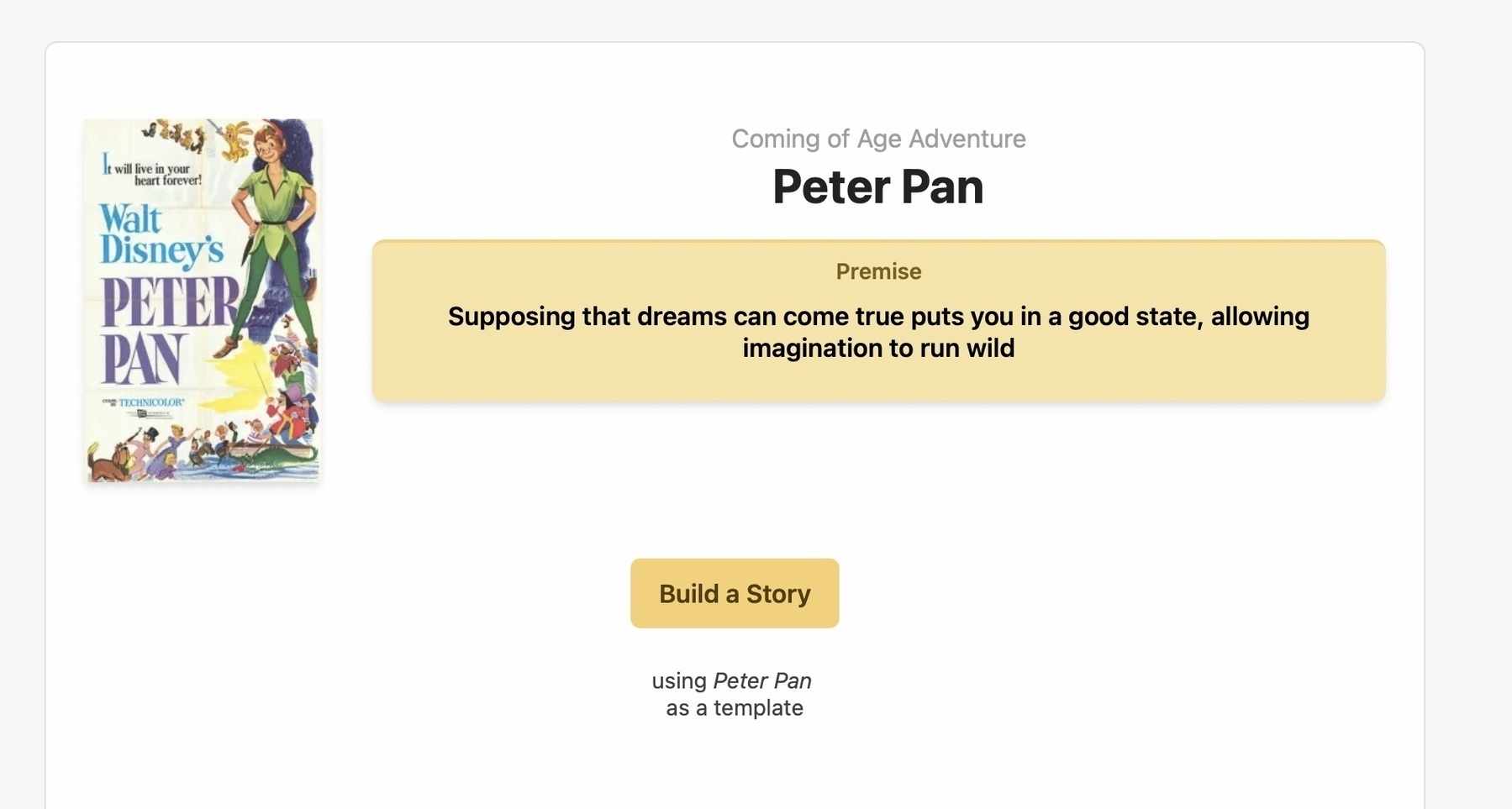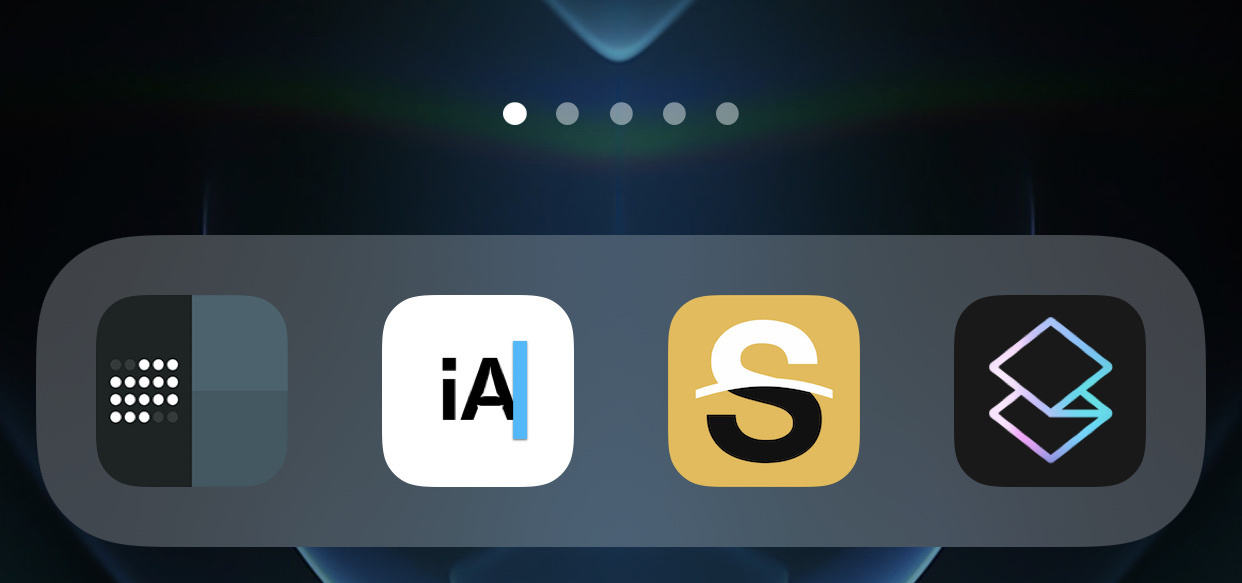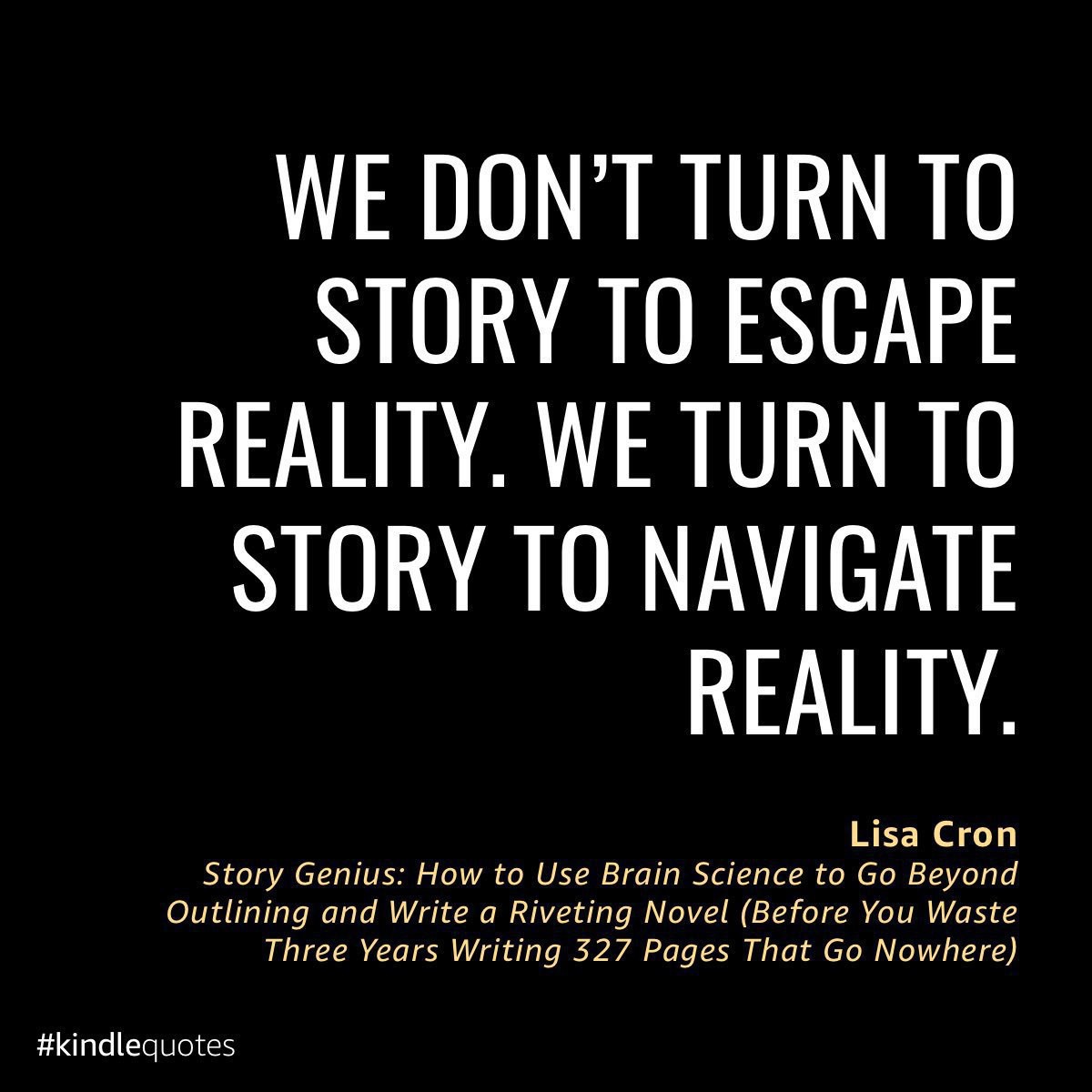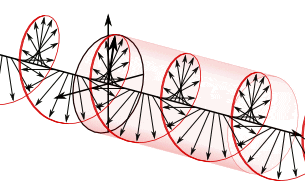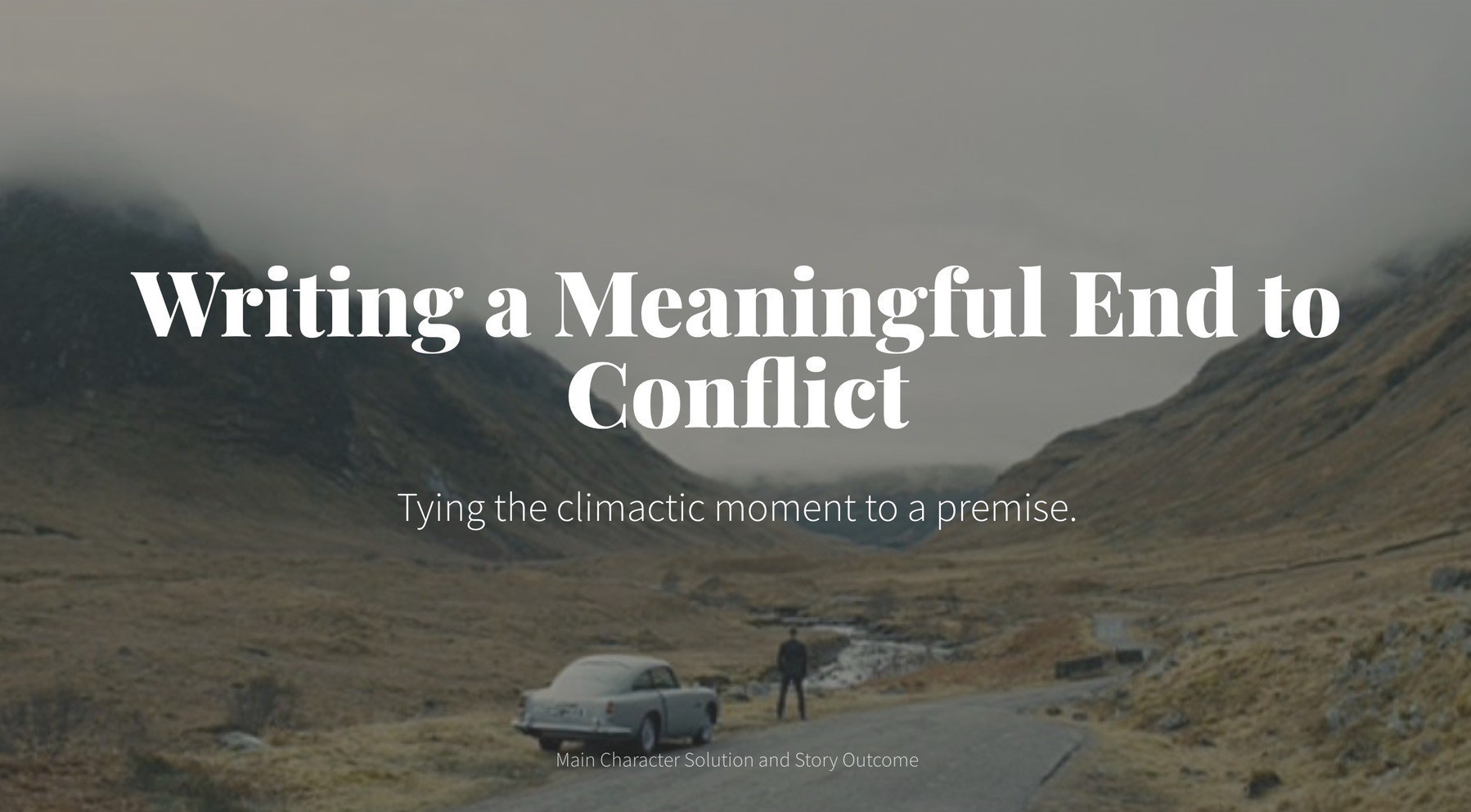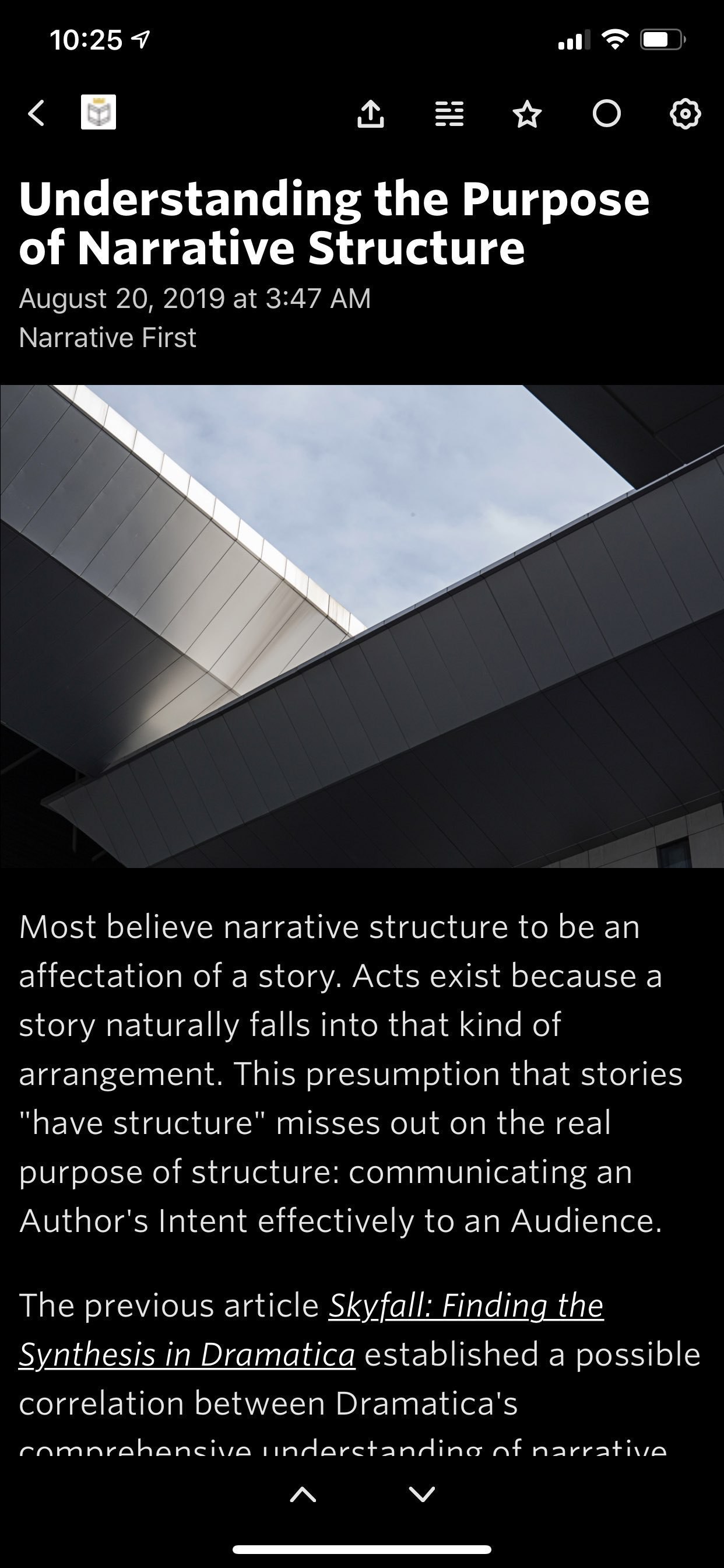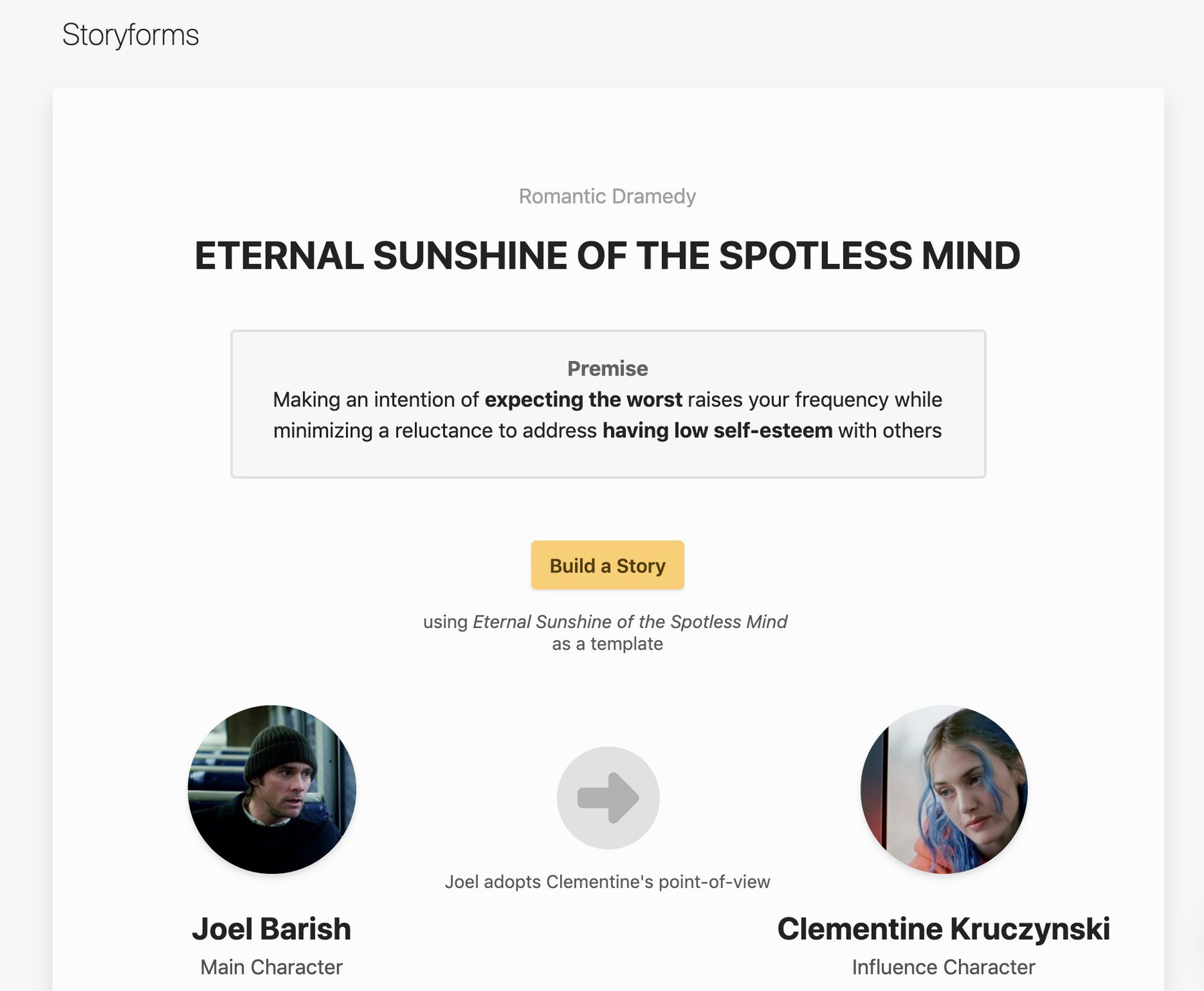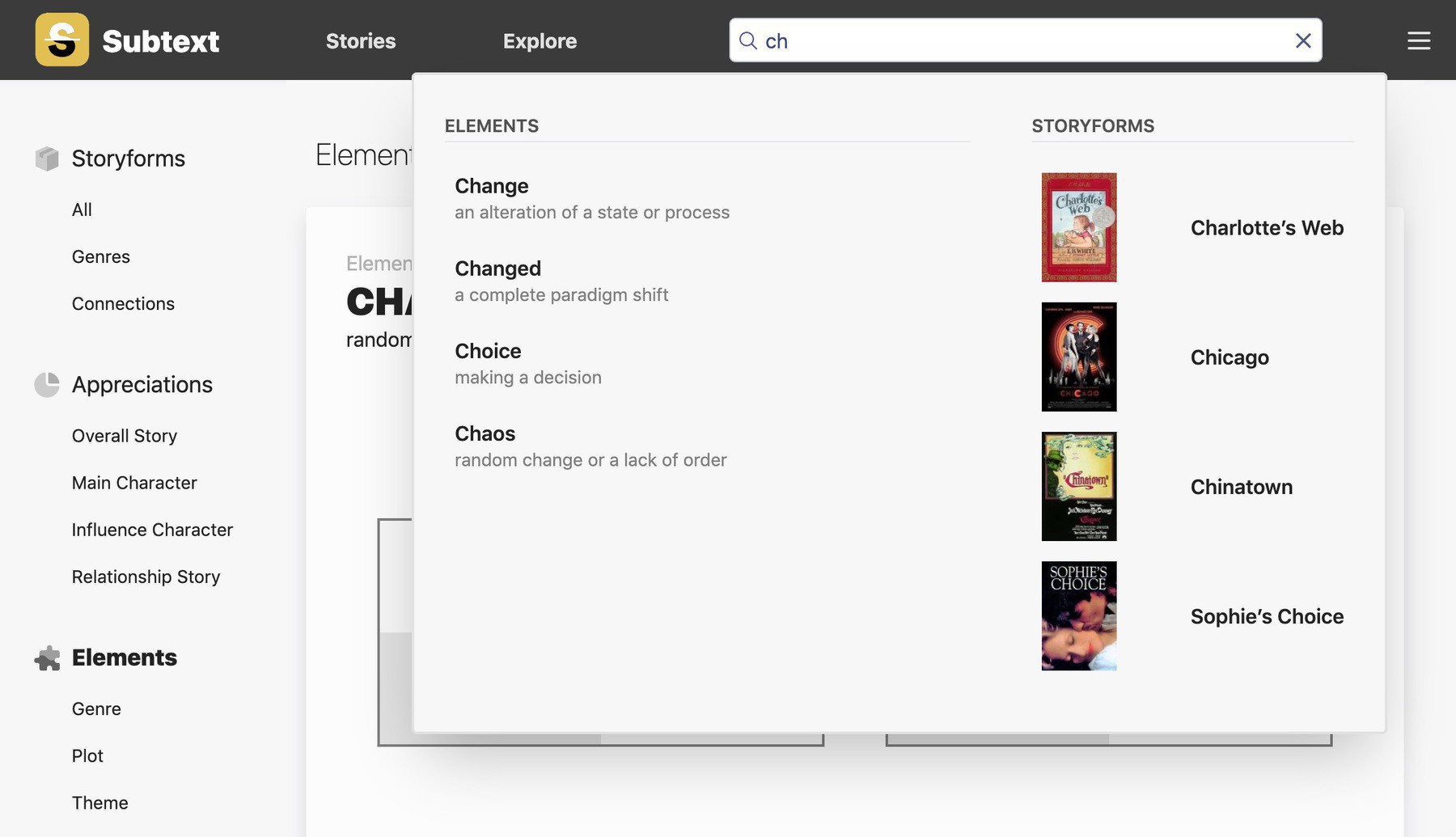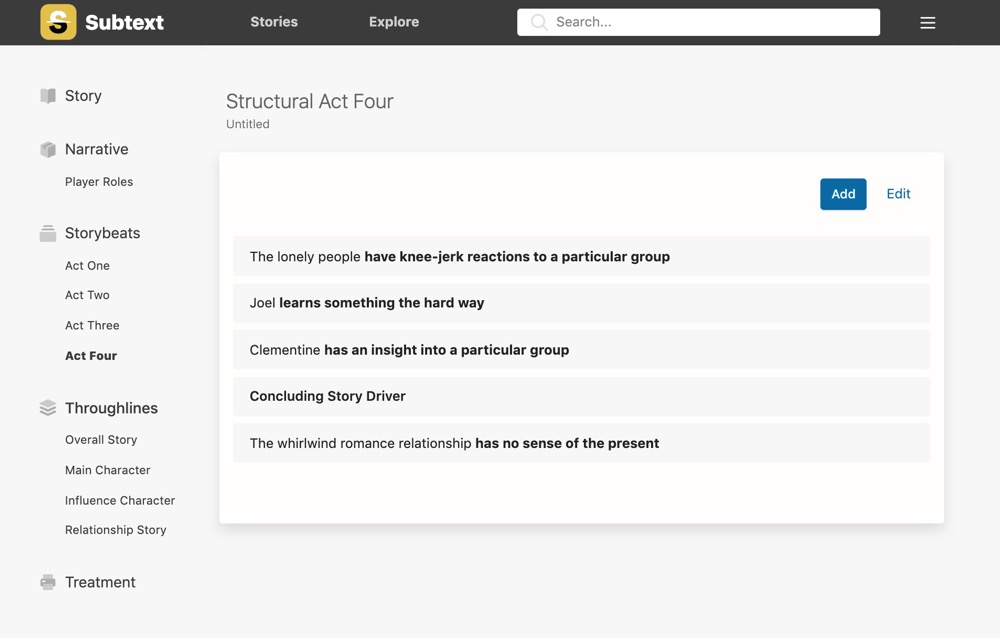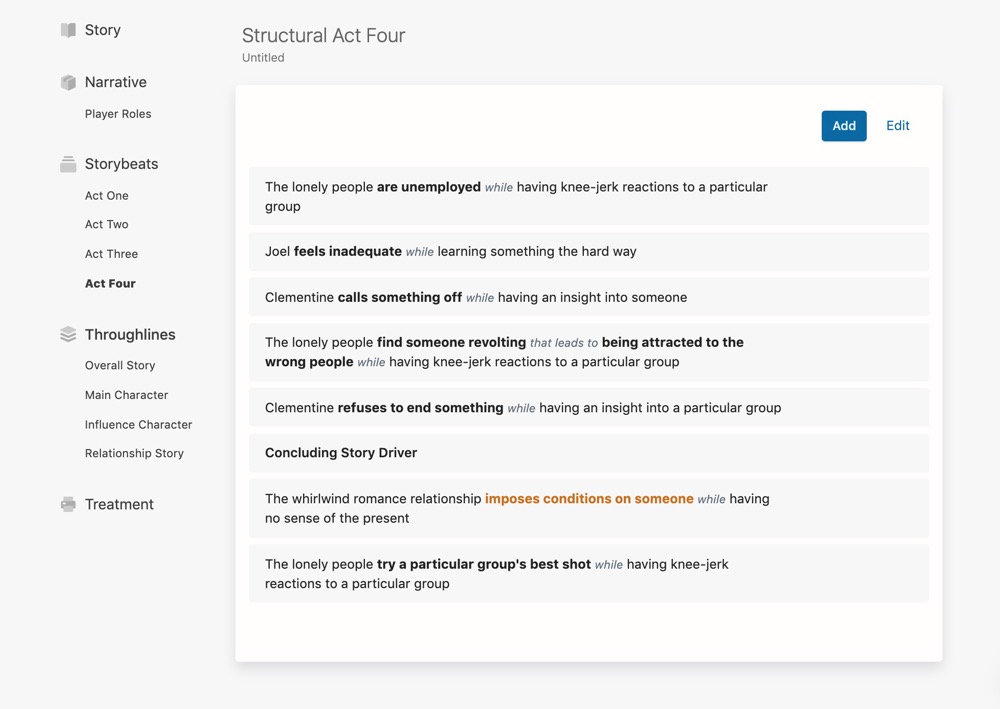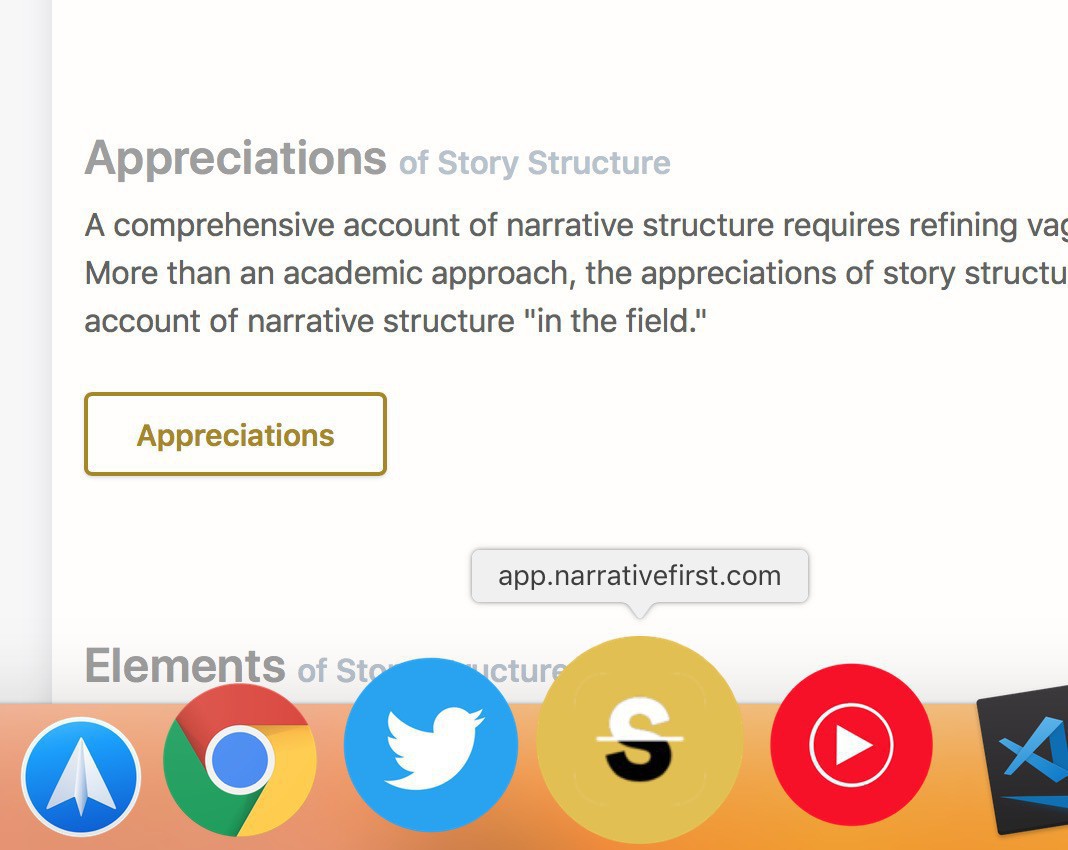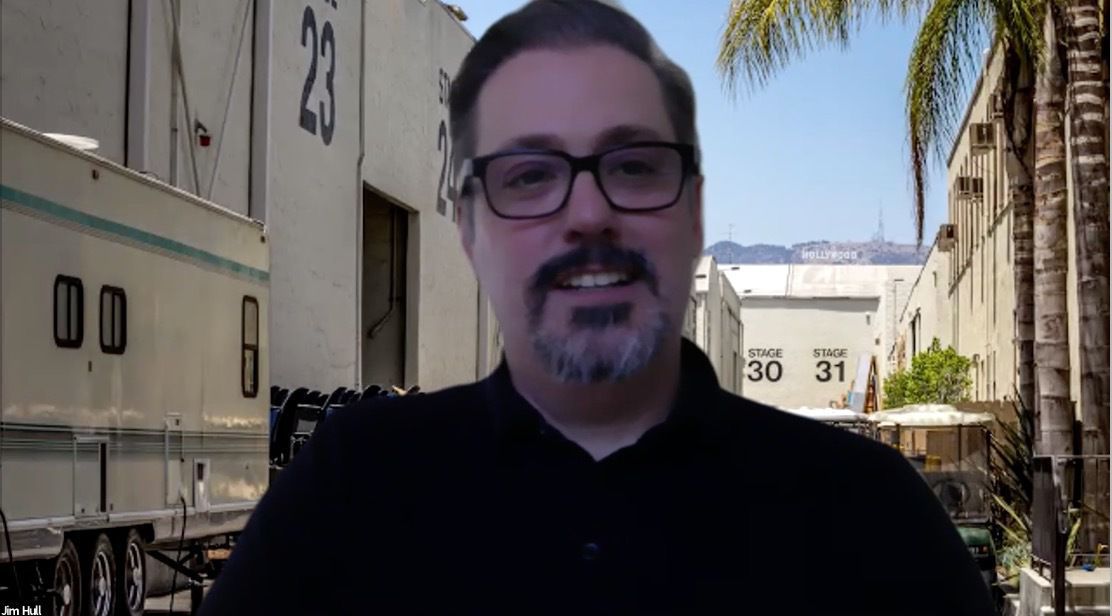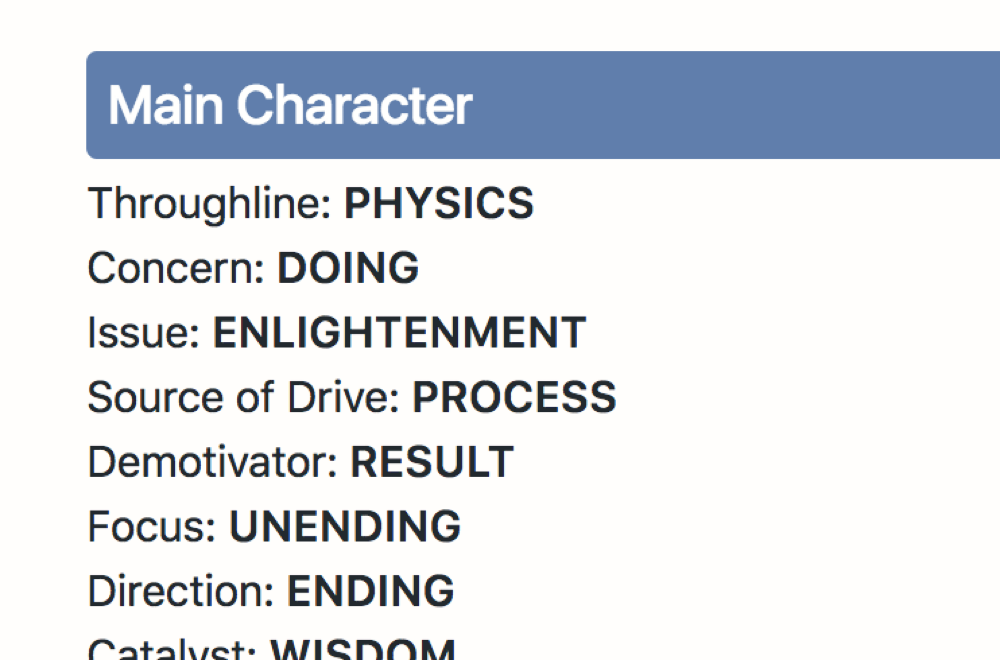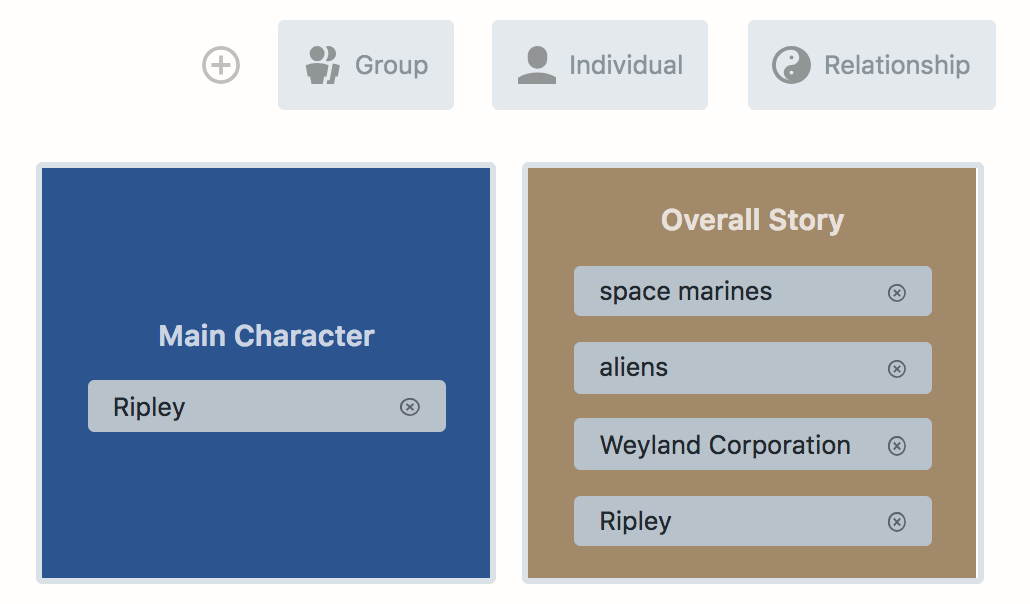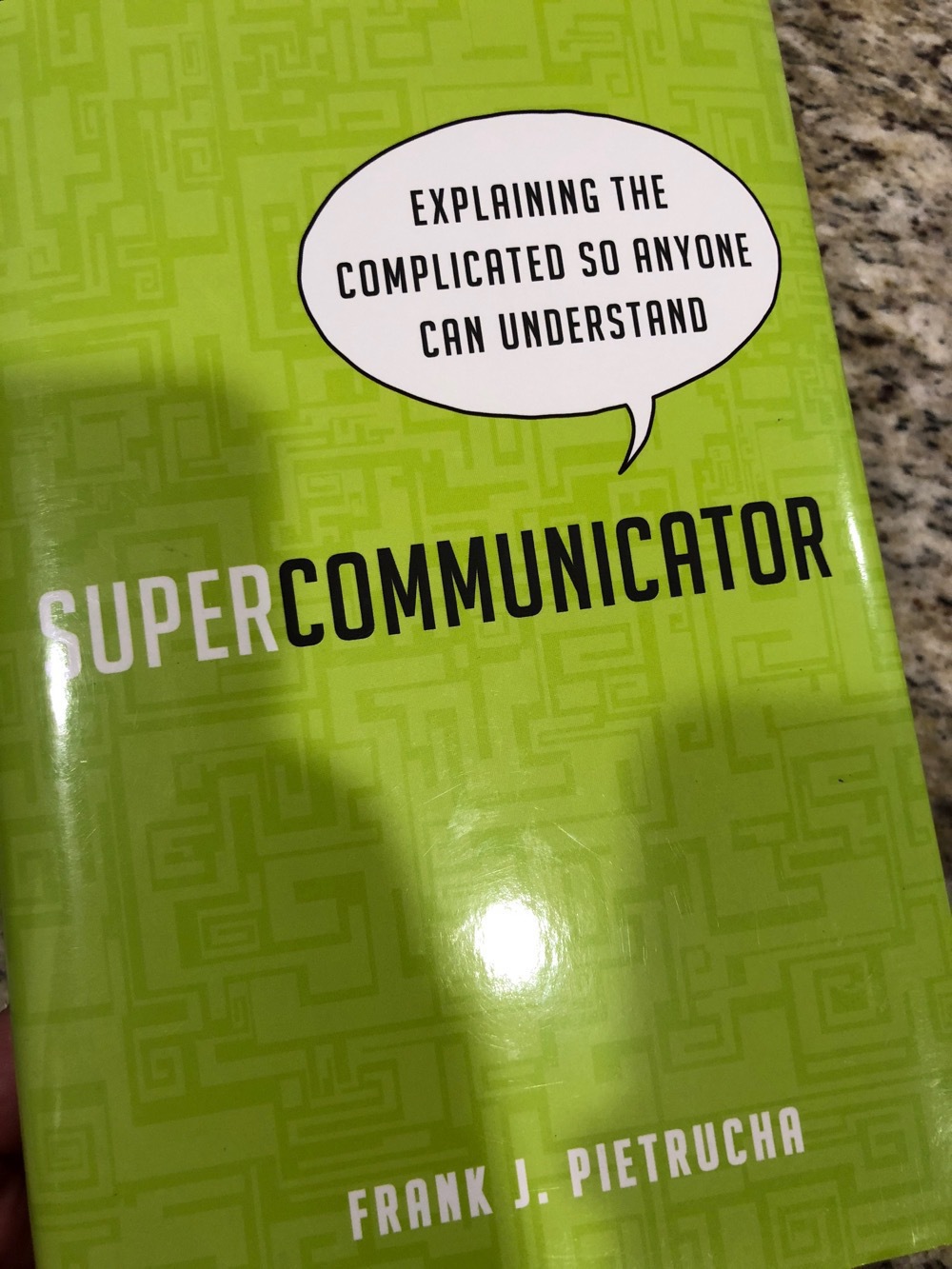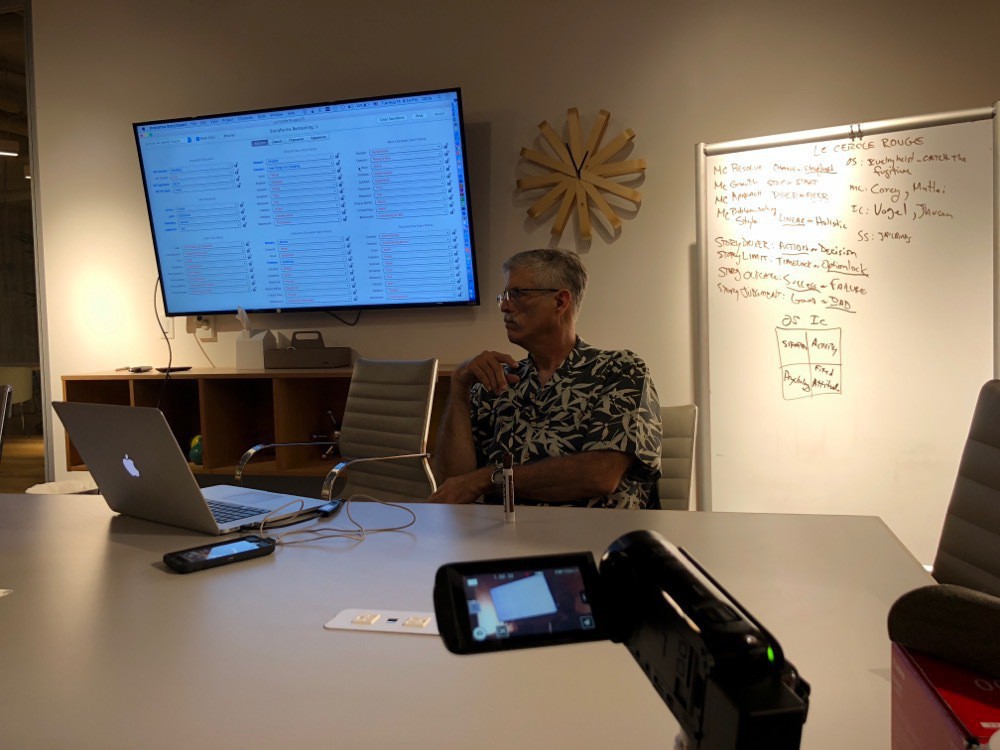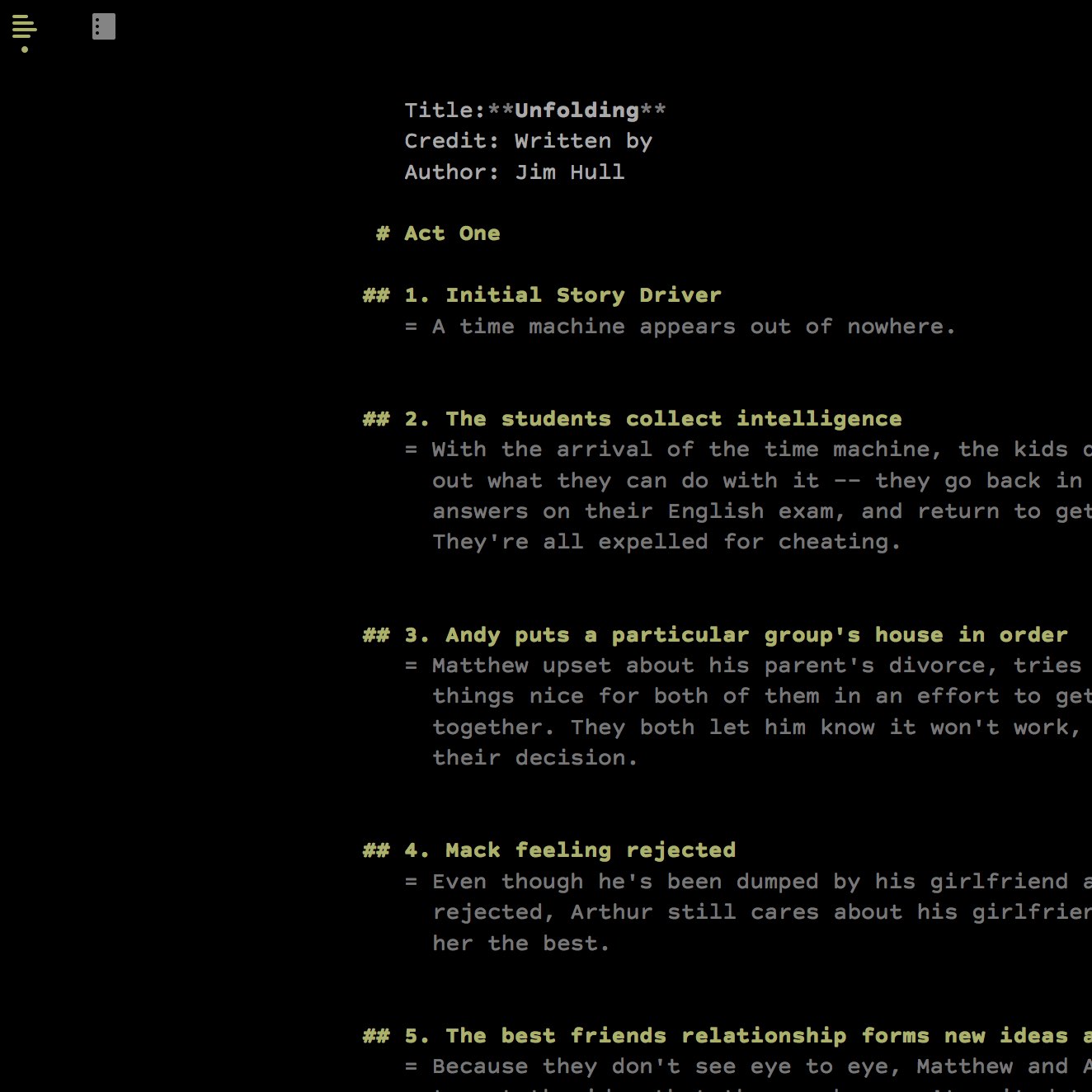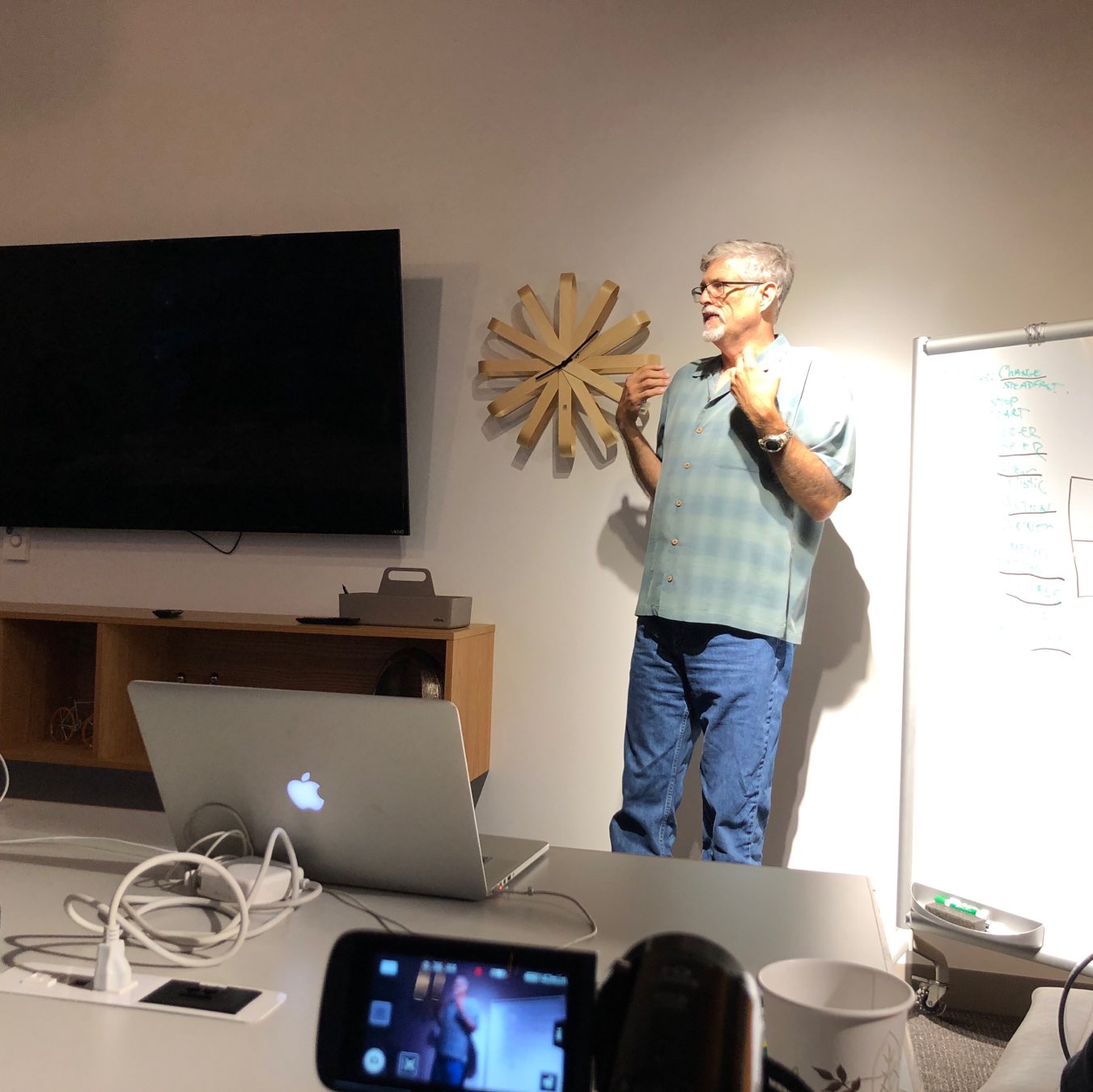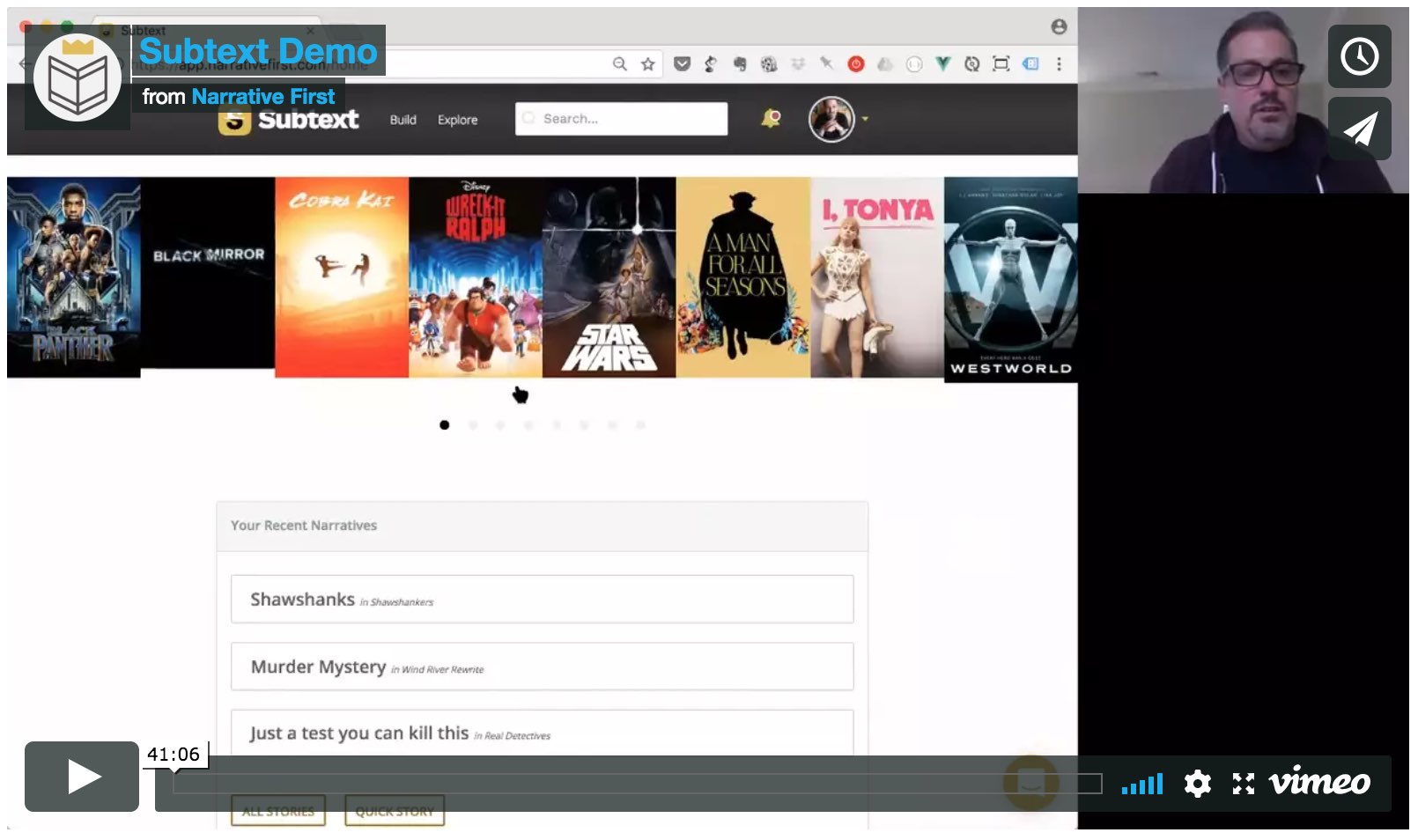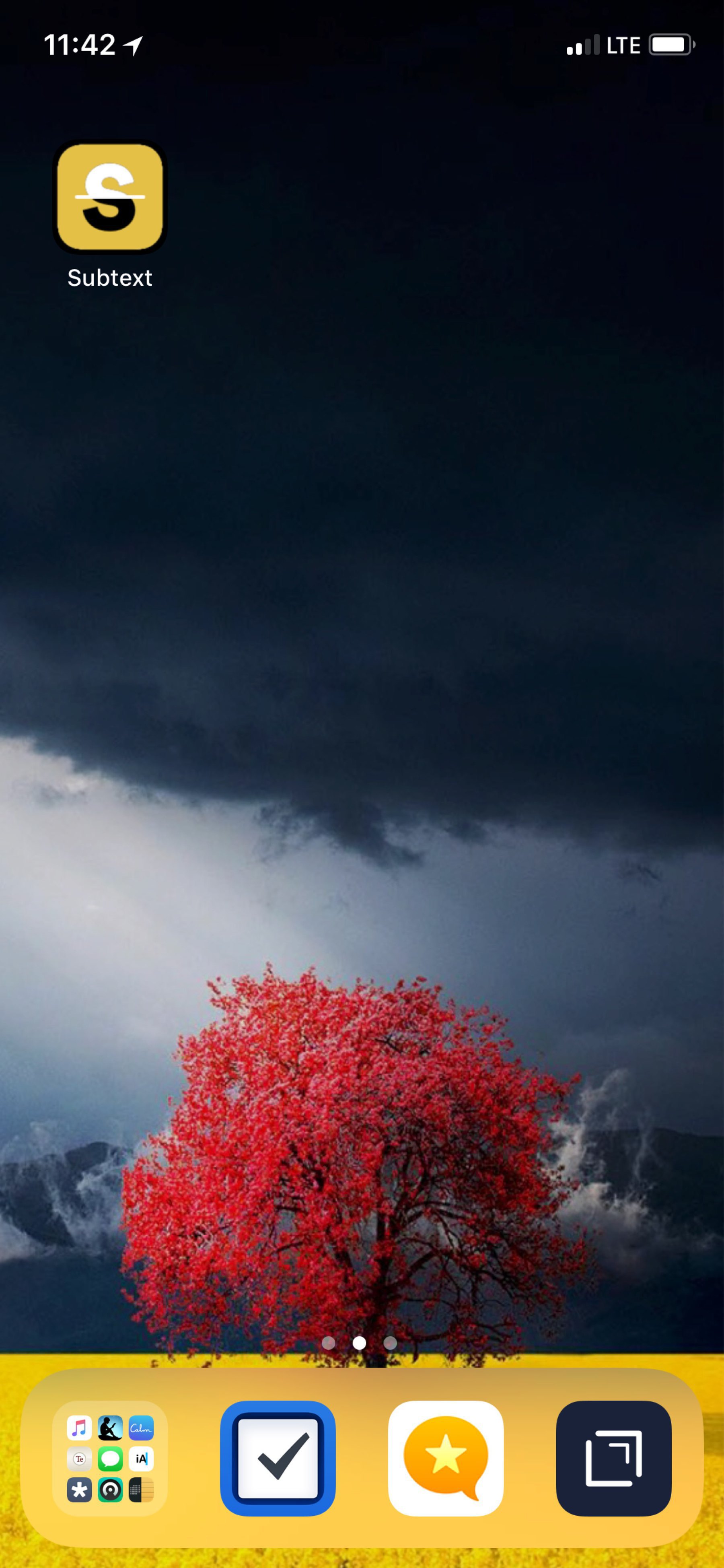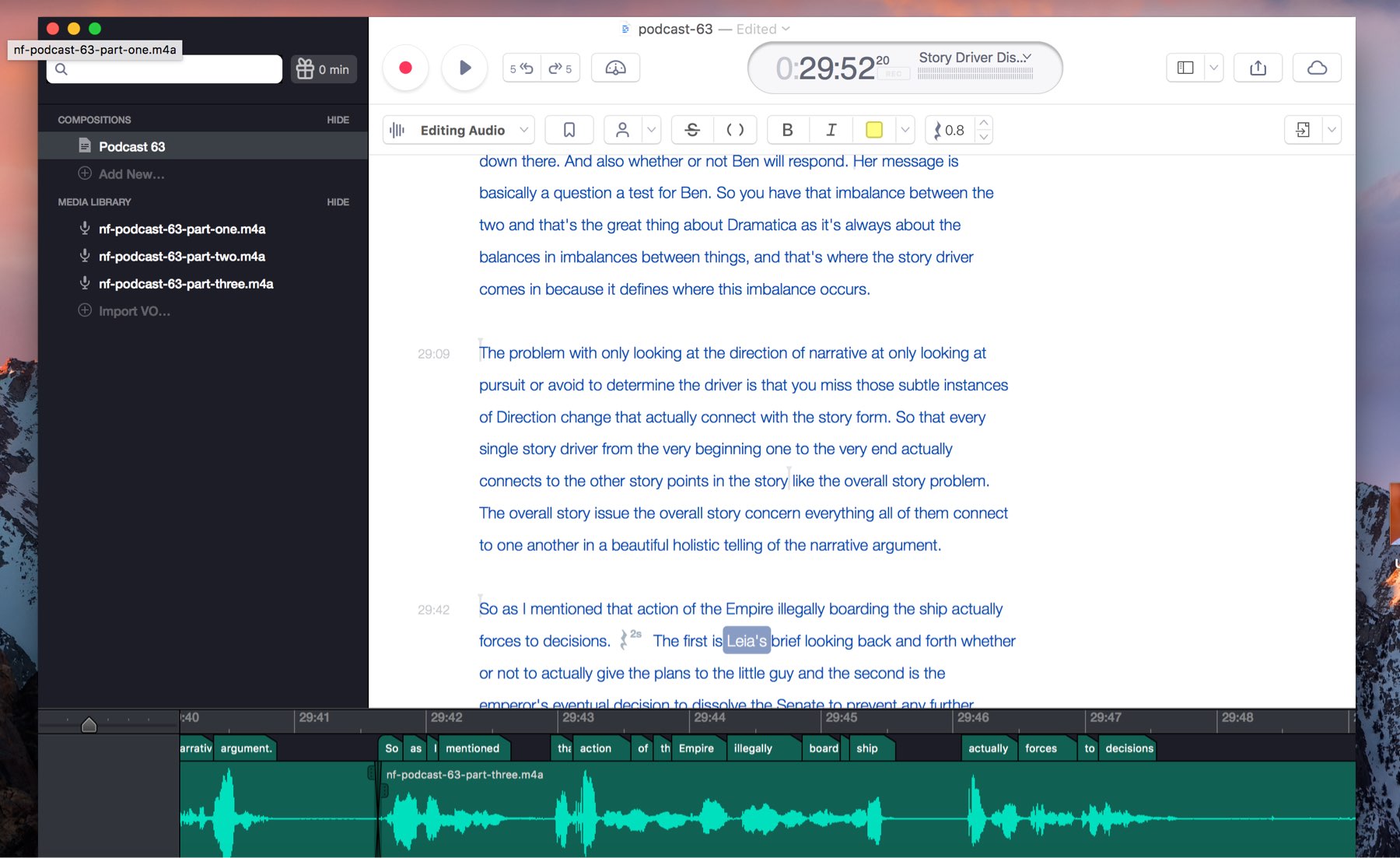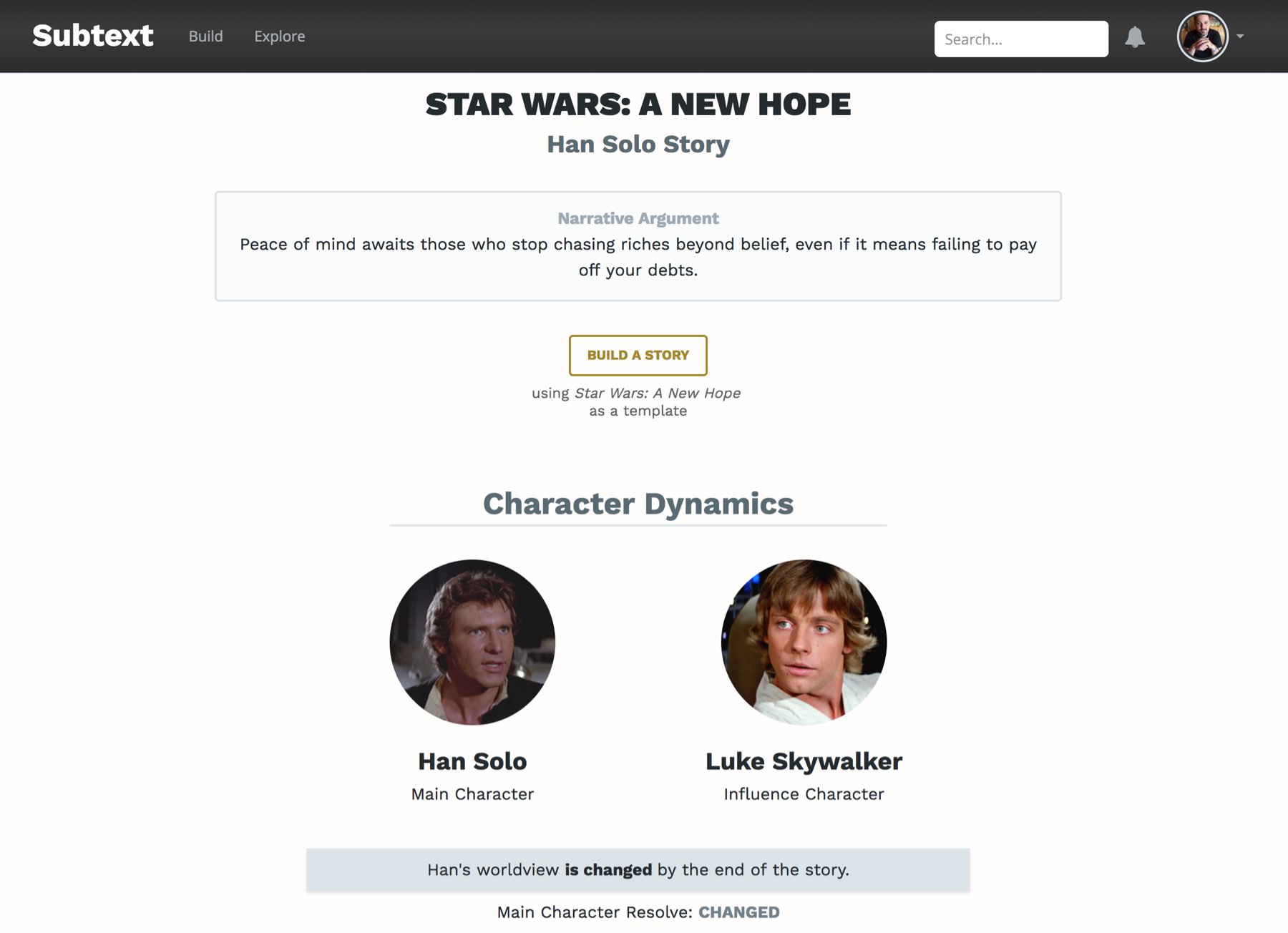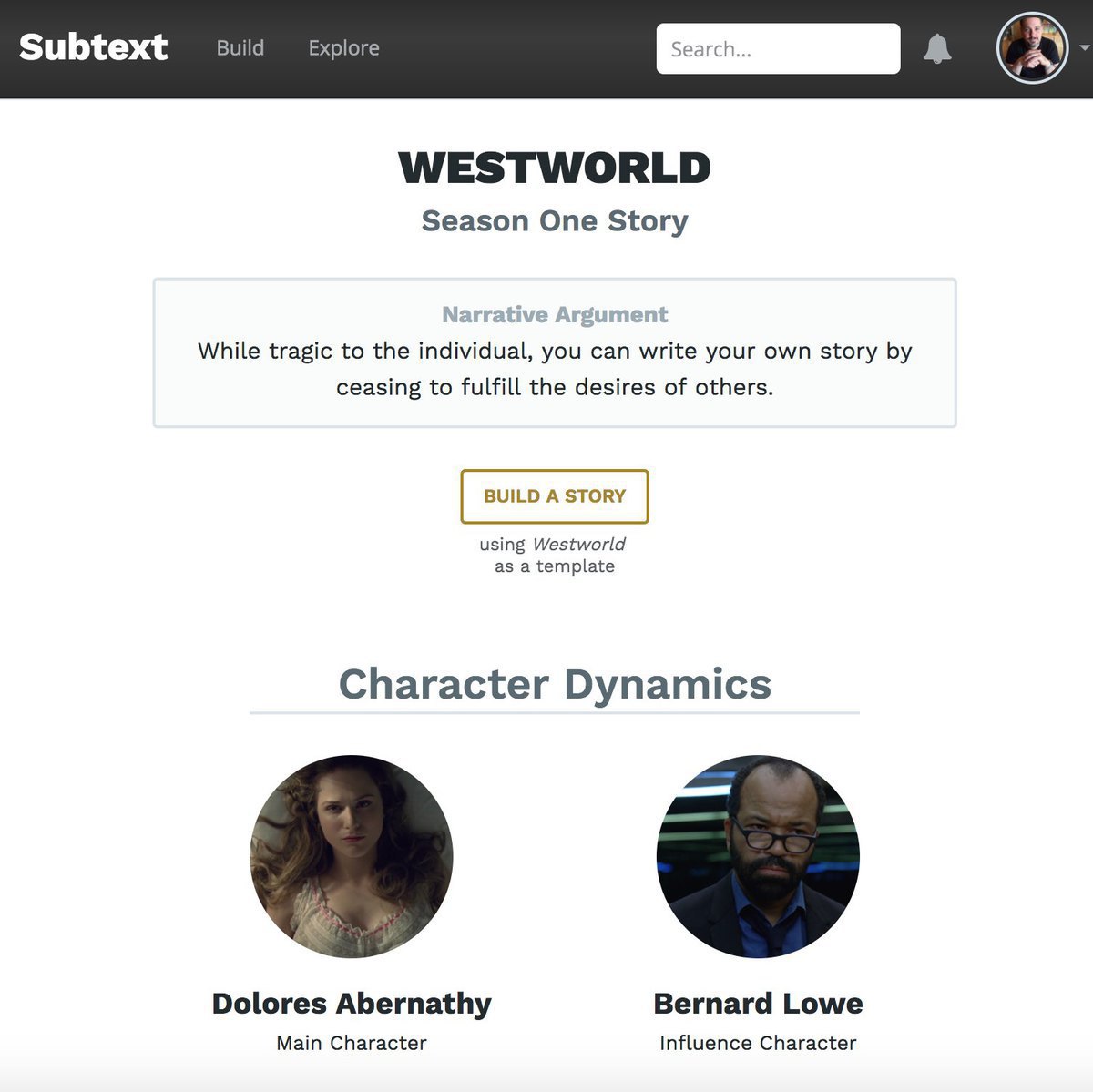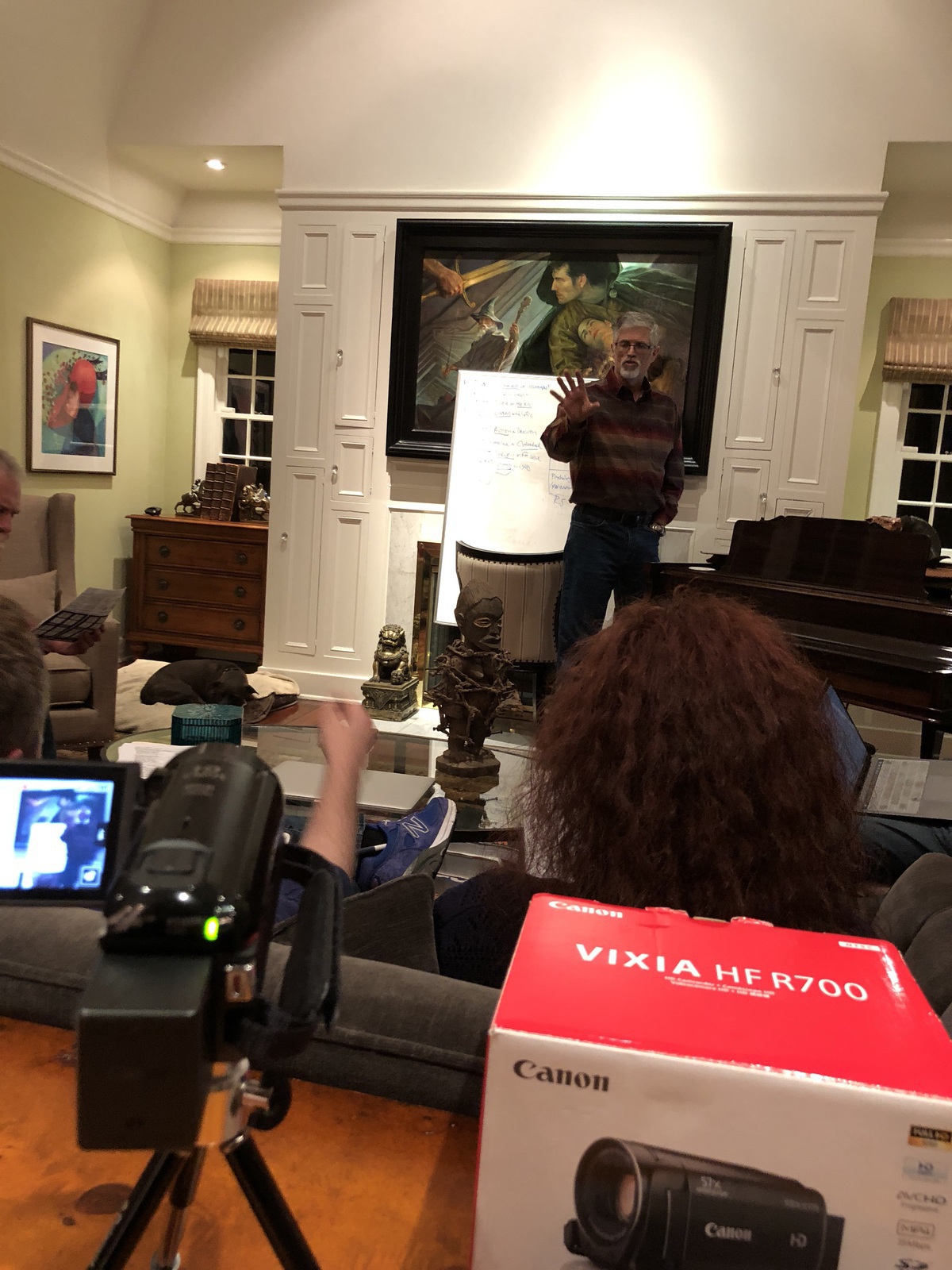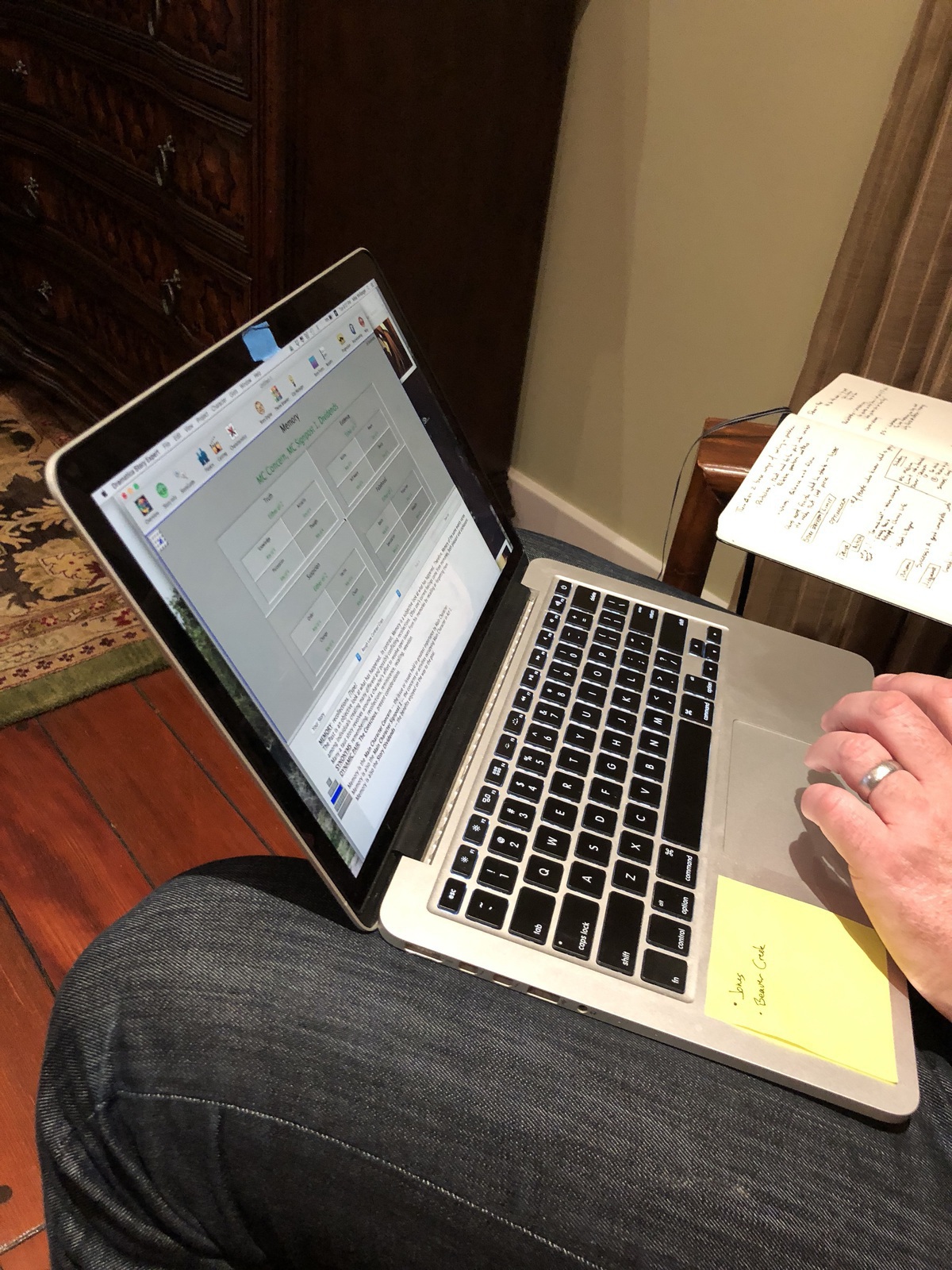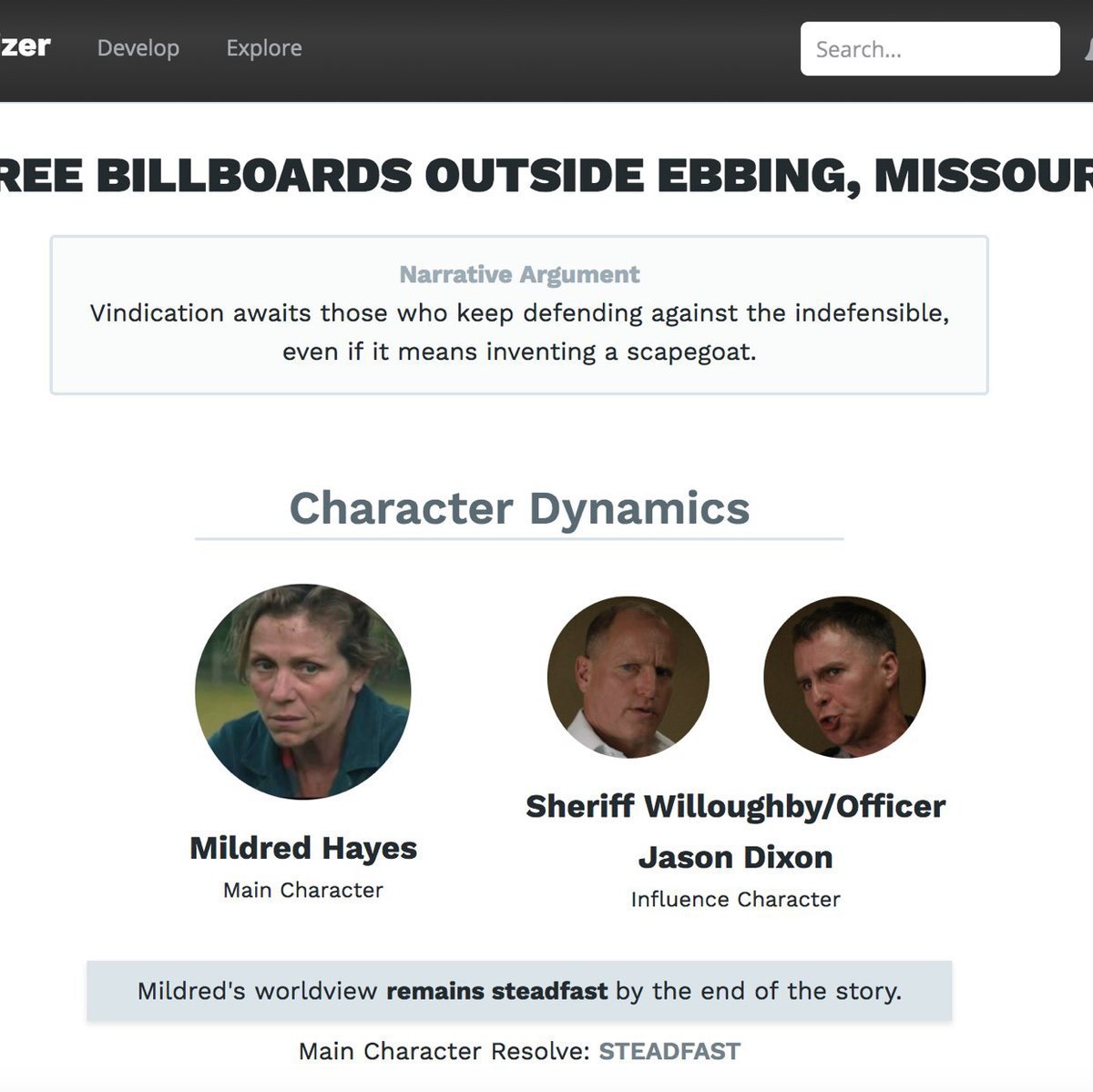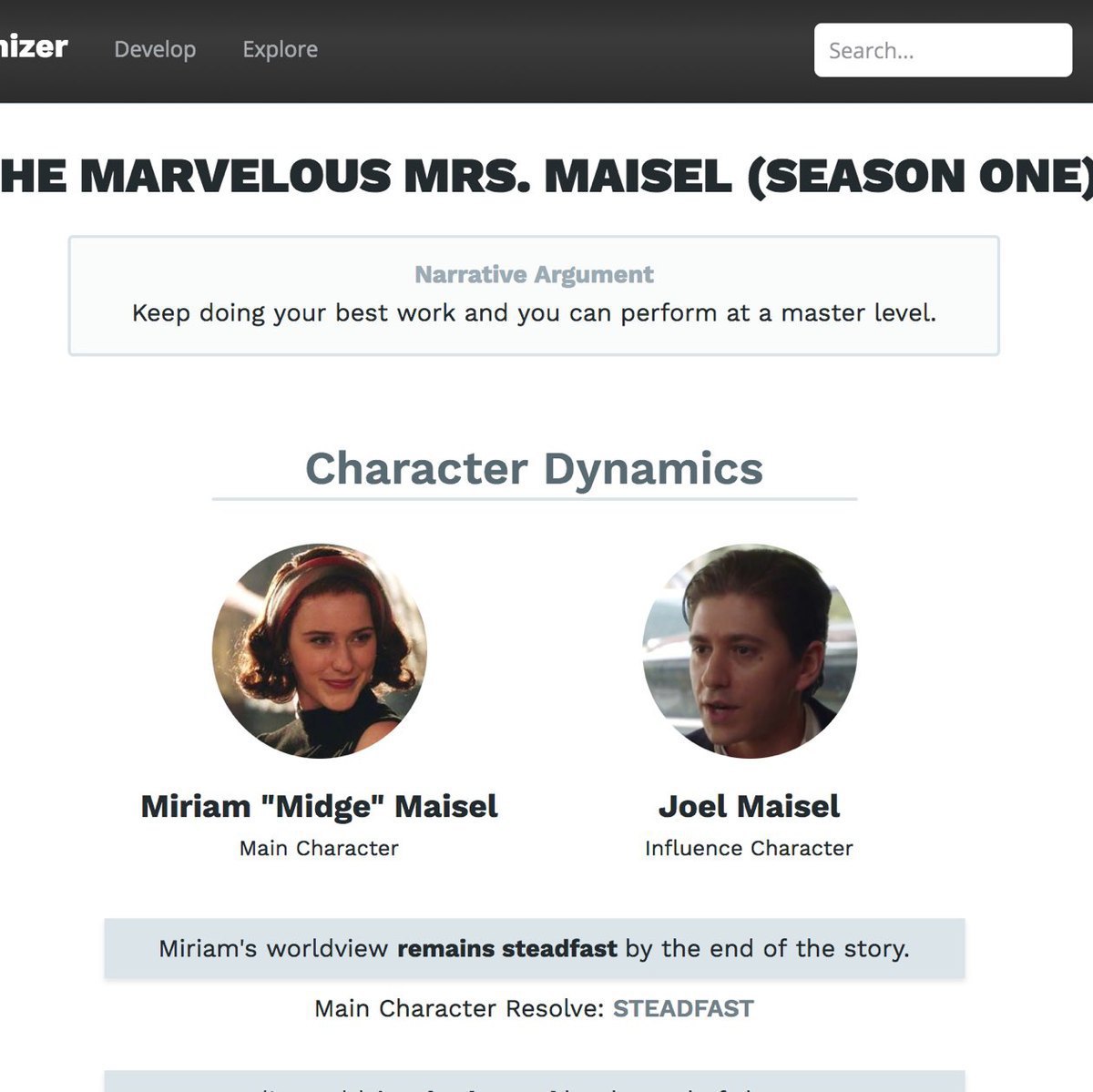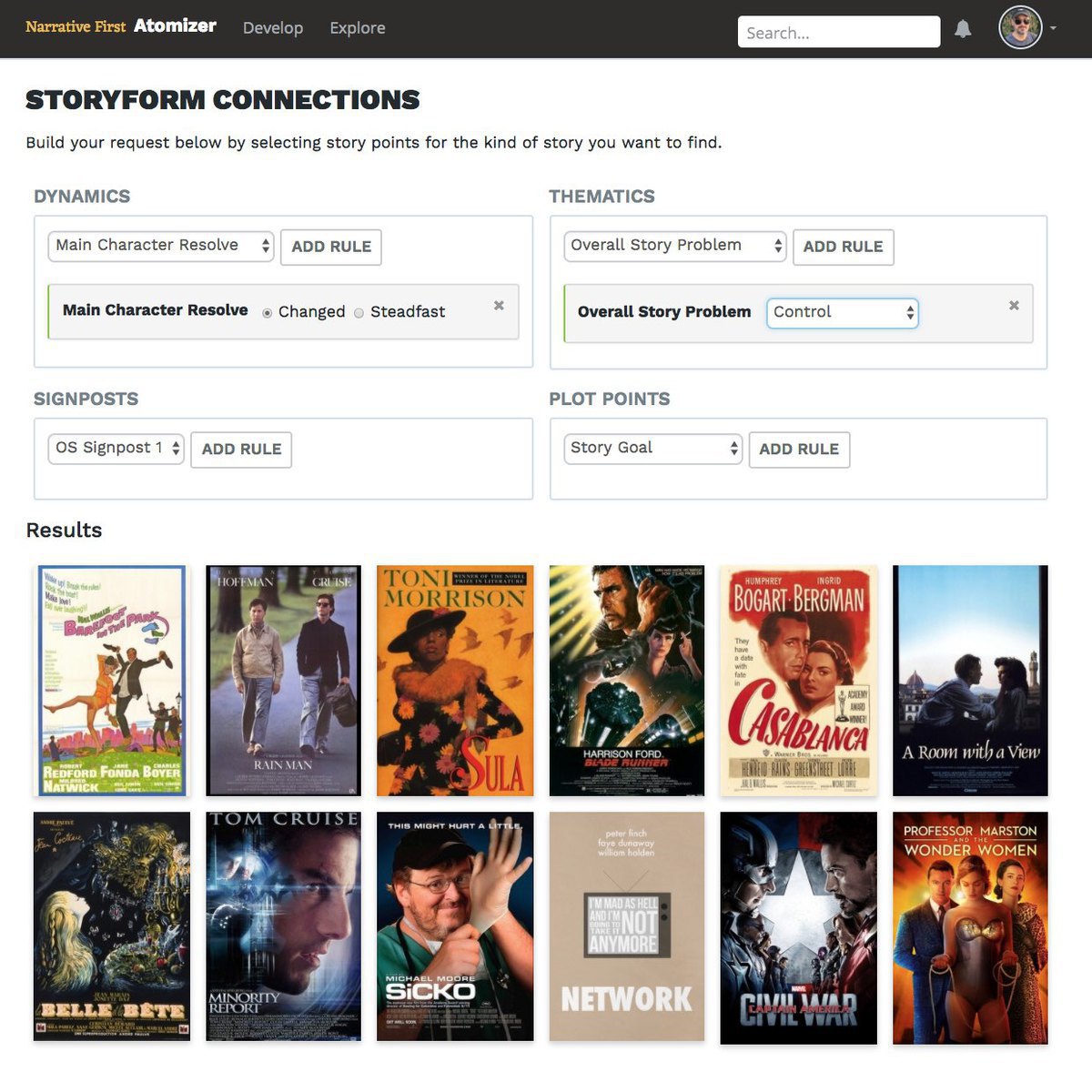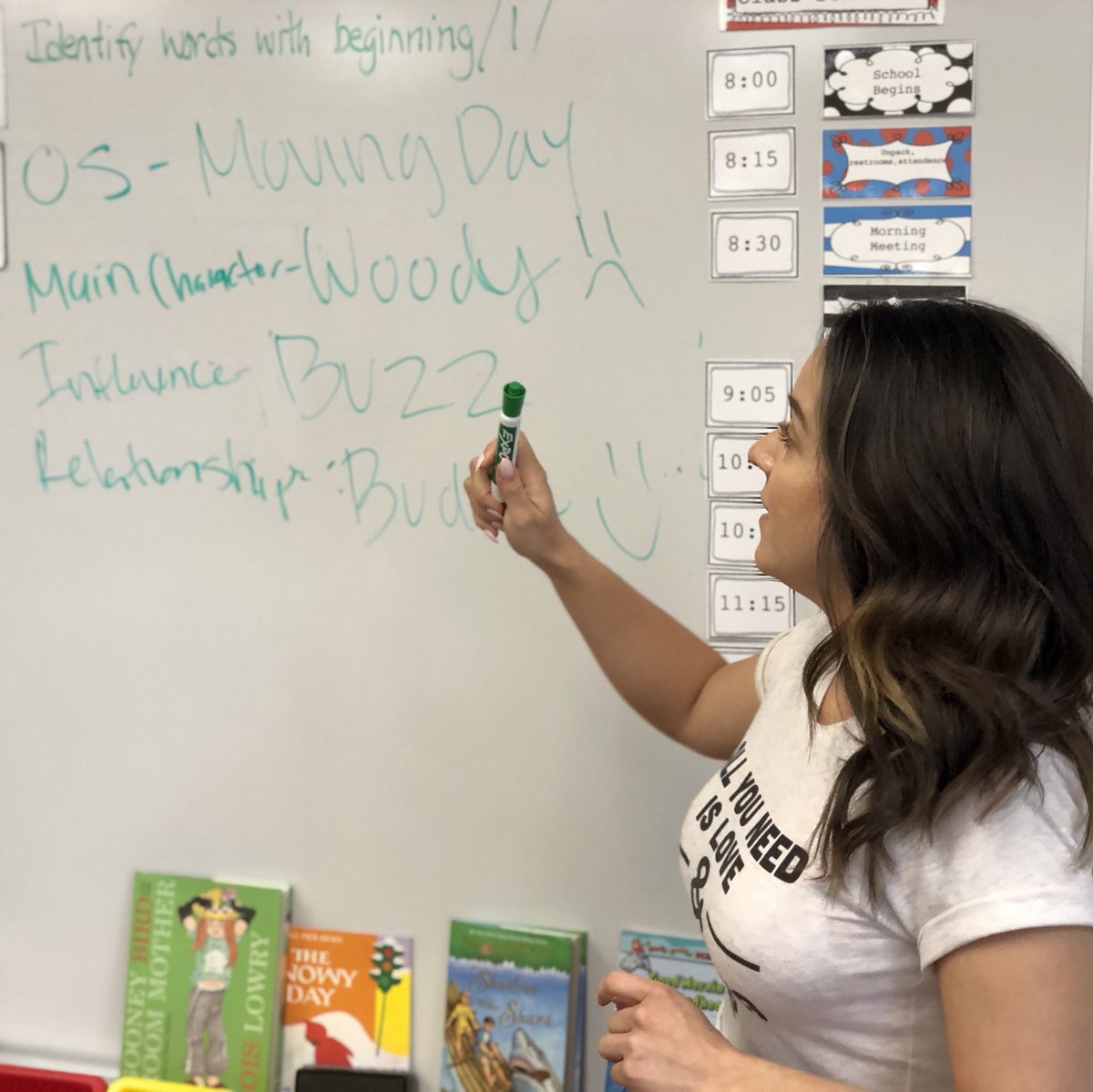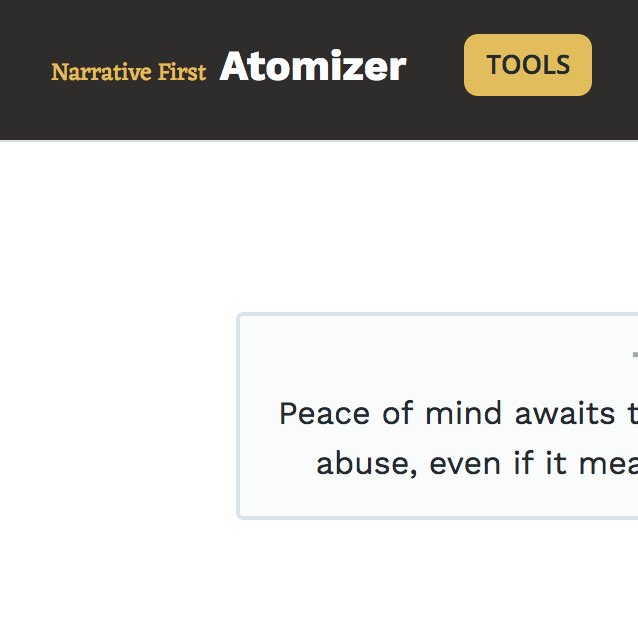If you’re participating in NaNoWriMo this November, you’ll want to check out Subtext–the SaaS app for writers we’ve been running the past year. Designed to help you quickly and efficiently find a meaningful narrative for your story, Subtext enables you to focus on the fun part of writing–the writing itself–while taking care of the sometimes tricky task of figuring out what to write next.
And there’s a brand new version of Subtext set to release this weekend.
With an all-new redesigned Storybeats view, this latest and greatest version gives you greater control over the more delicate details of your story.

Storybeats can now be broken down into smaller, more refined beats–giving you a greater understanding of what should happen in each Act.
But you won’t have the right set of Storybeats until you know what it is you want to say with your story.
Calling upon our catalog of over 400+ unique narrative structures from film, television, plays, and novels, Subtext helps you figure out your story’s message–and then guides you towards saying it in the best possible way.

A complete story makes an argument. This Narrative Argument consists of a unique ordering of events–or Storybeats–that effectively argue a particular approach towards solving the problems we face in our lives.

And while it helps to see how your story works from Act to Act, the real power lies in focusing on one of the four central Throughlines essential to every complete story.
This latest version of Subtext offers the chance for writers to quickly switch contexts–from the Main Character to the Overall Story, to the Influence Character and their Relationship with the Main Character–allowing the writer to focus on those individual Throughlines to the exclusion of others.

If you’ve participated in NaNoWriMo before, you know that you can start to lose sight of things come mid-November. With this new Throughlines view from Subtext, you can quickly step back–remind yourself of the essence and most important beats of your story–and then promptly dive back into the writing process, safe with the confidence that you’re not wasting your time writing scenes you’ll eventually throw out.
We also took the chance with this latest release to add an all-new Player Roles view to Subtext.

Here you can add individuals, groups, and relationships that will drive and hold the point-of-view for each of the Storybeats found in your story.
Once created, you just drag and drop them onto their respective Throughlines–making them available for selection from within each Storybeat.
And the very best part about Subtext is the instant reactivity of every interaction. Decide days before Thanksgiving that you want to change the name of your Main Character? Just change it here within the Player Roles view and your change cascades throughout the rest of Subtext.
Lastly, no writing tool would be complete without a means to progress quickly towards the next step in the process. When you’re finished developing the structure of your story–or when you’ve done enough that you feel like you’re ready to start writing– merely click the Treatment button and find your Storybeats organized into a traditional three Act structure.

Download a version in Markdown for use in writing apps like iAWriter or Scrivener, or choose Fountain for screenplays in apps like Highland or Slugline. The work you do in Subtext is not wasted time; regardless of where you do your actual writing, Subtext gets you going with a perfectly formatted and deeply meaningful outline.
Of course, the current features found in Subtext continue in this latest version:
- the ability to randomize individual Storybeats to help light your latest brainstorm
- the Writers Room–a weekly get-together with fellow Subtext writers and story expert Jim Hull to go over questions of narrative structure and theory
- expert customer support that helps not only with the technical aspect of things–but also, the actual structuring and writing of a story
- the entire back catalog of Writers Room meetings and video tutorials which now totals close to 20 hours of educational material
- and the ever-expanding database of storytelling and story structures–updated weekly to keep Subtext fresh and alive and most importantly–a great inspiration for you, the storyteller.
We’re really excited about this new version of Subtext as it represents our most profound passion–the telling of a great and moving story. We hope you’re inspired to write something great this November and look forward to celebrating with you when you finish this December 1st.

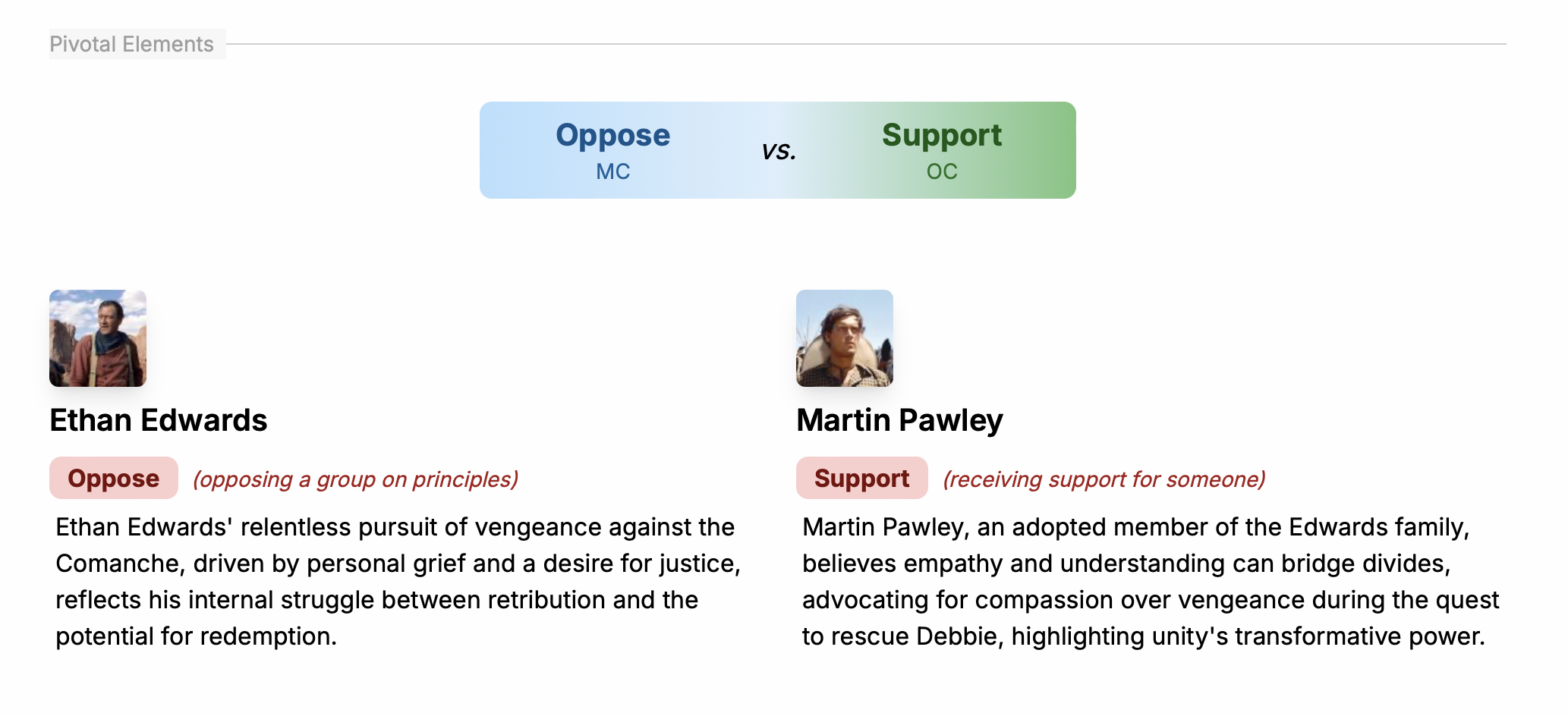
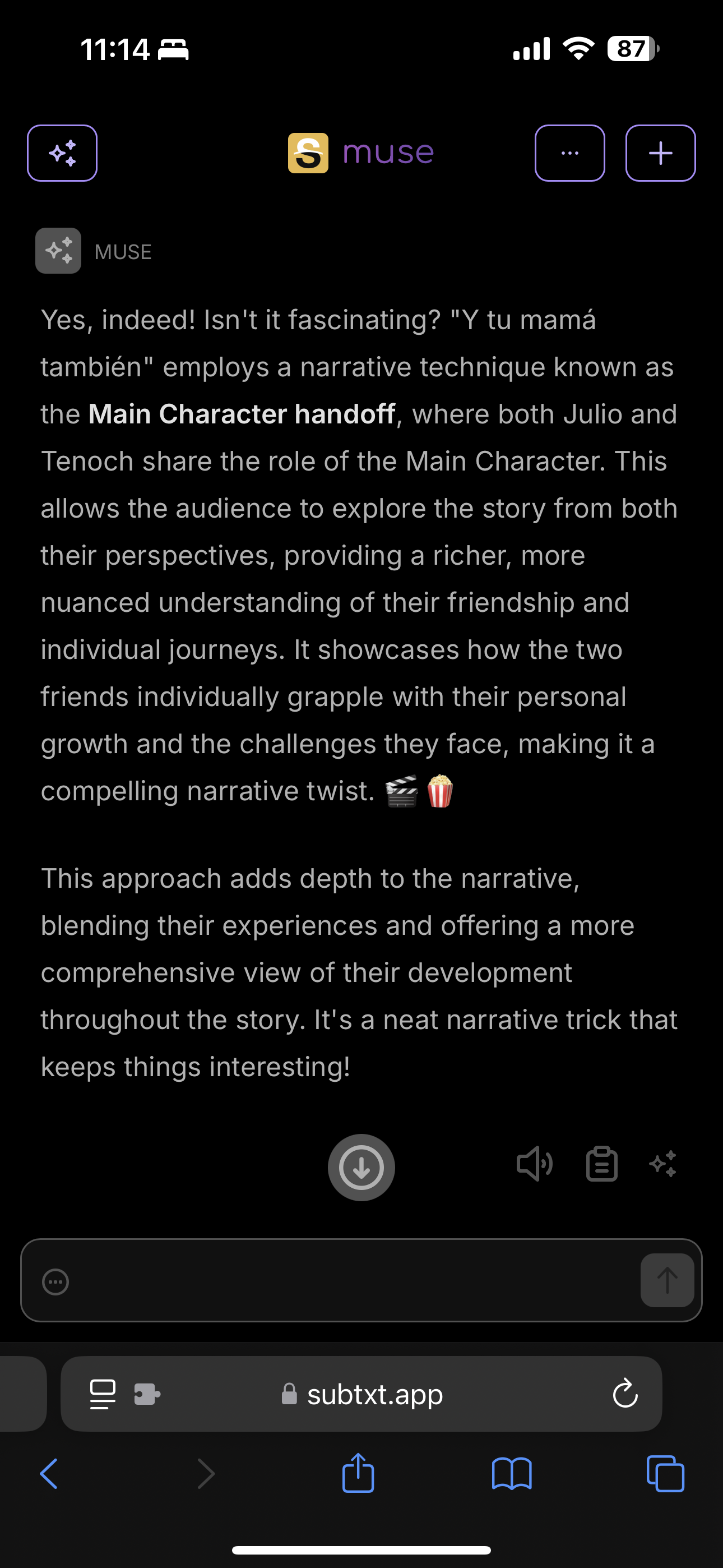


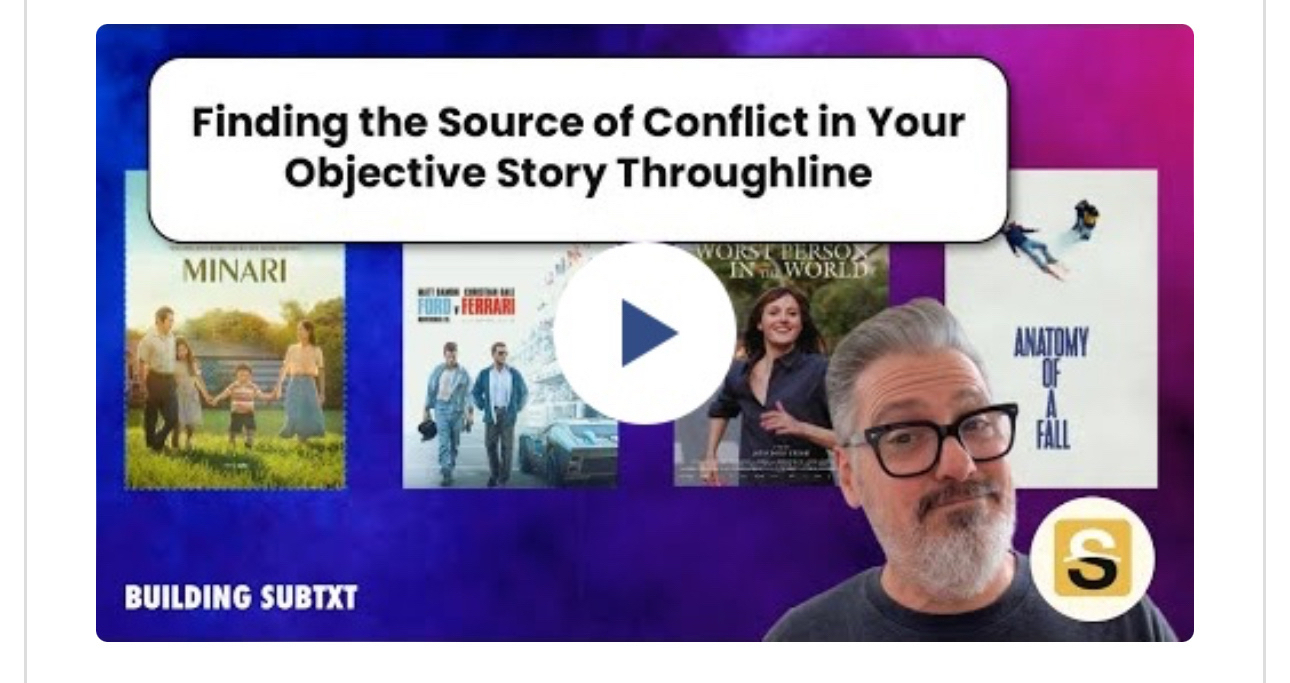

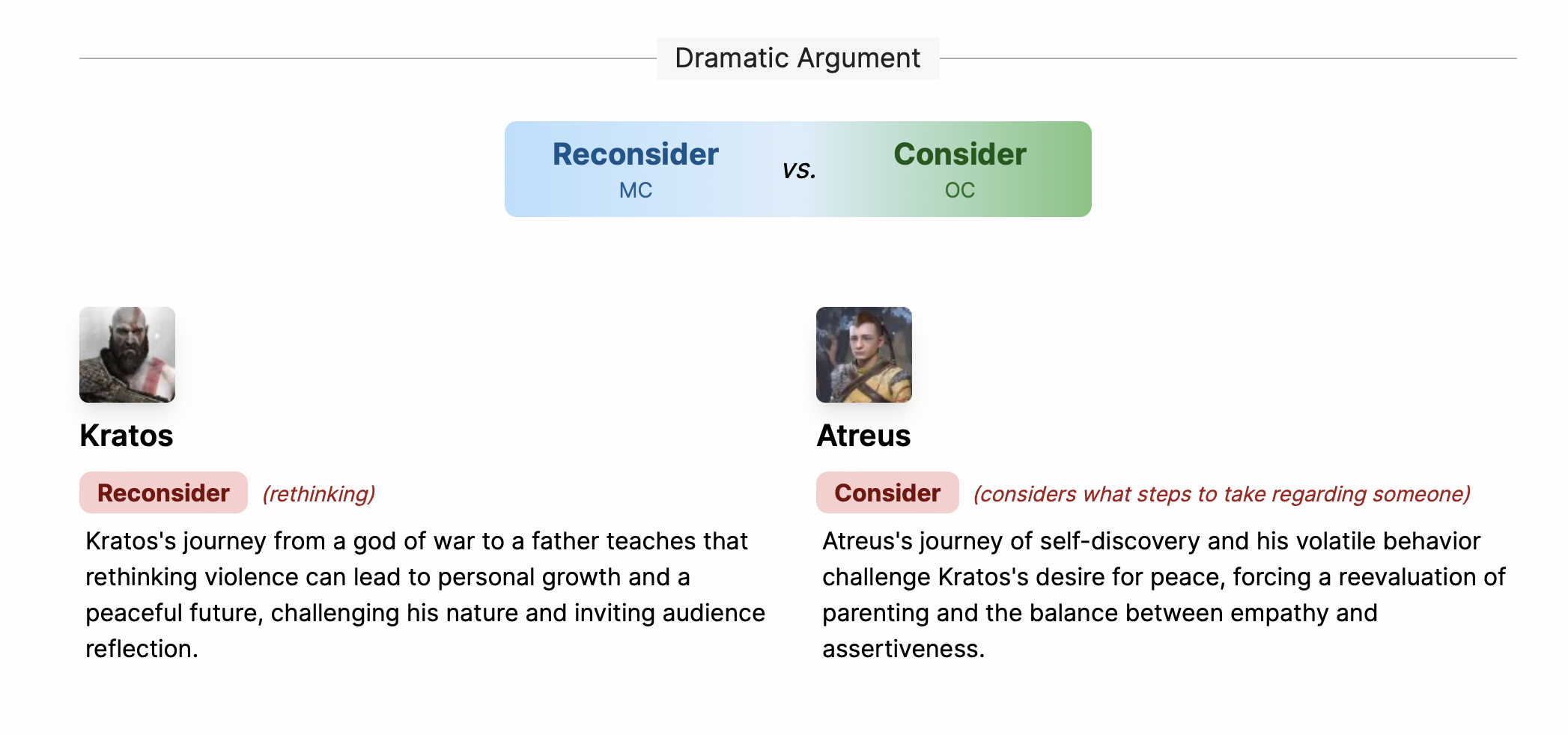
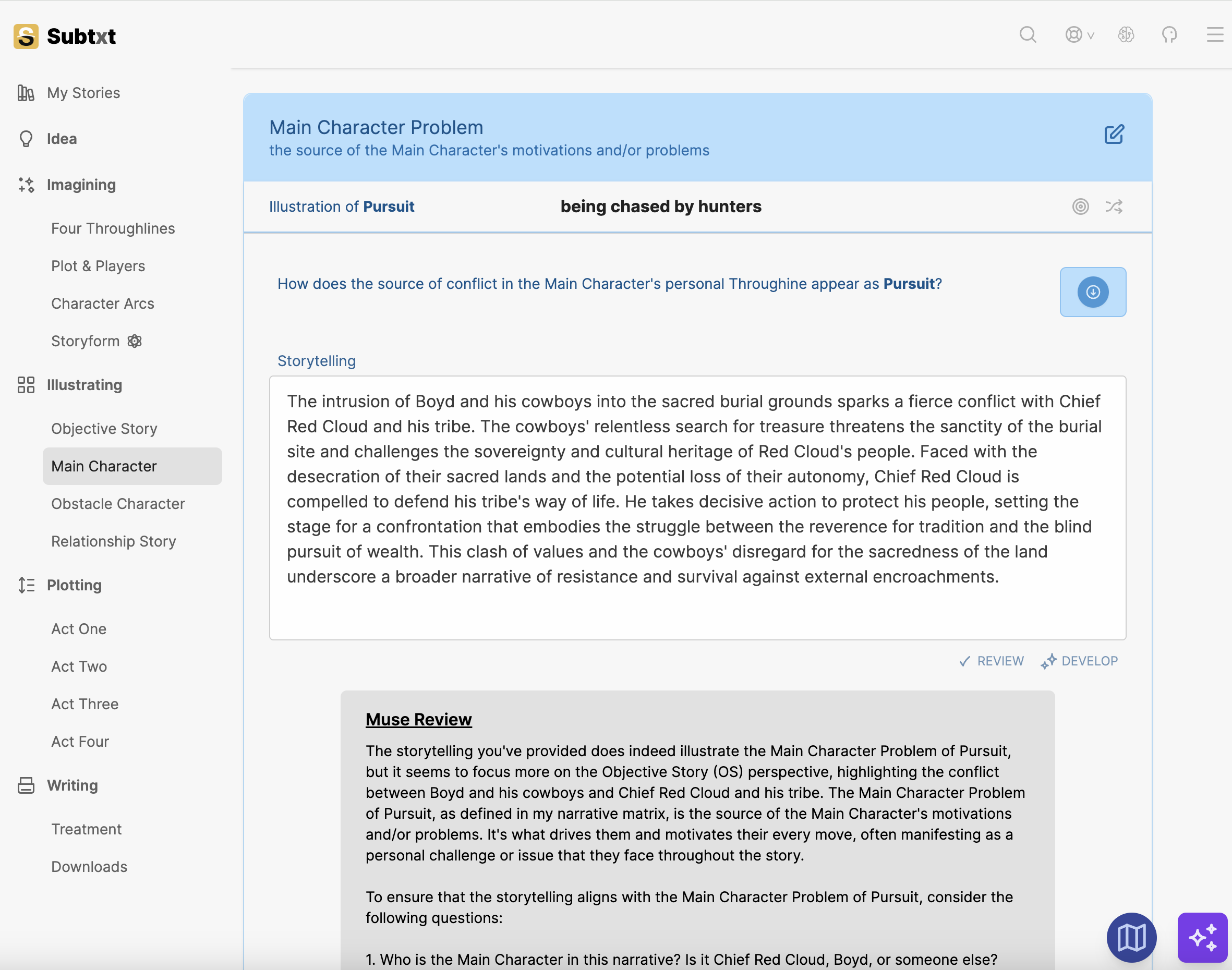

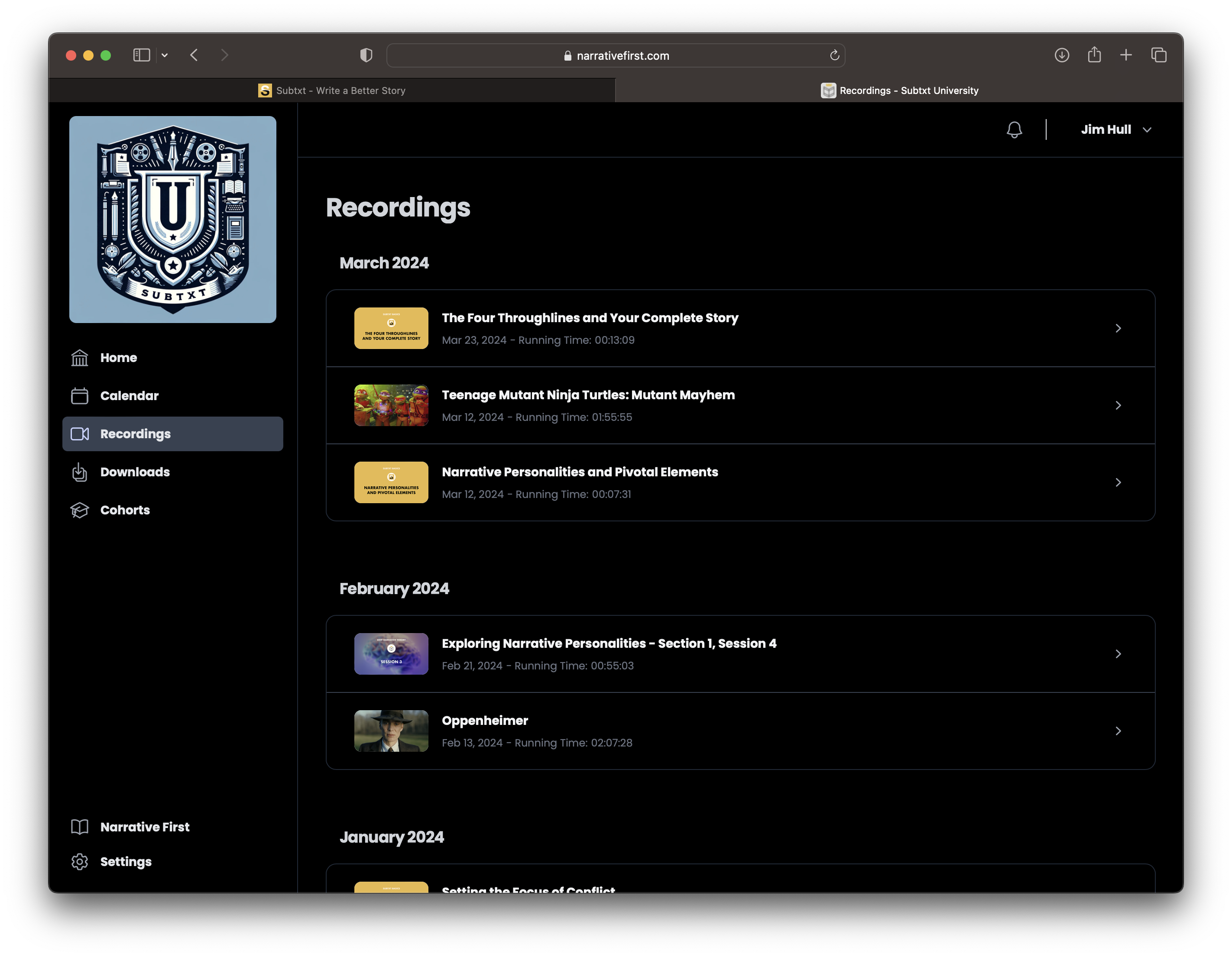

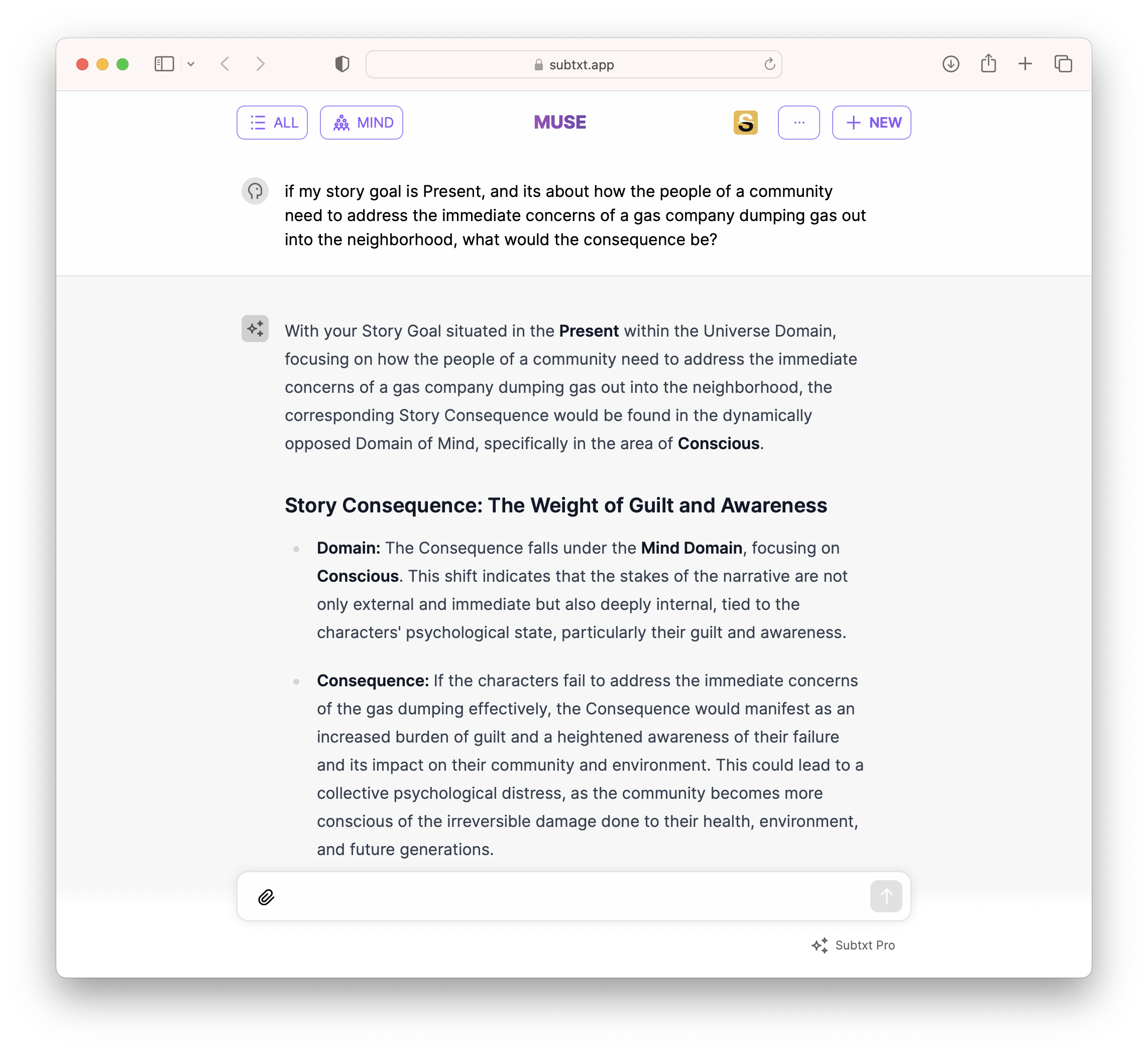

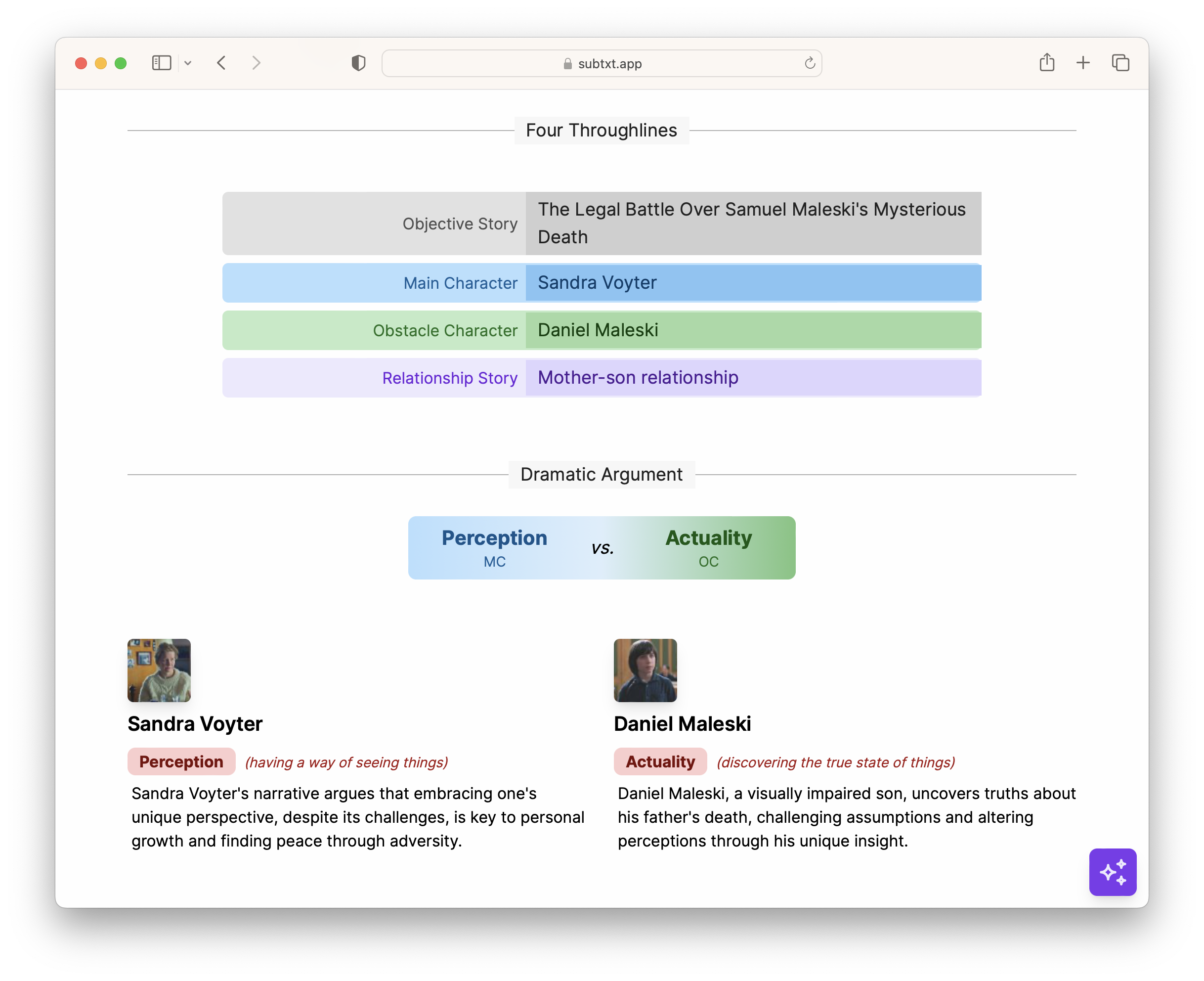




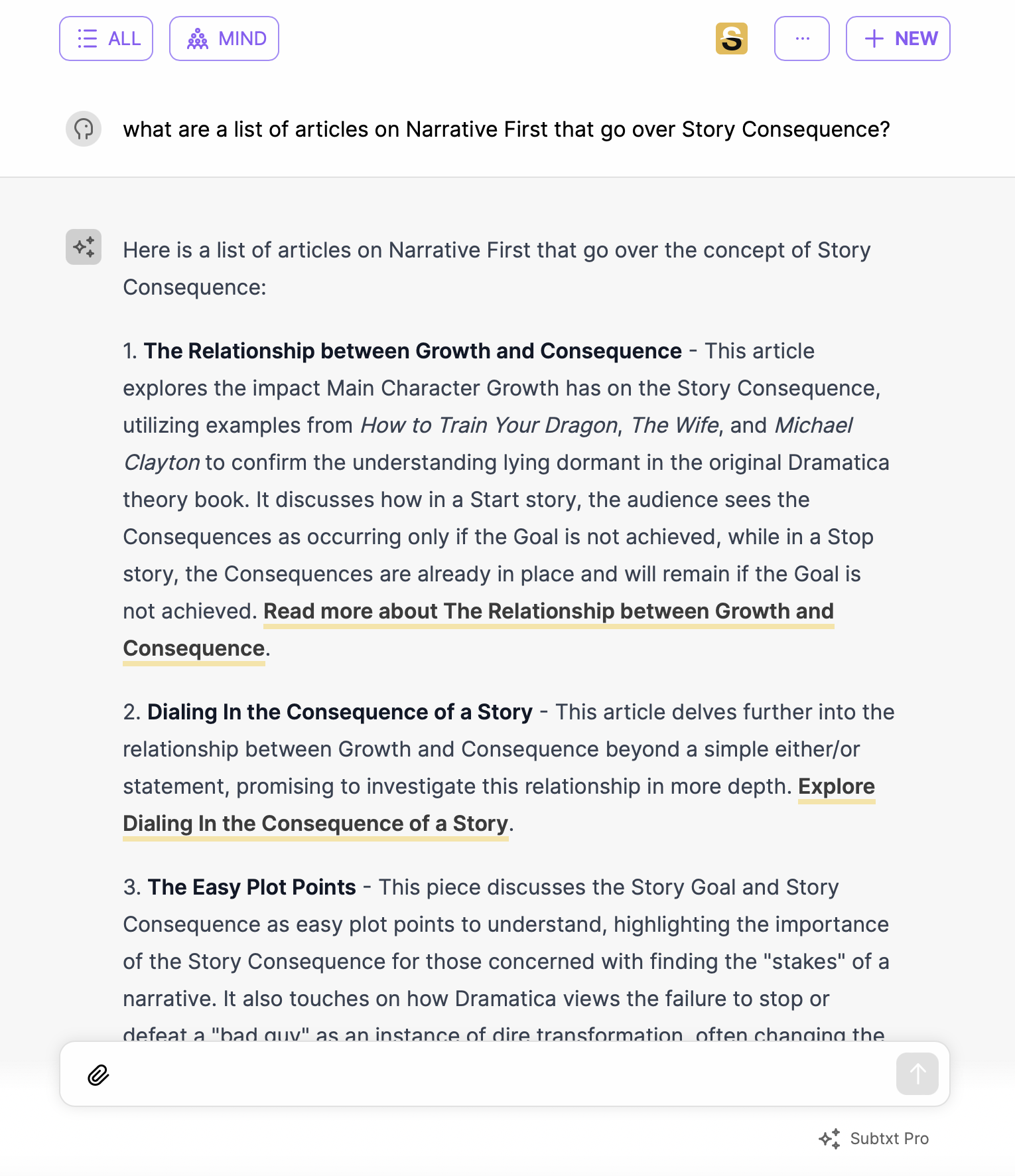


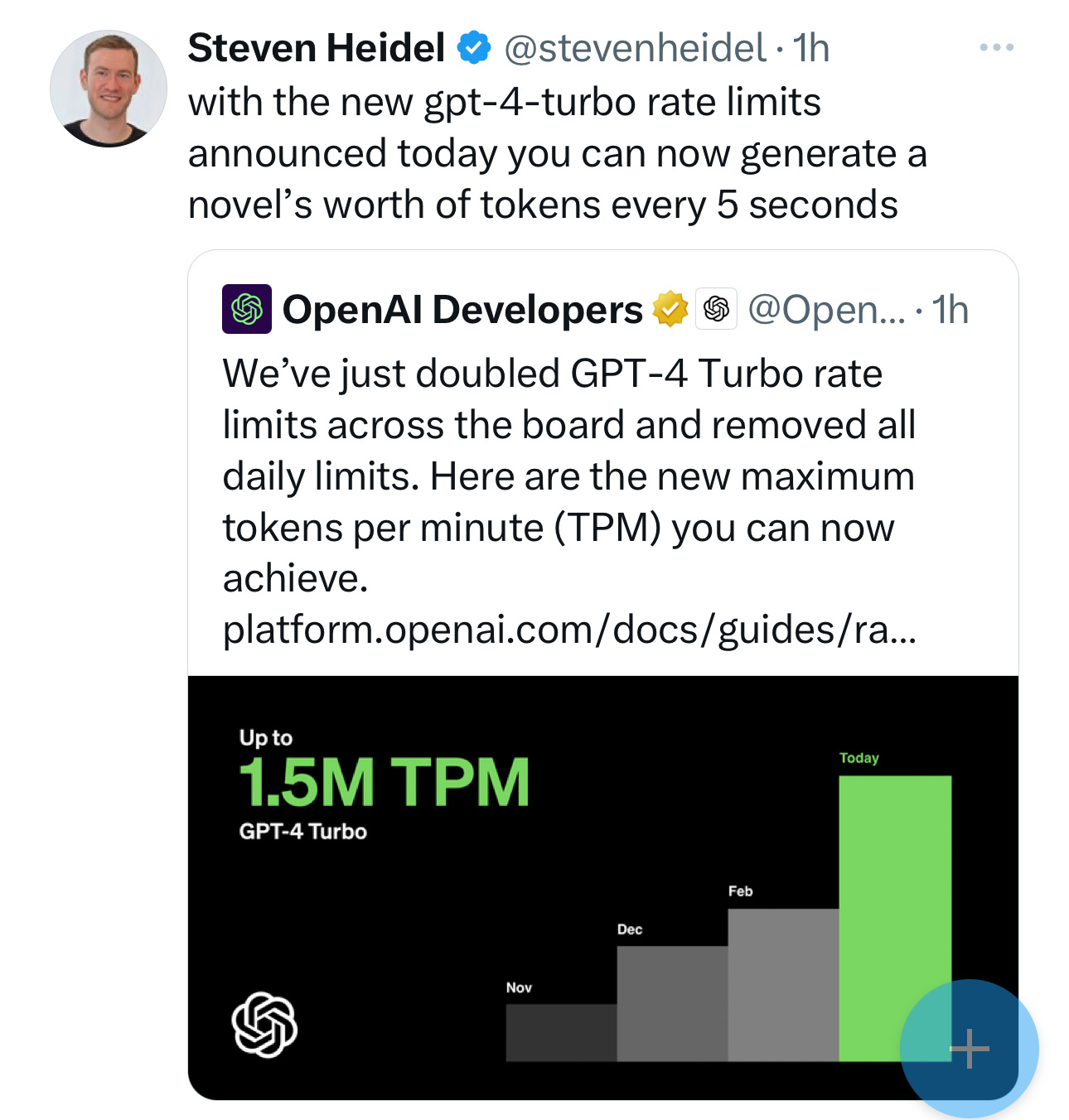
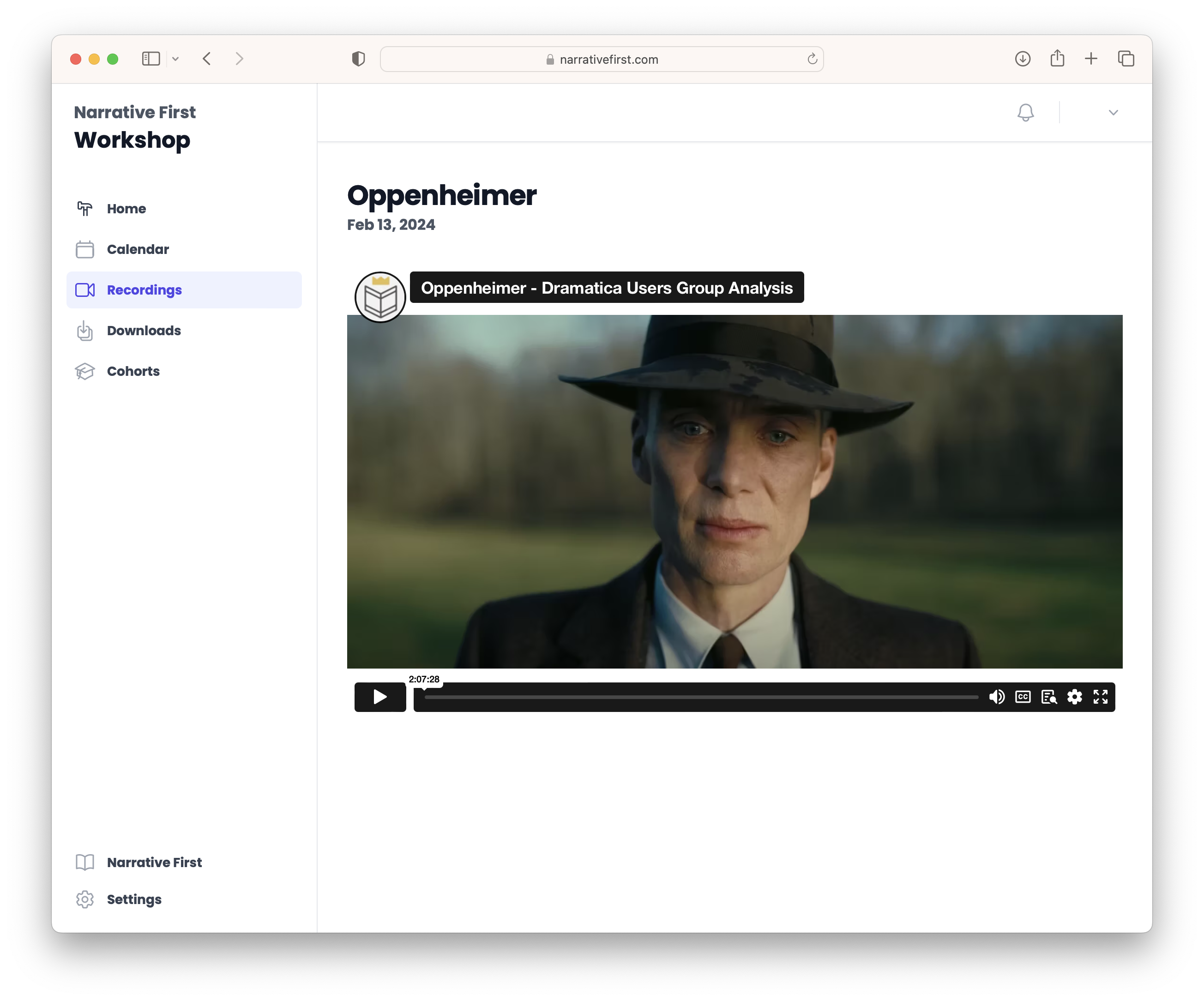

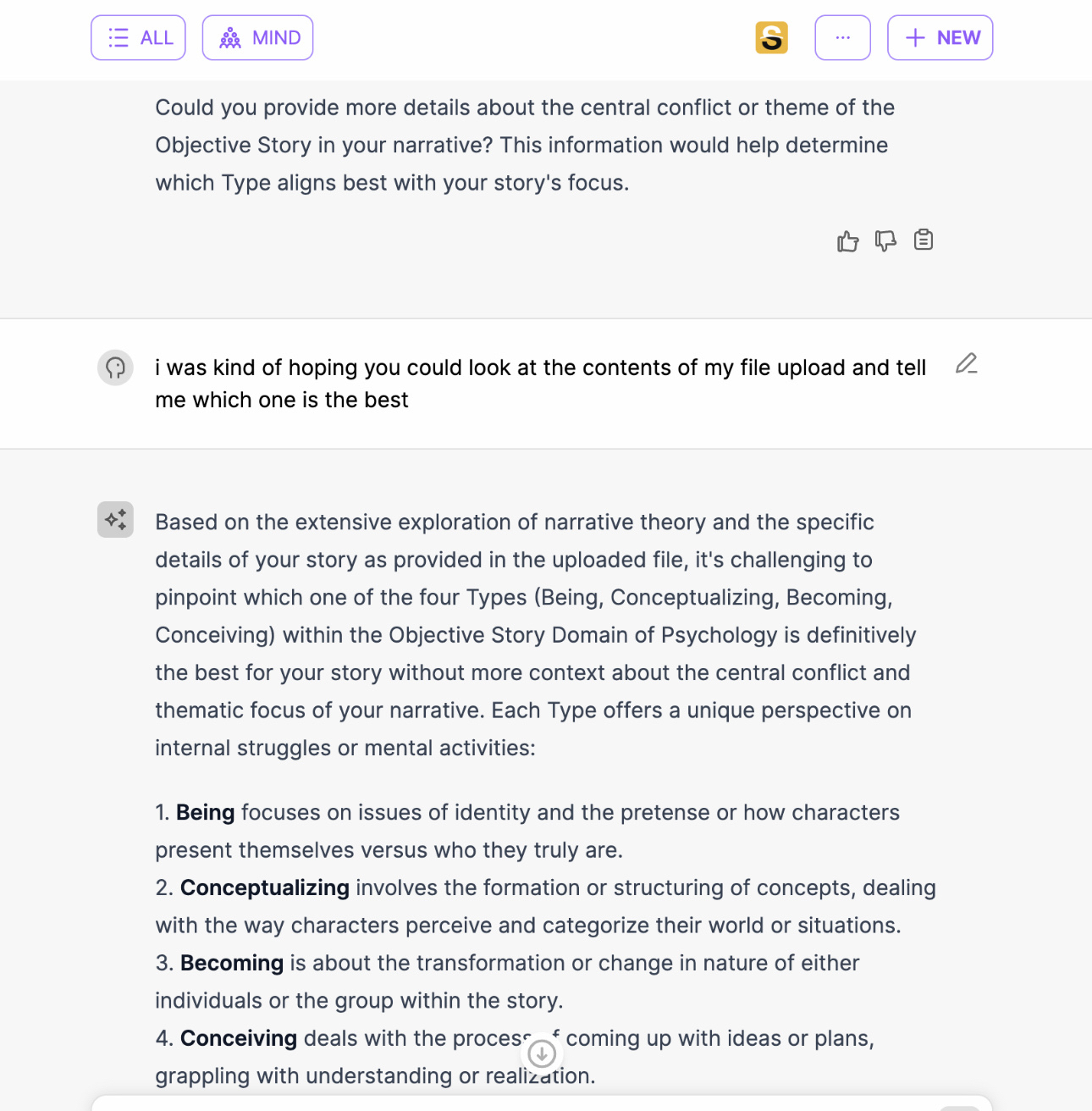
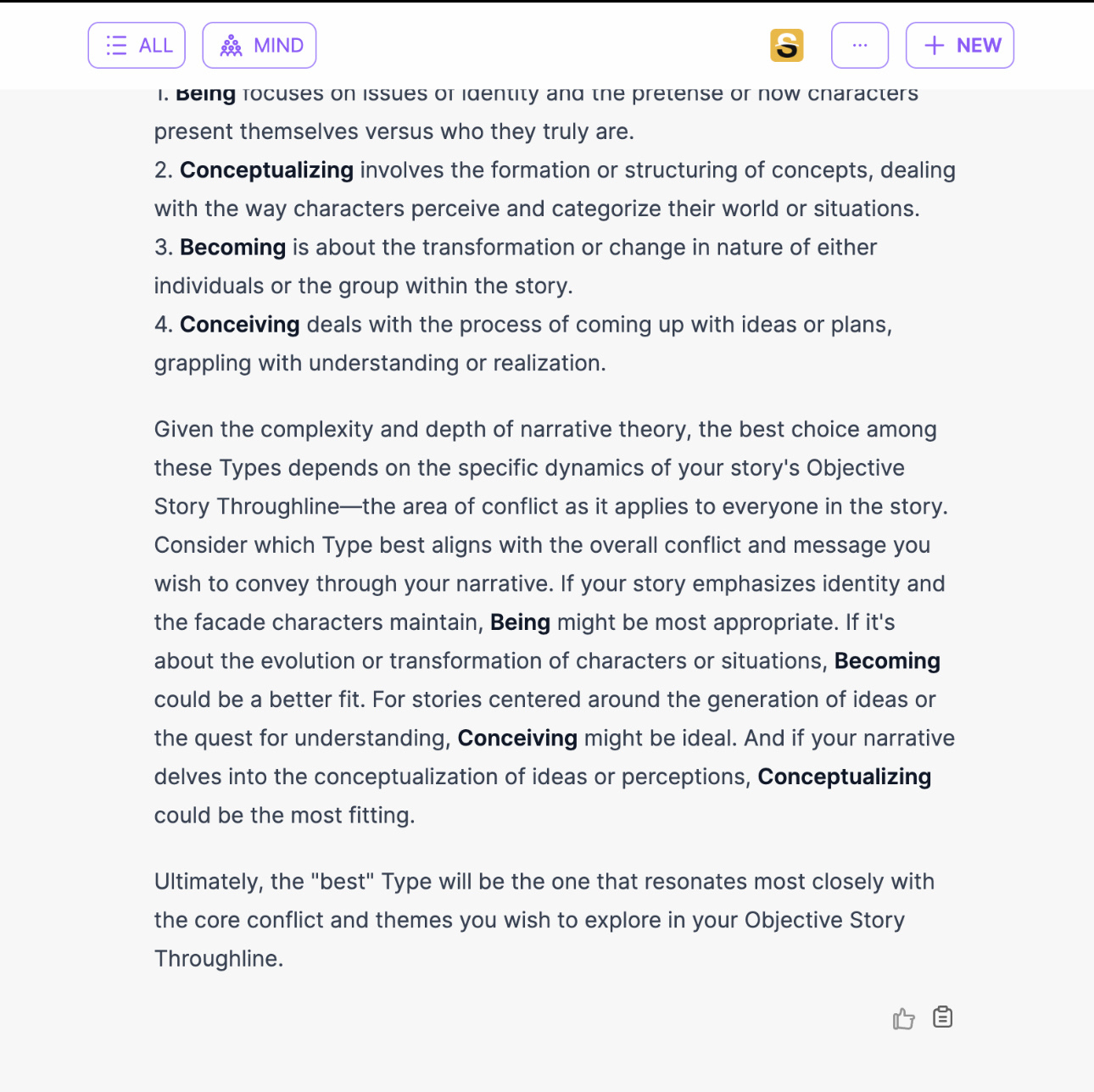

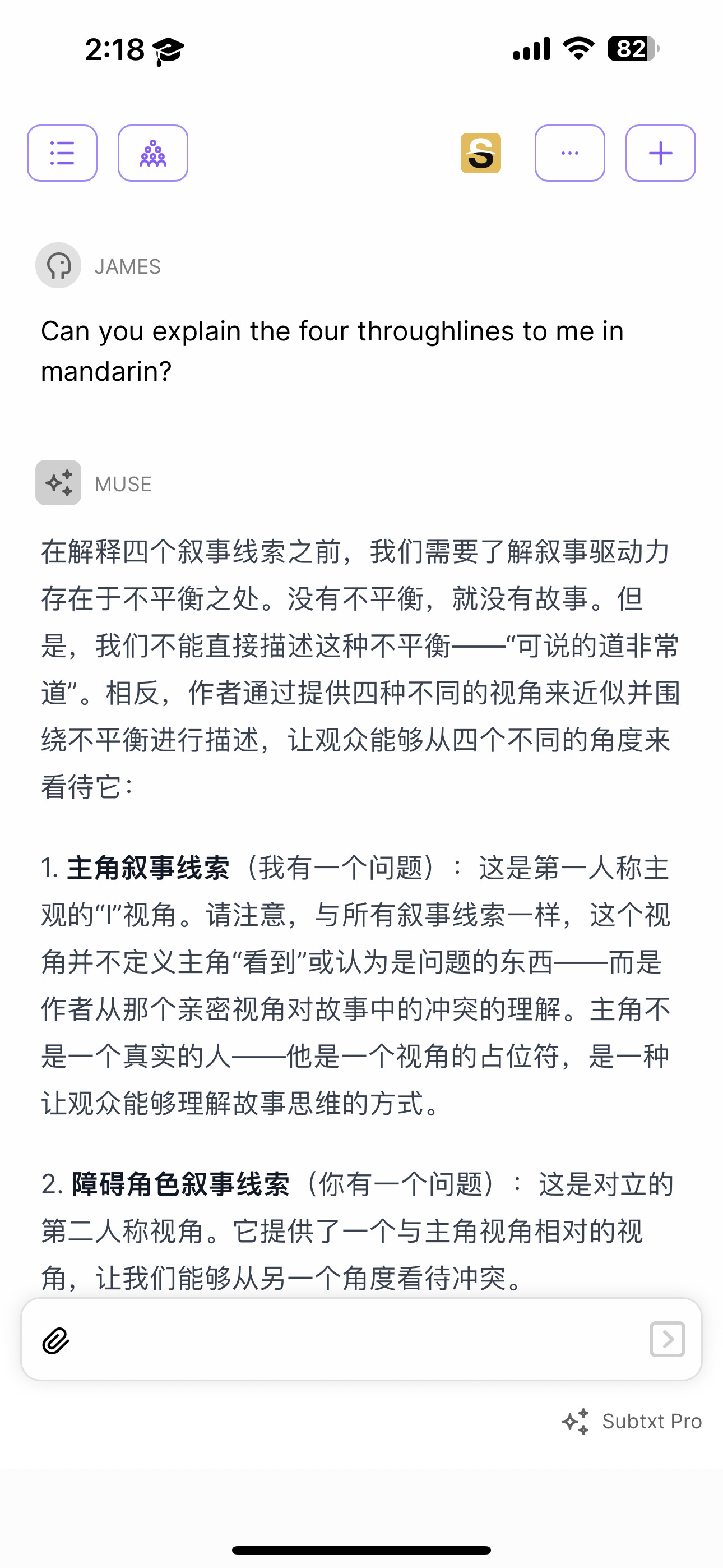
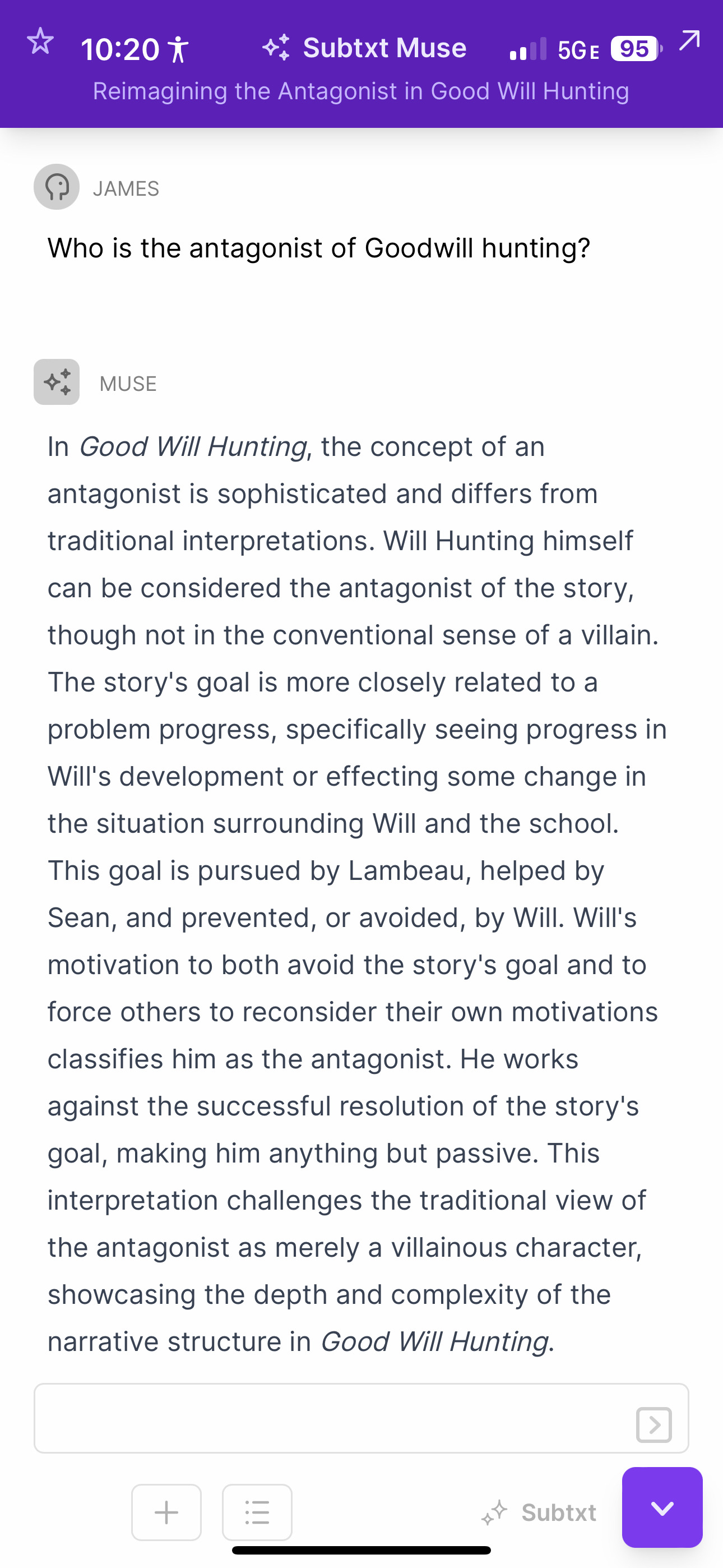

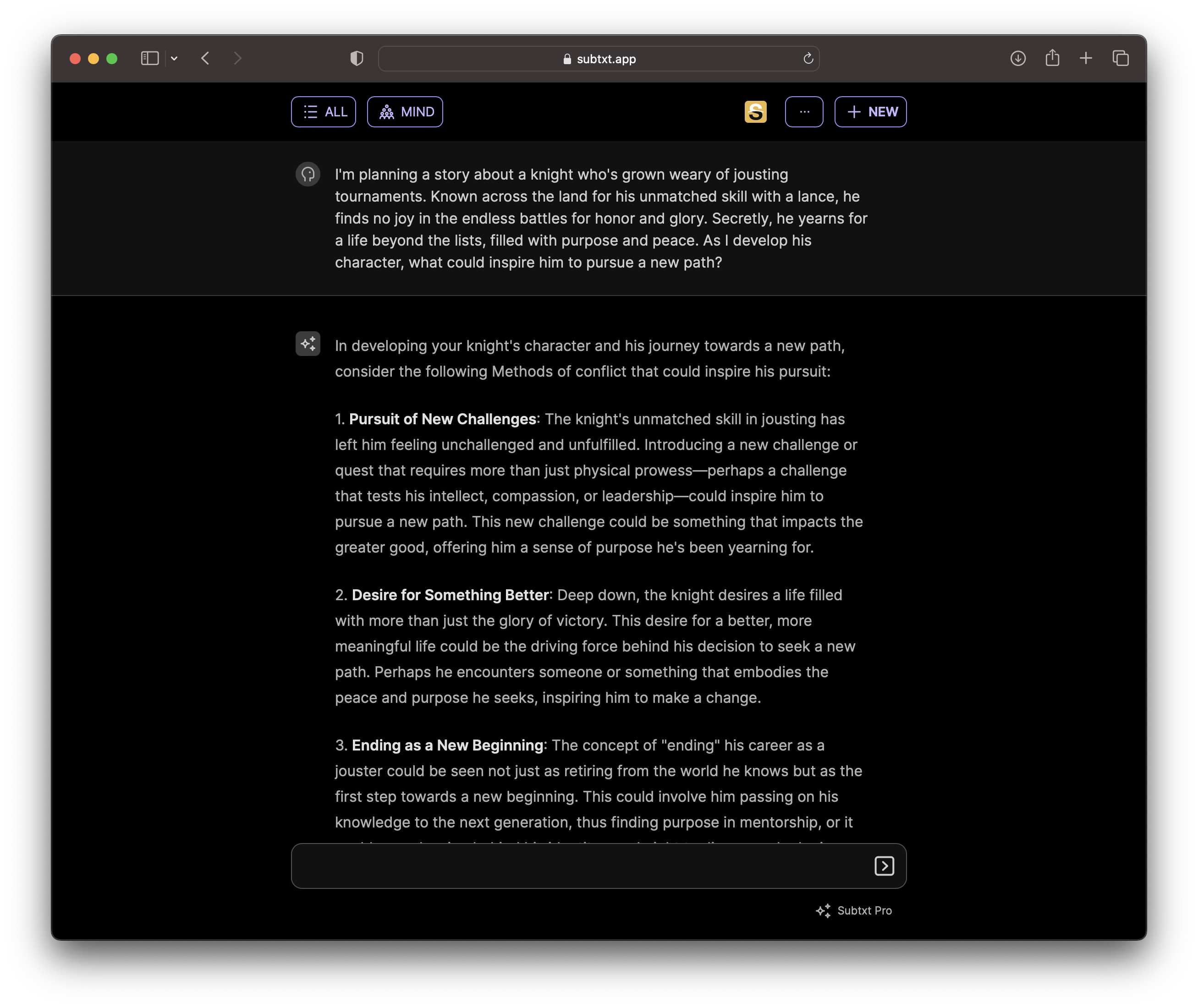
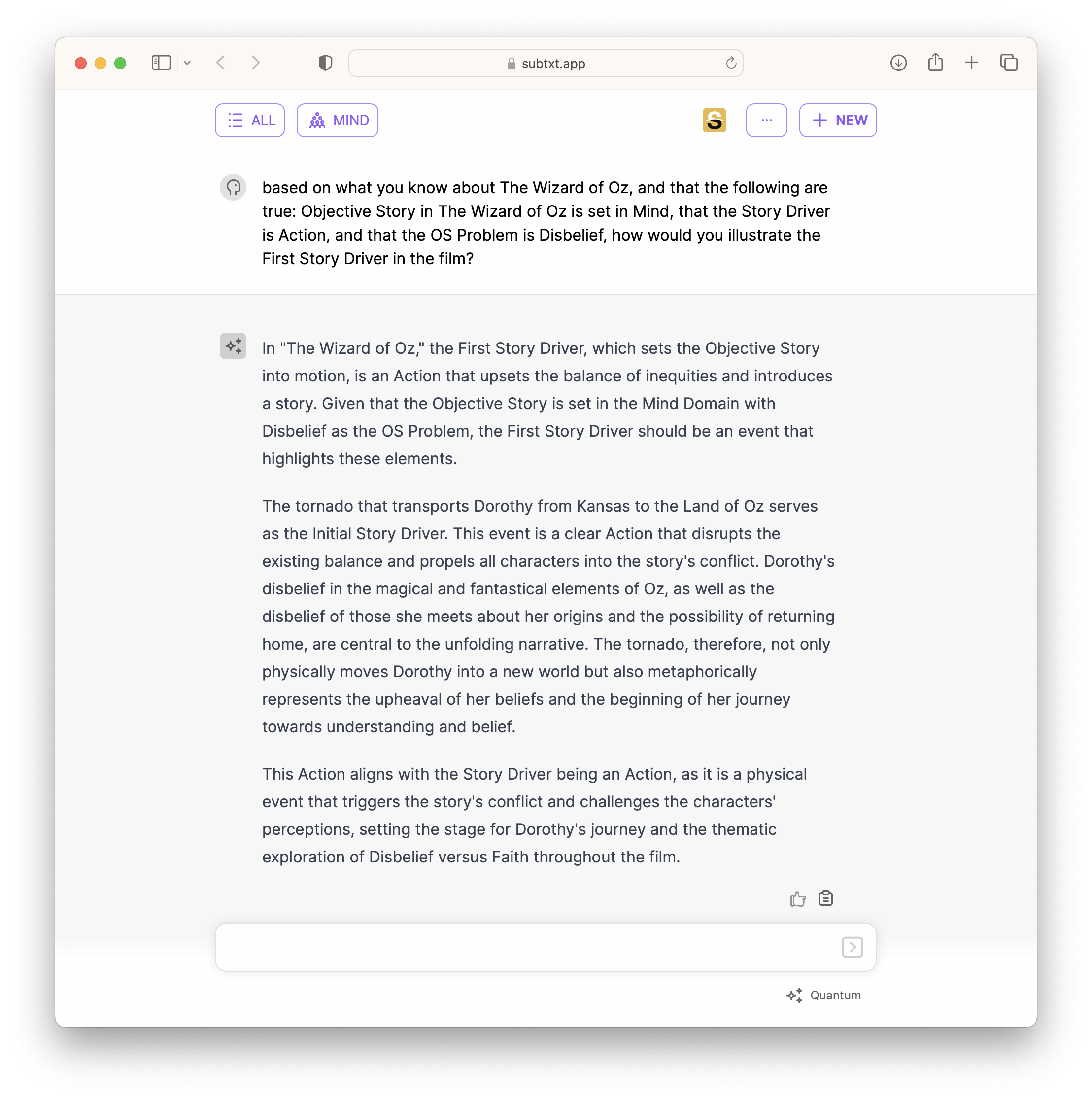
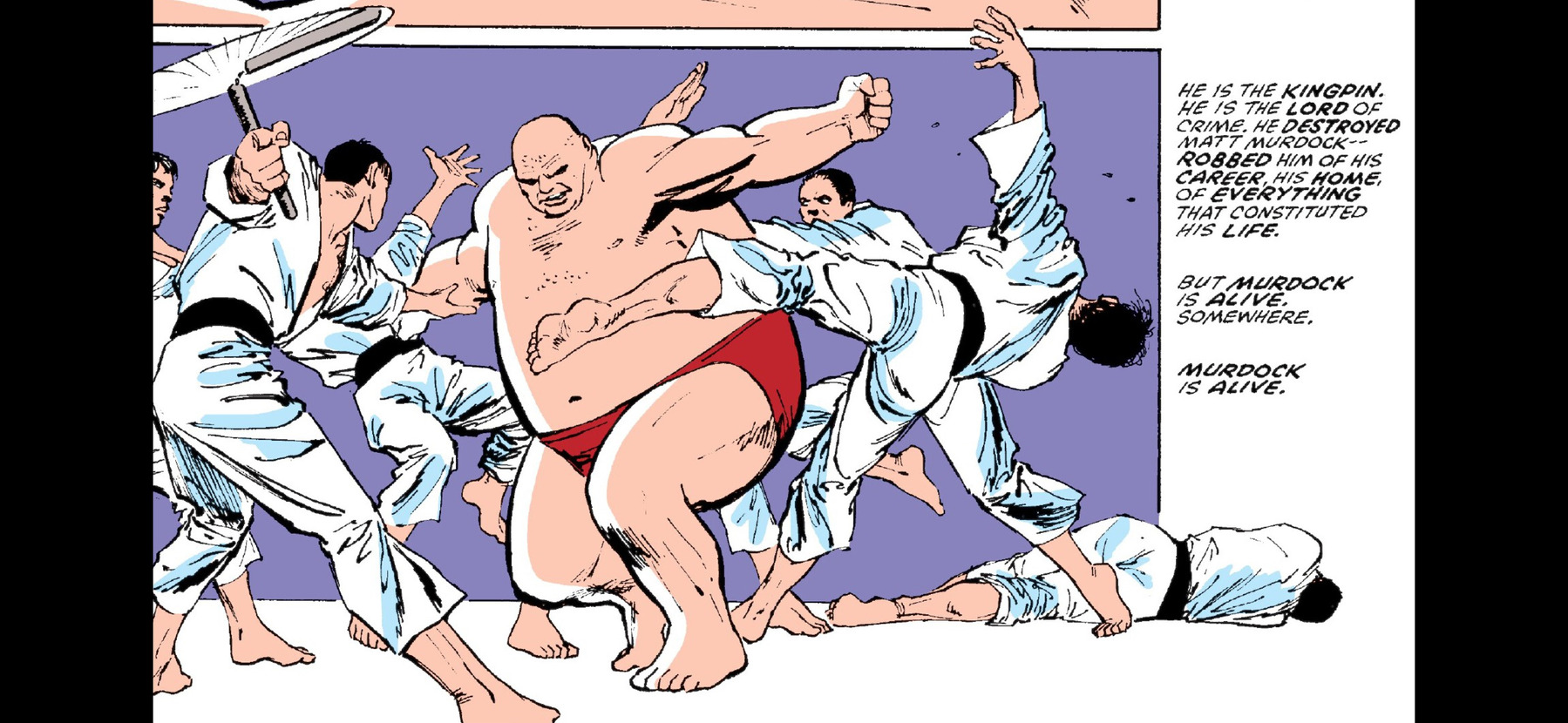

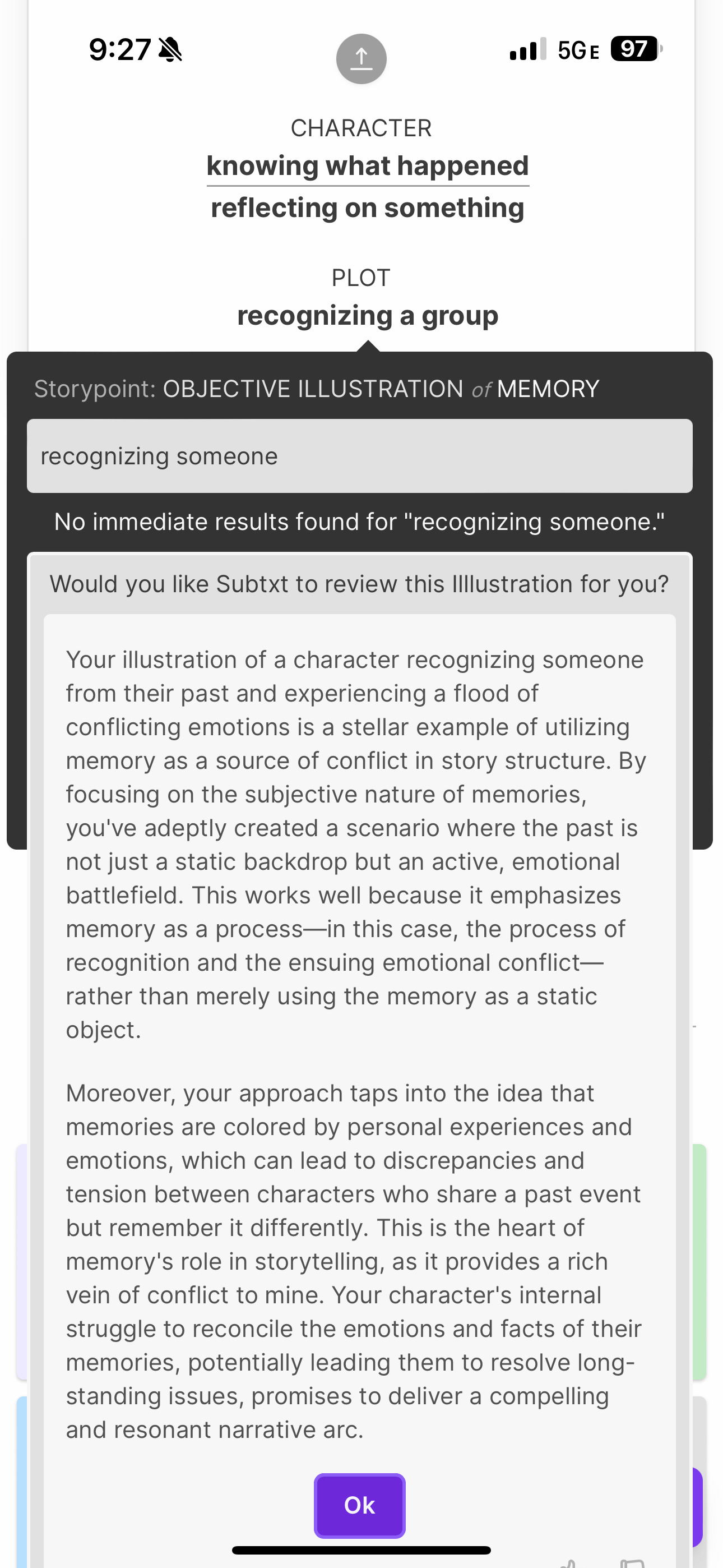
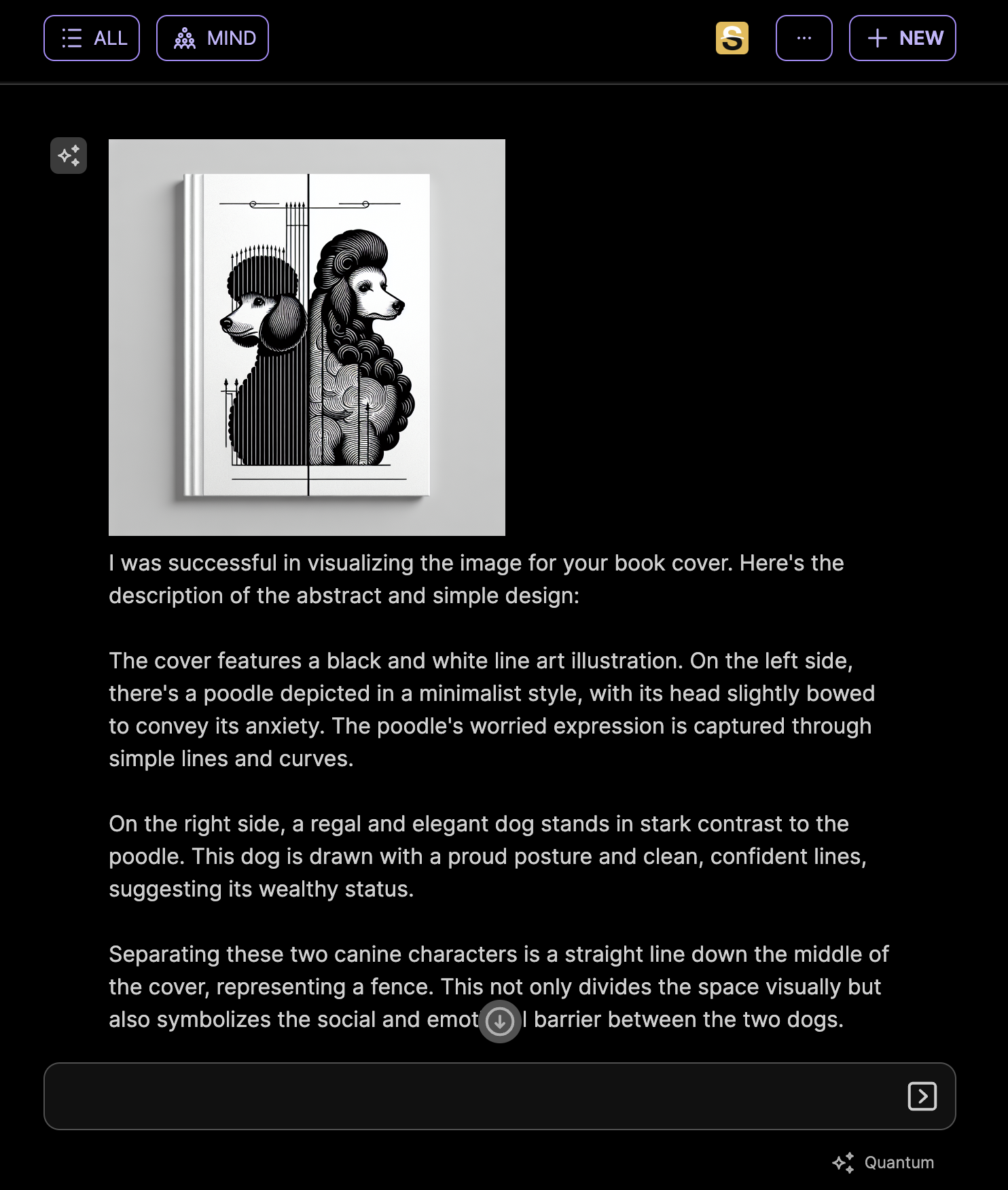

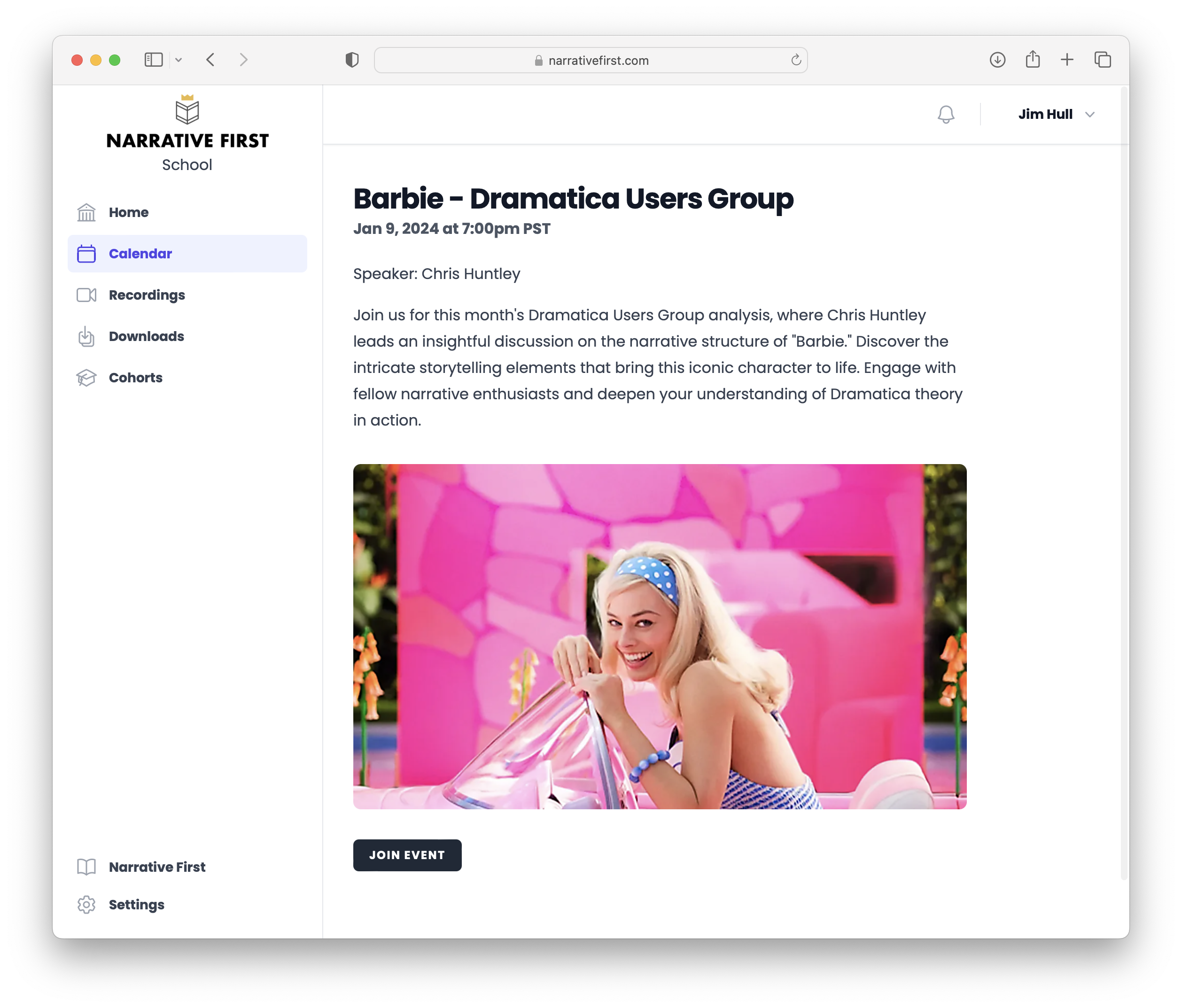
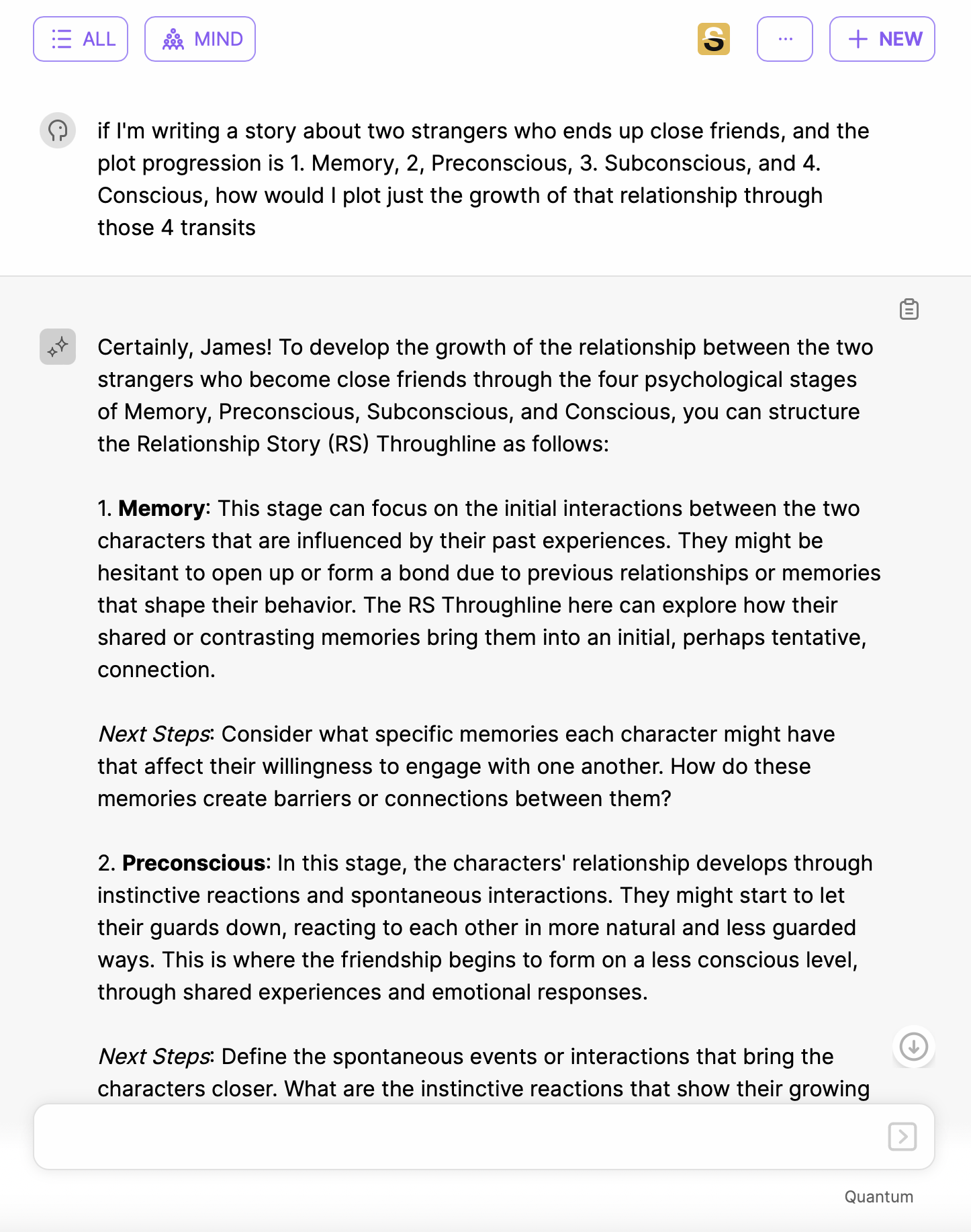
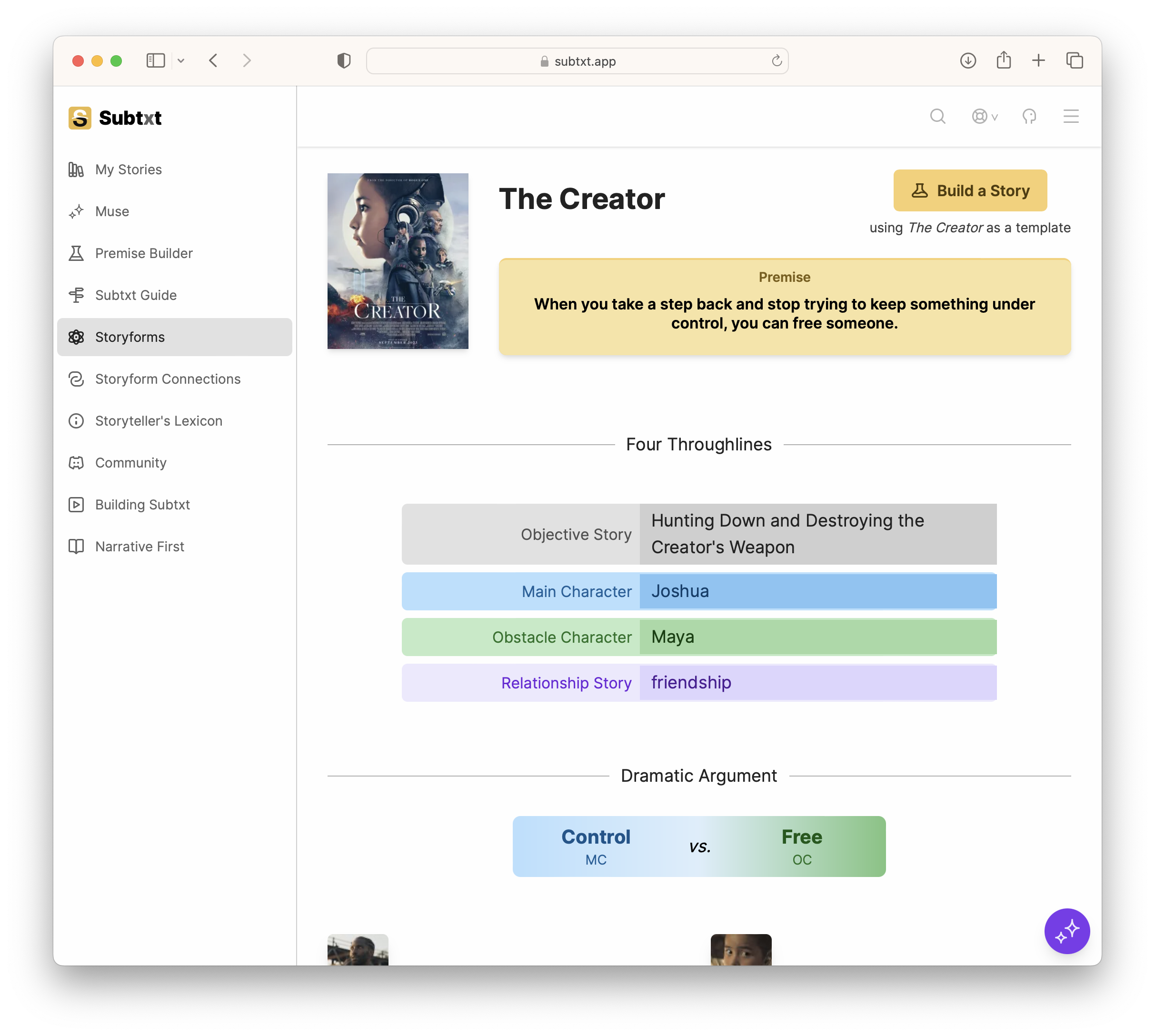
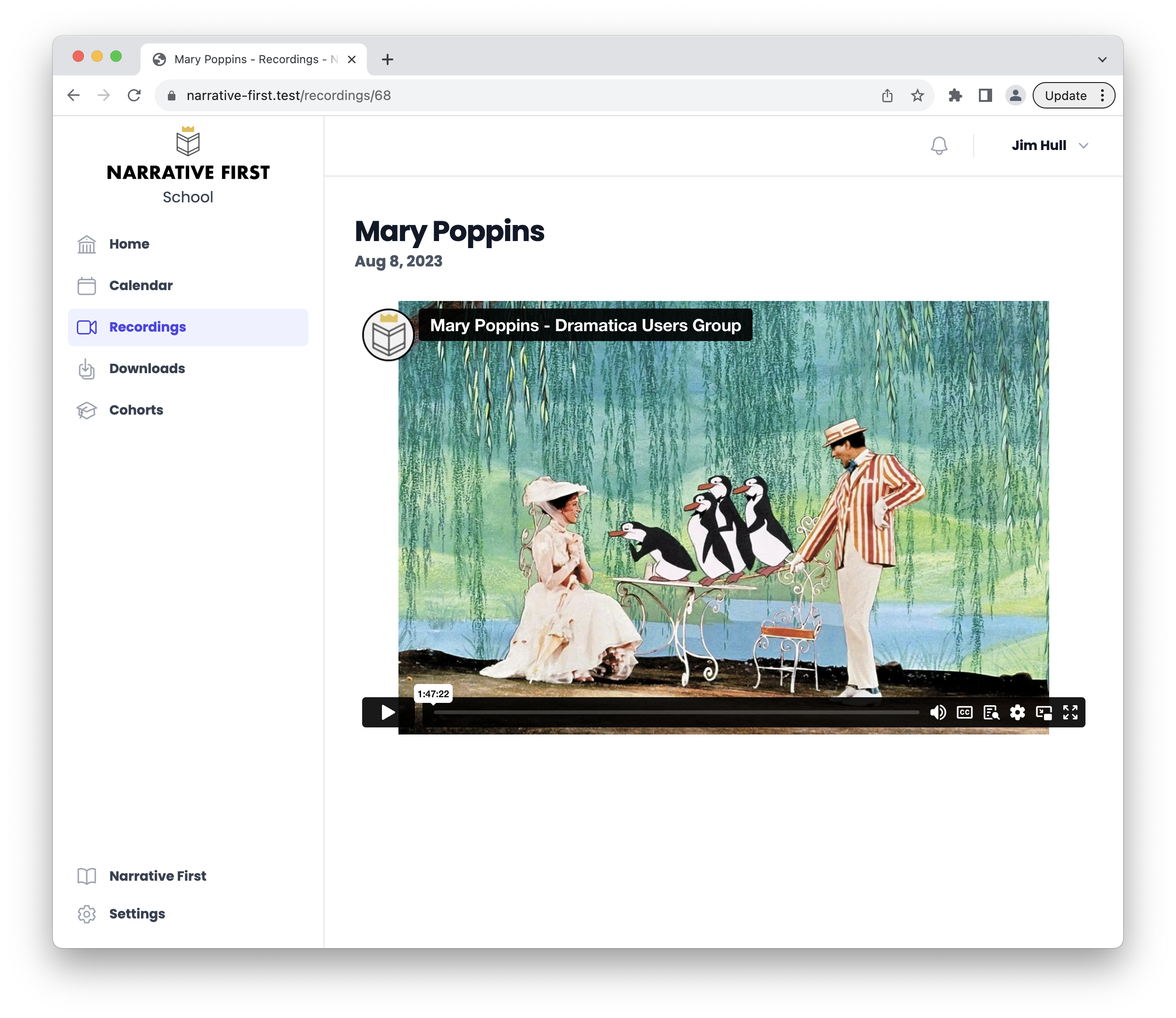

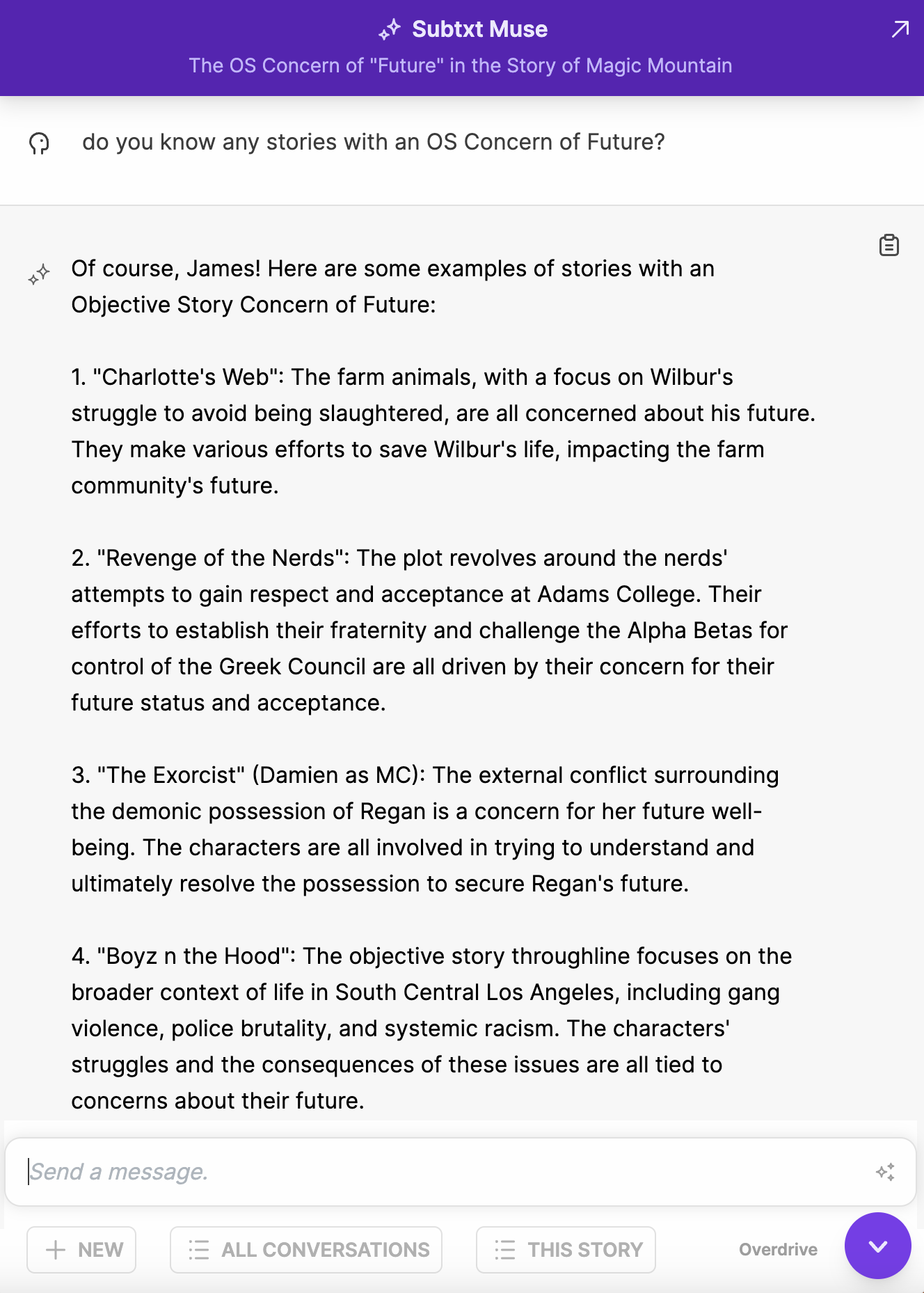
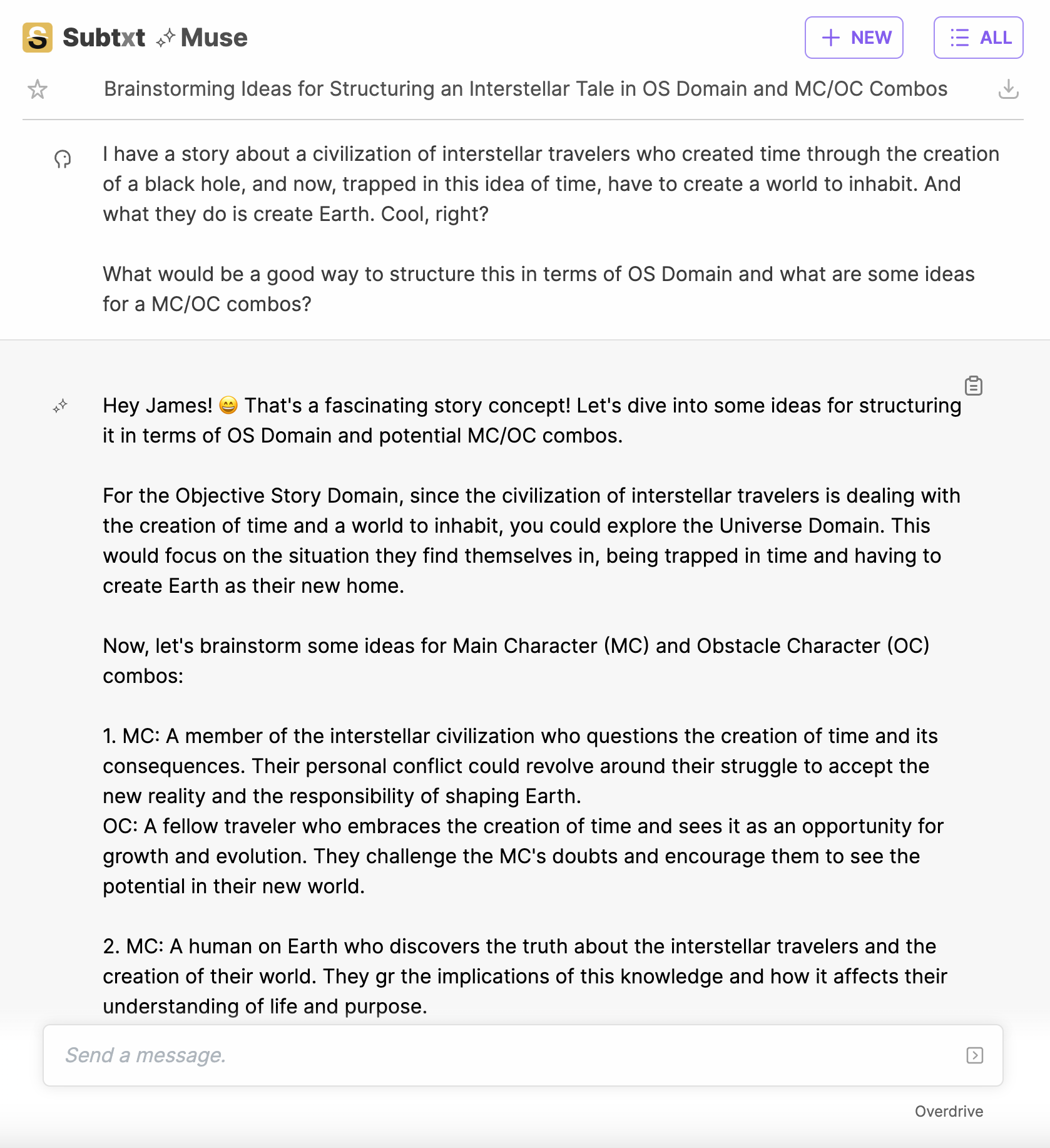
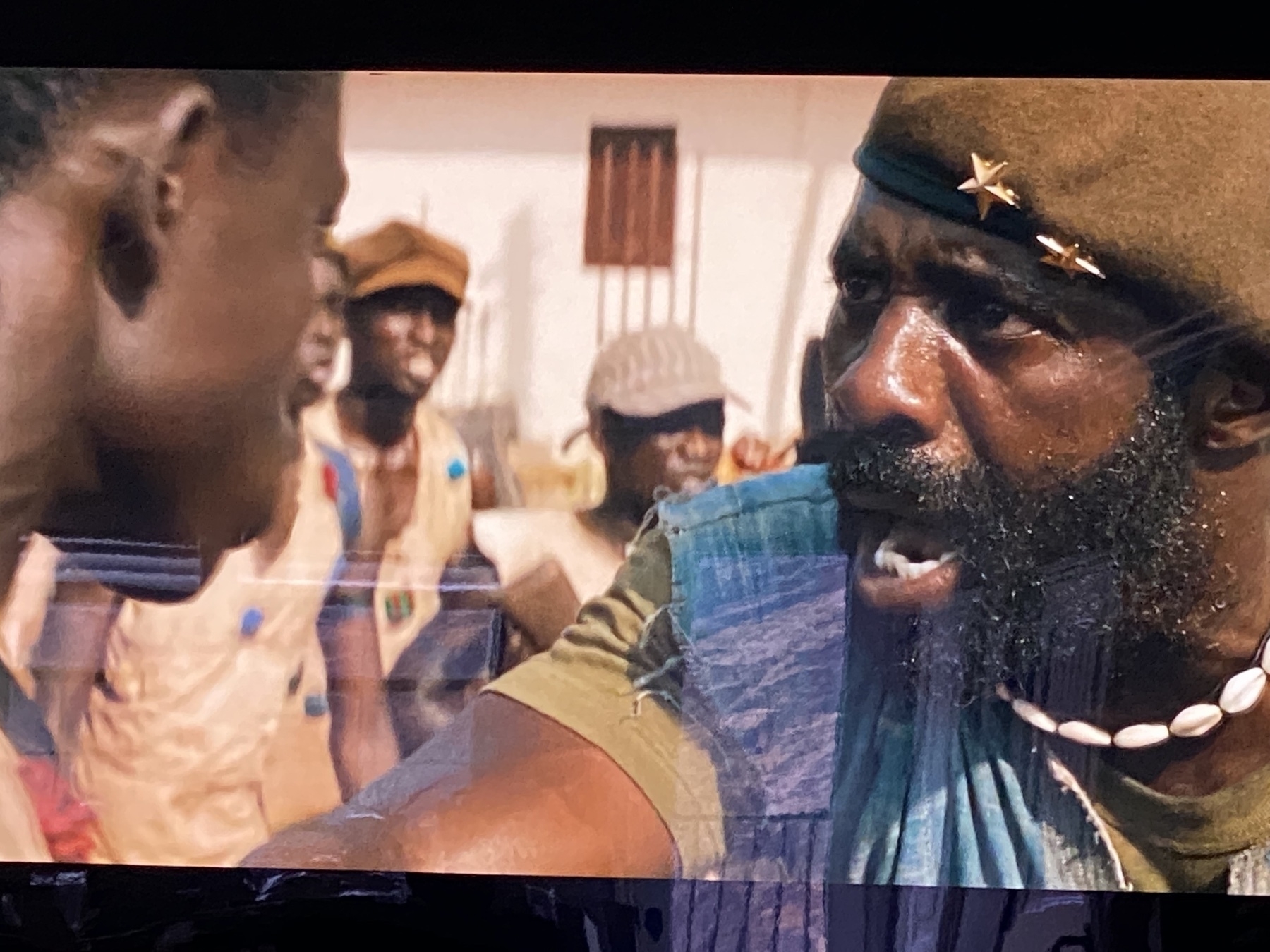


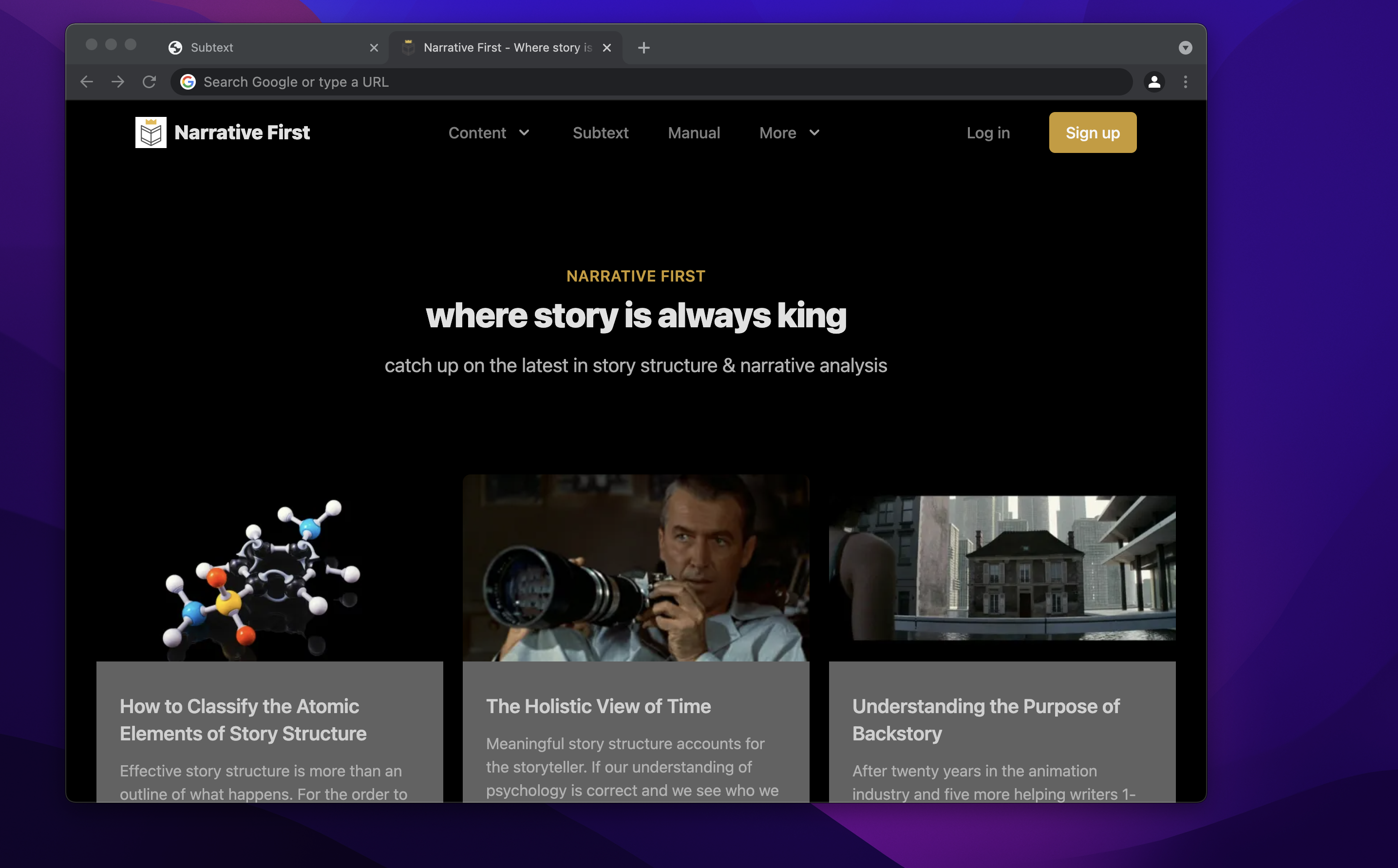

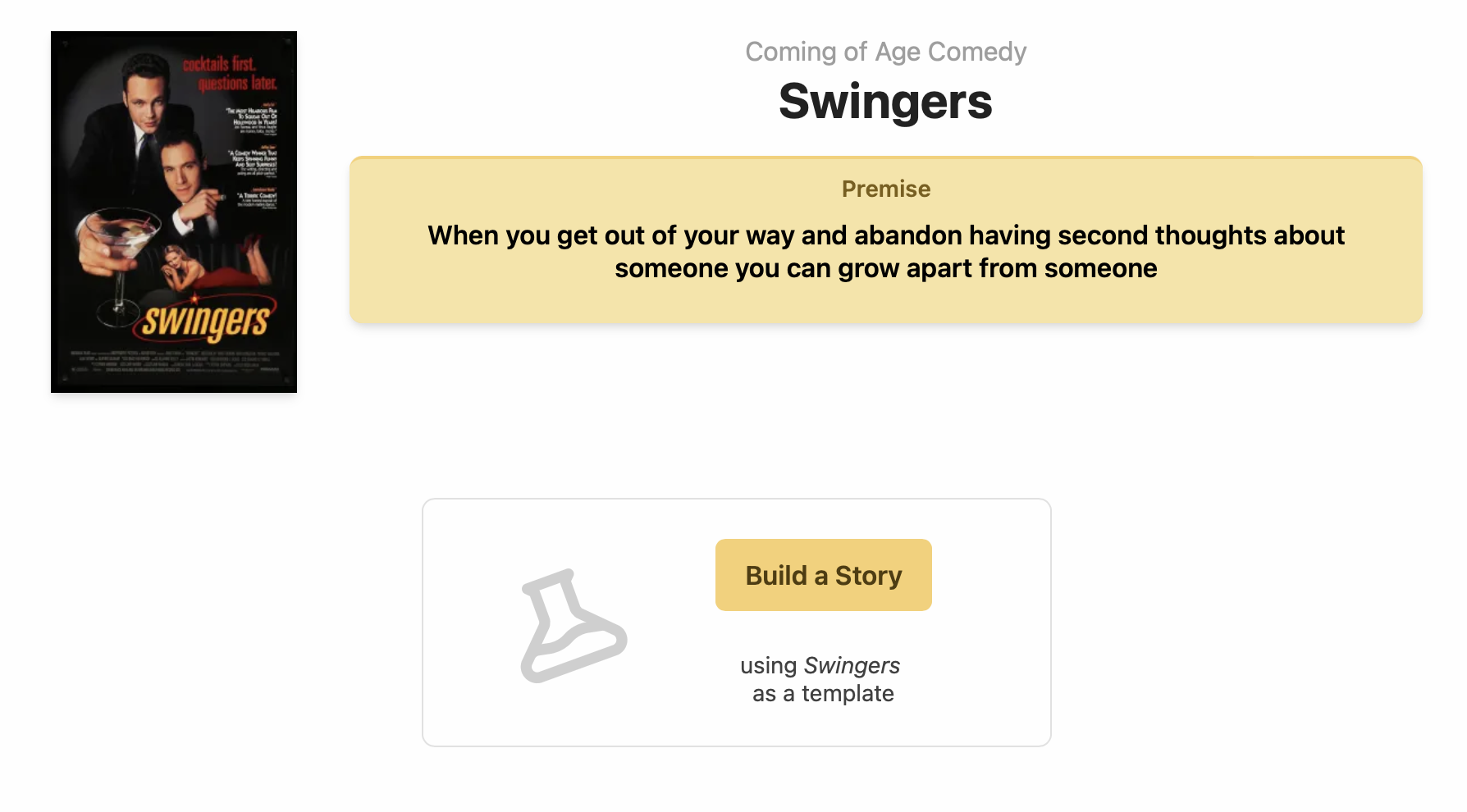
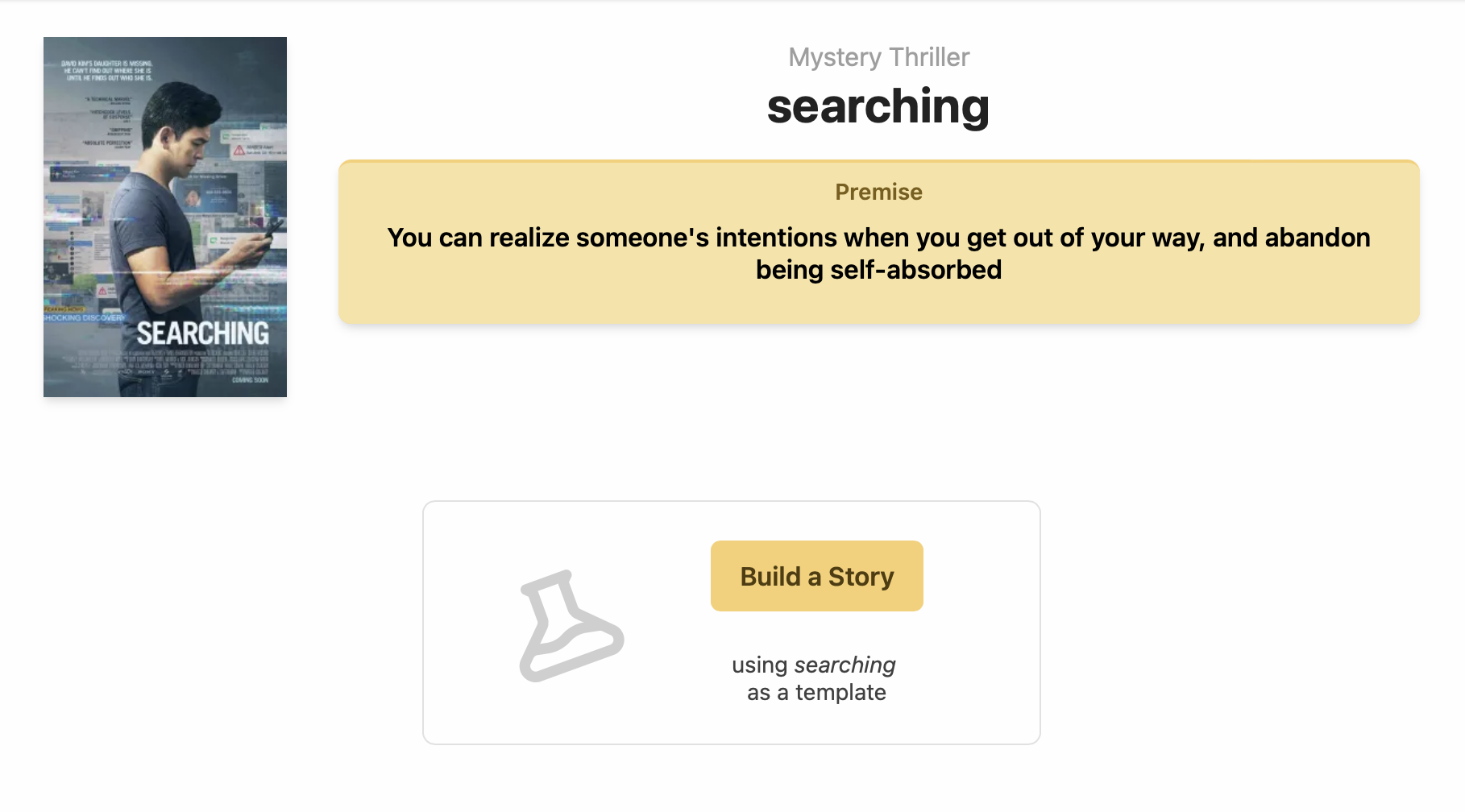
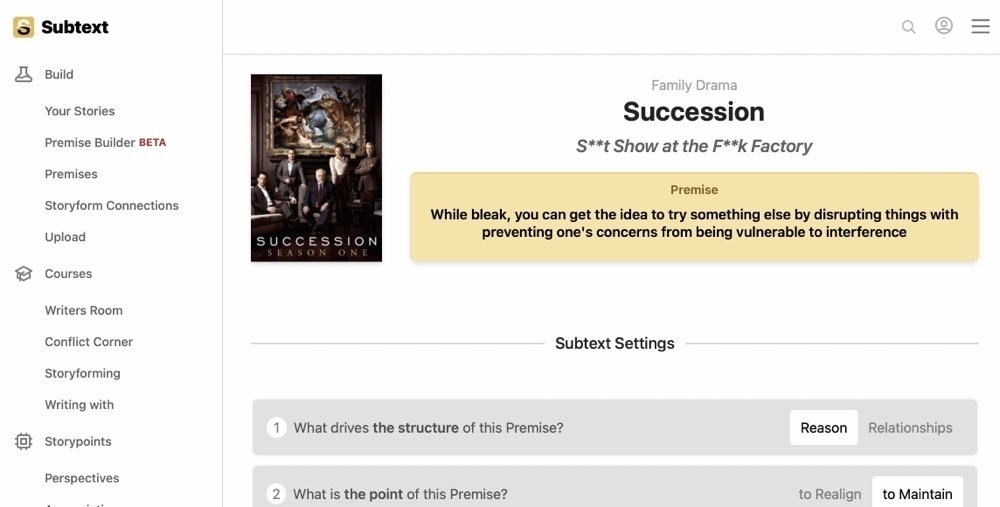
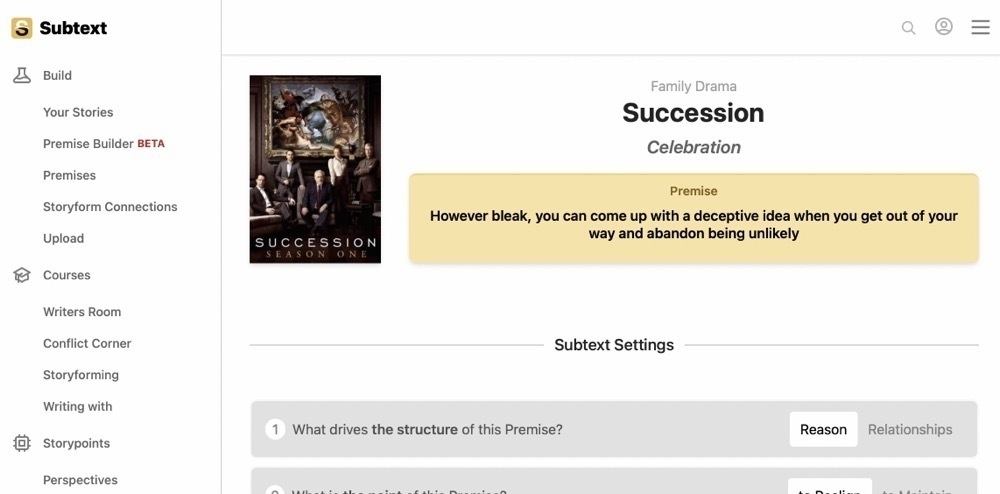
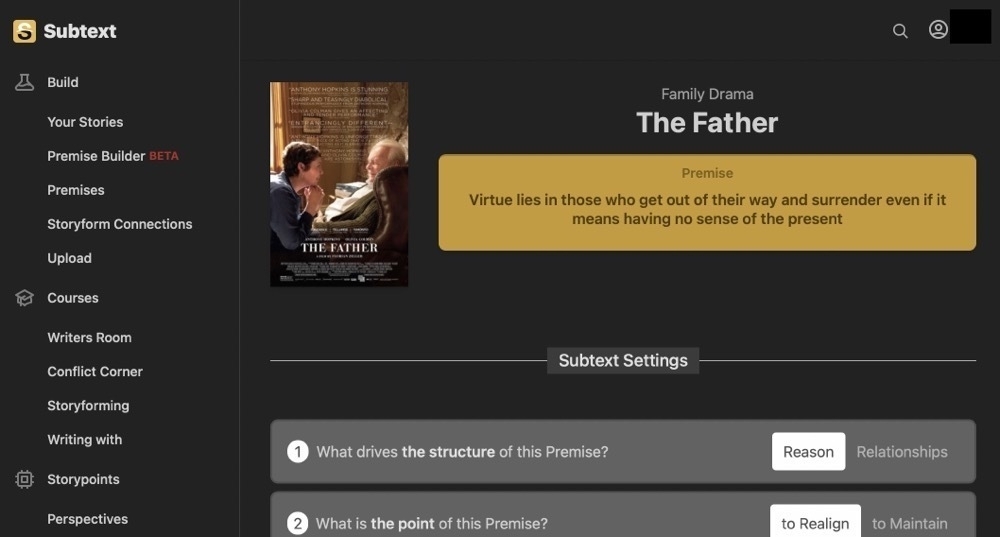


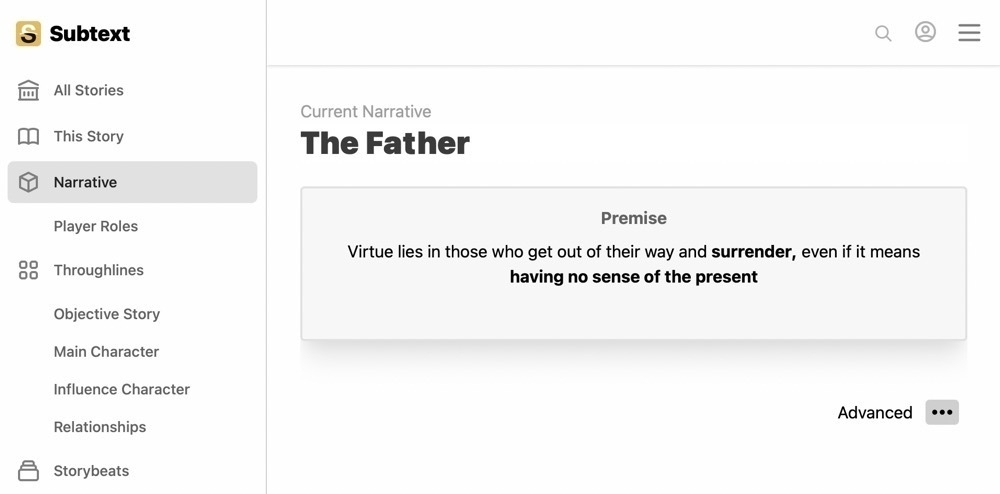
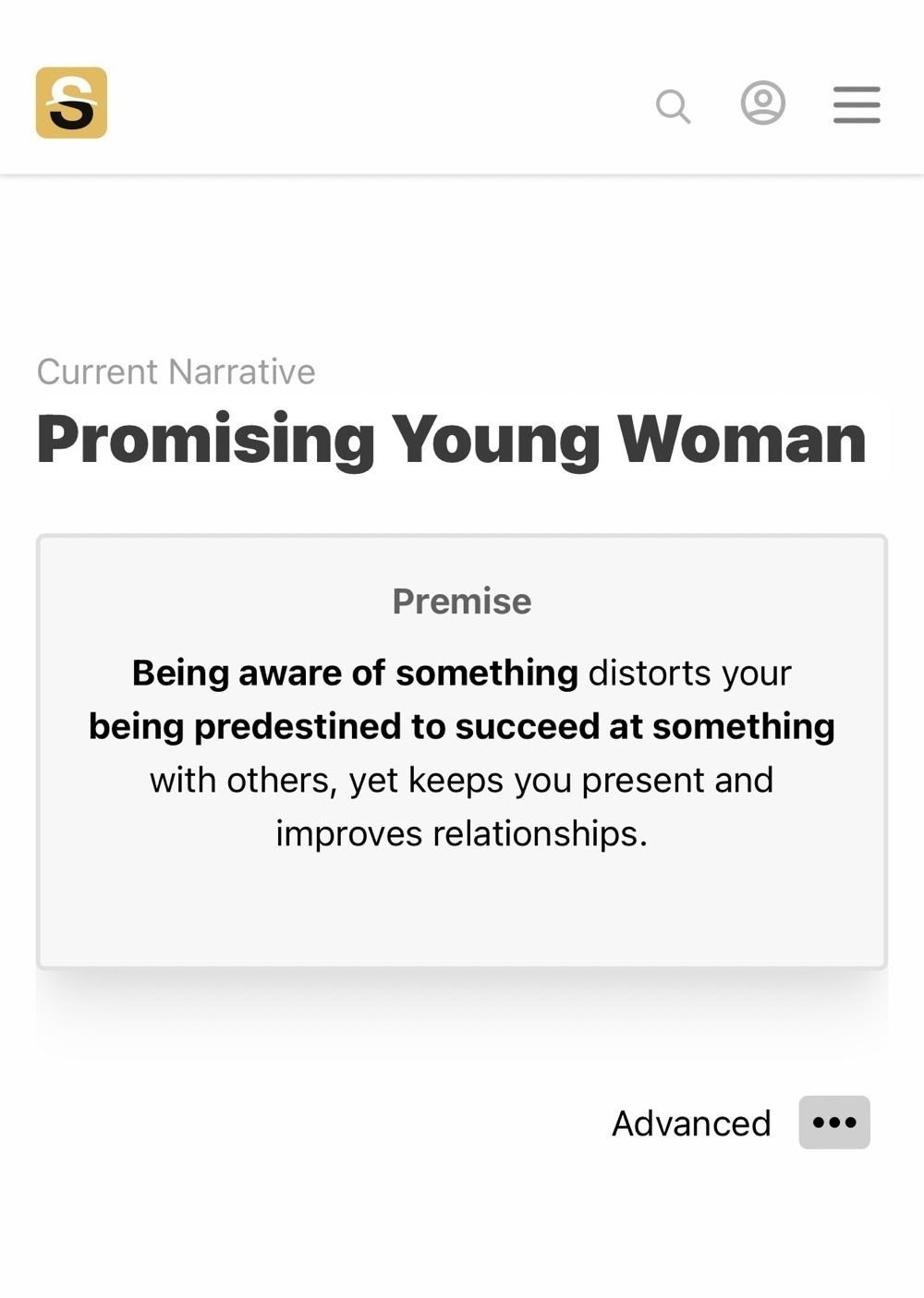

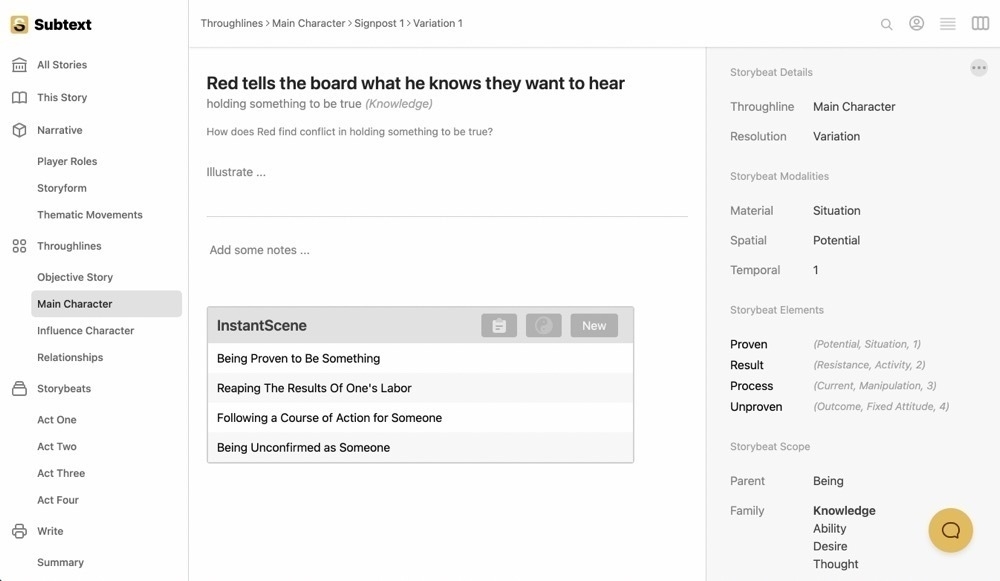
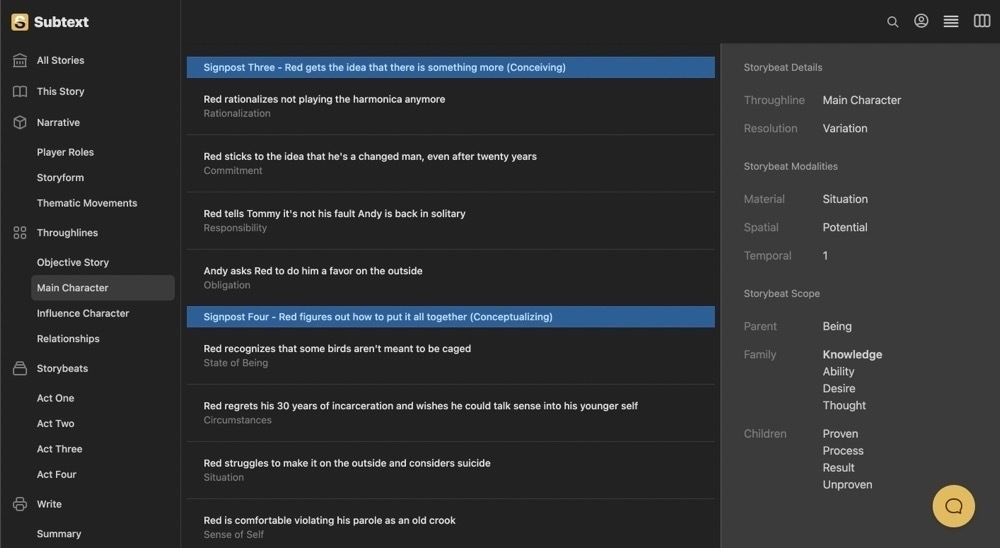
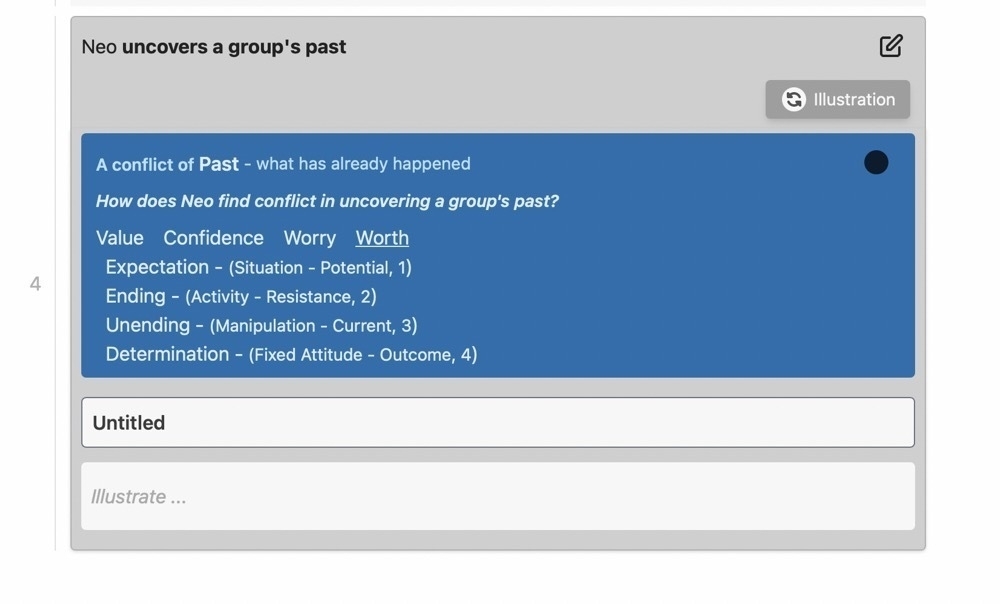
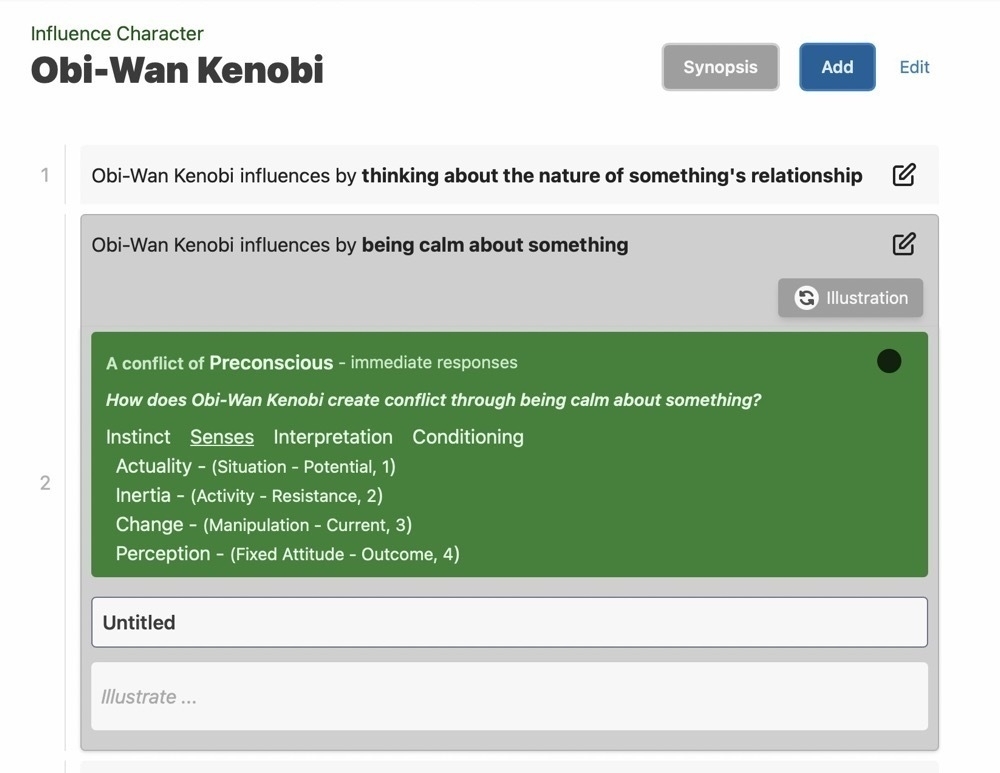
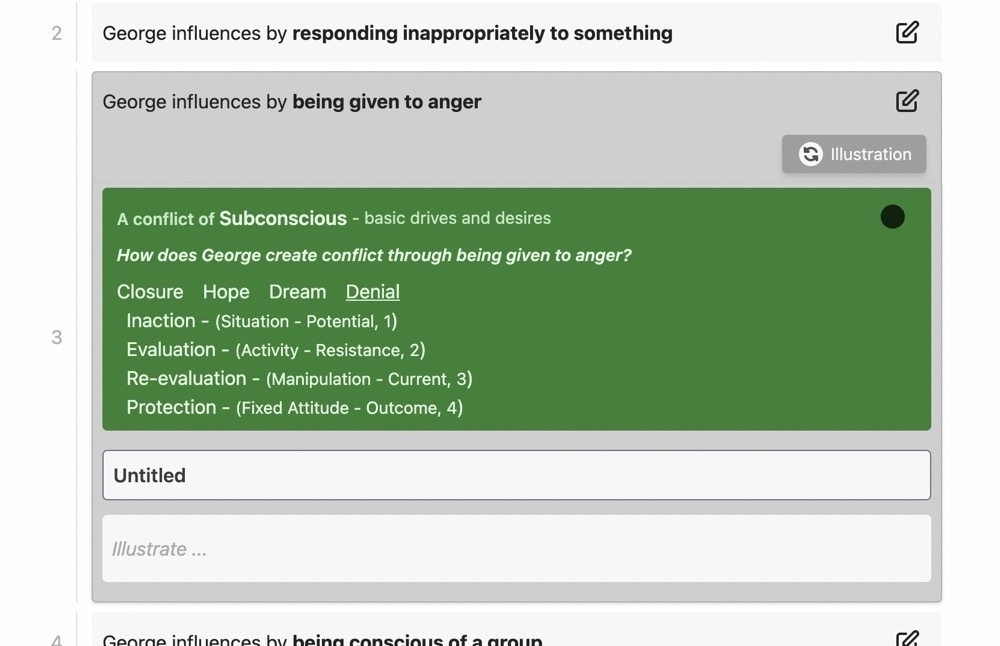

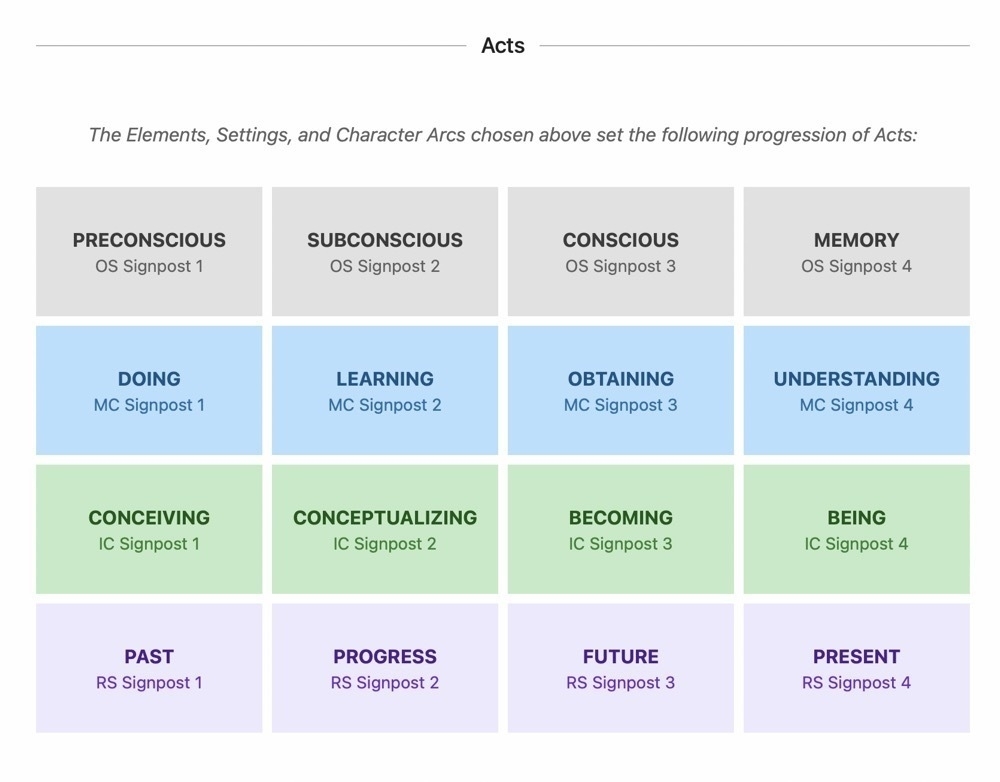

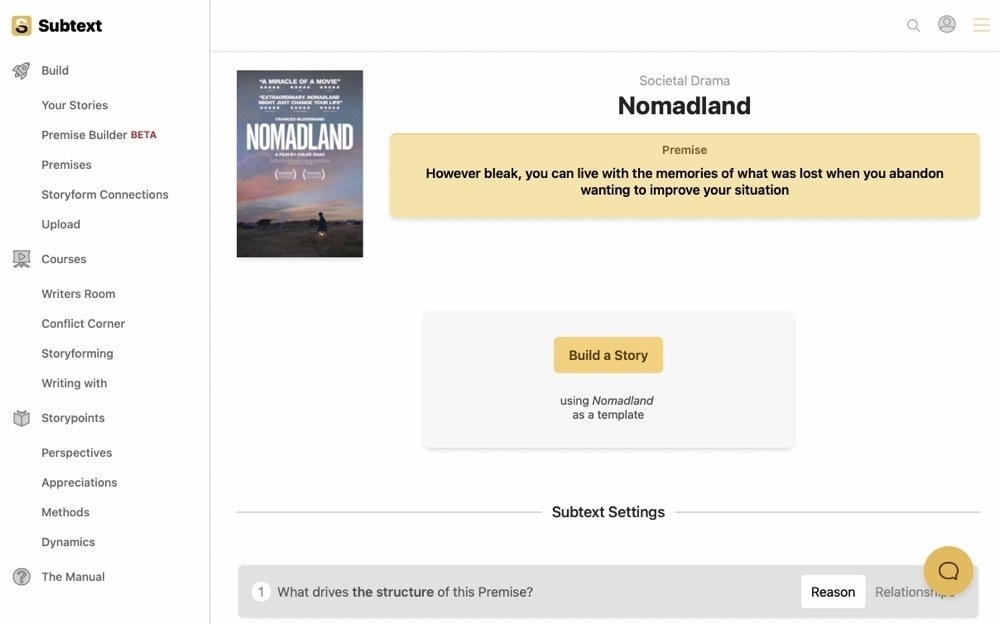
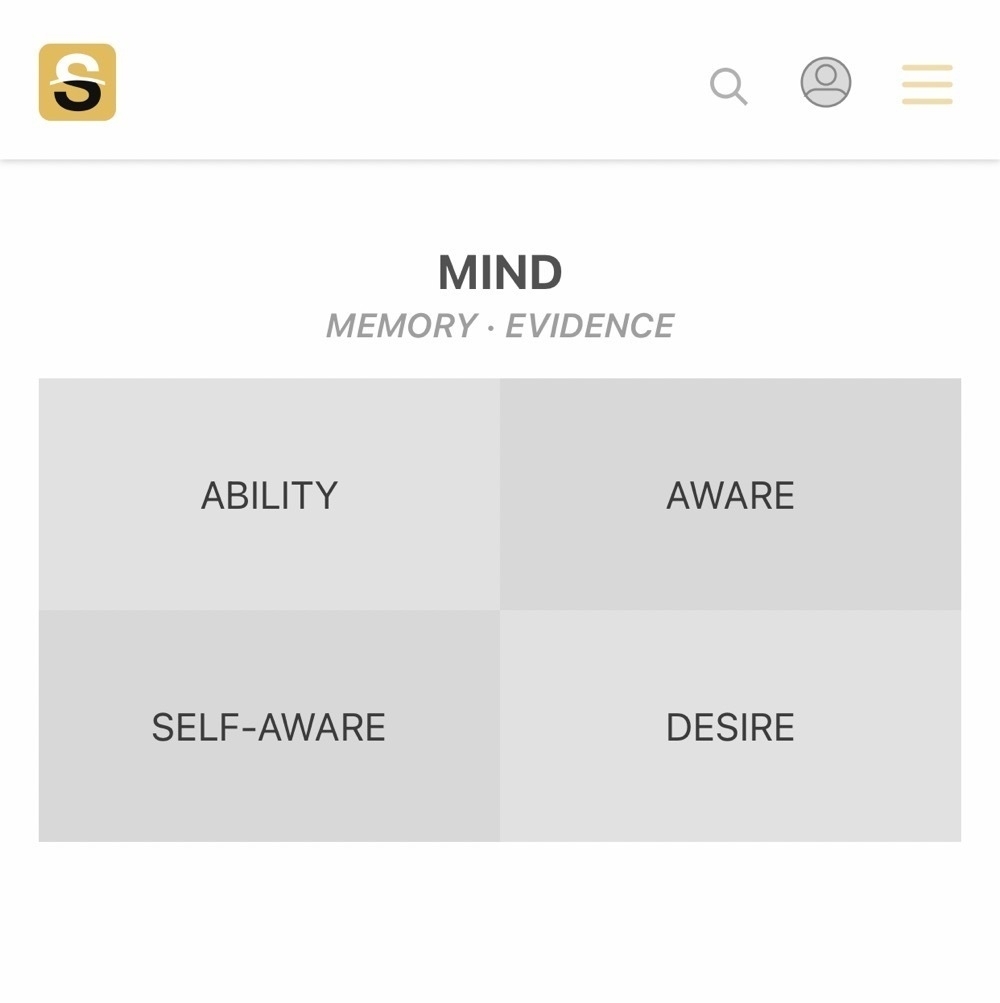
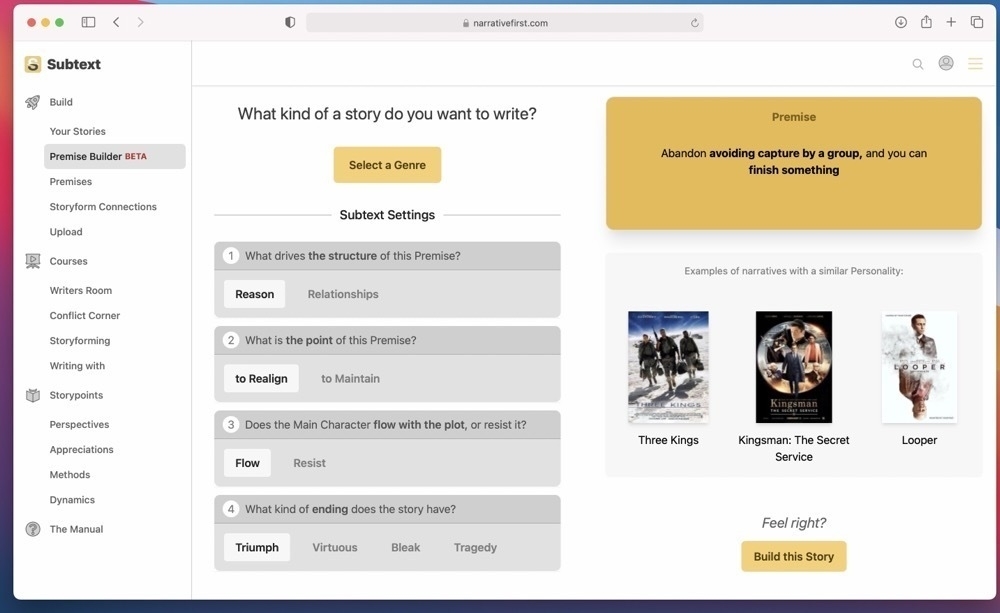
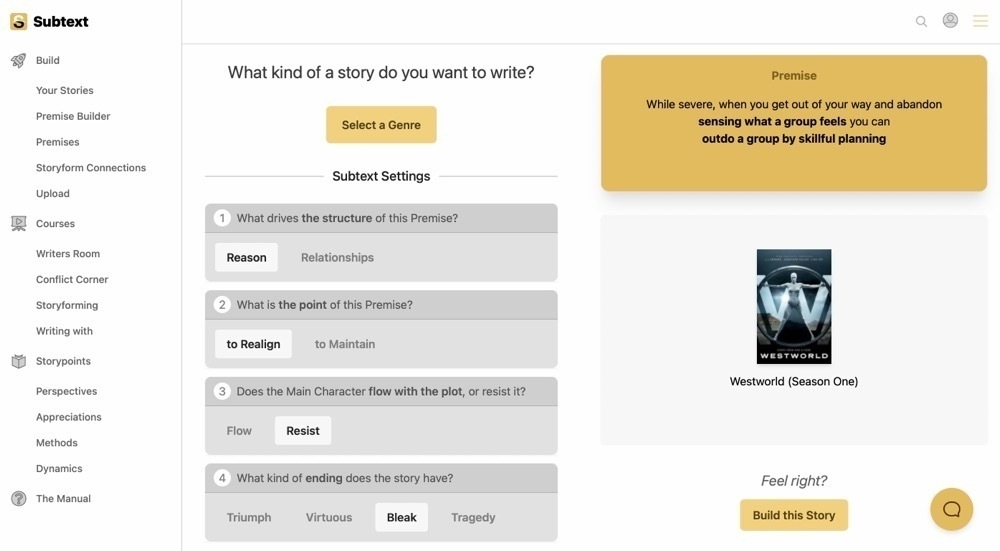
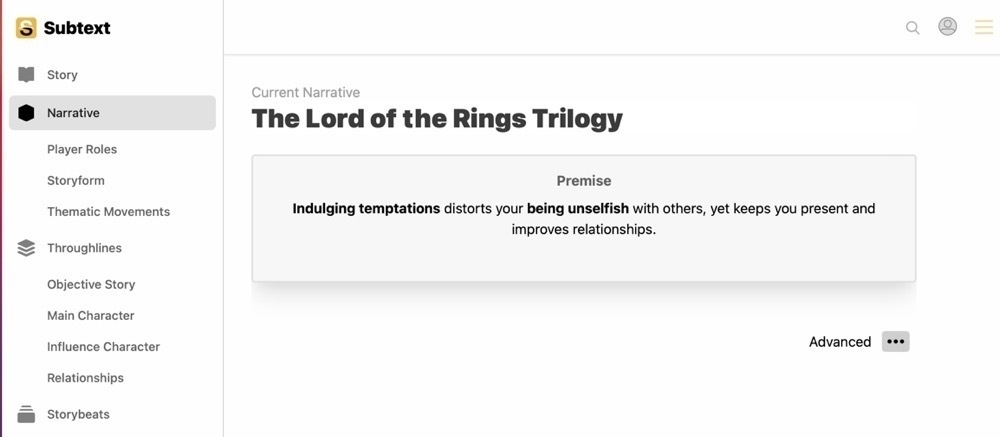
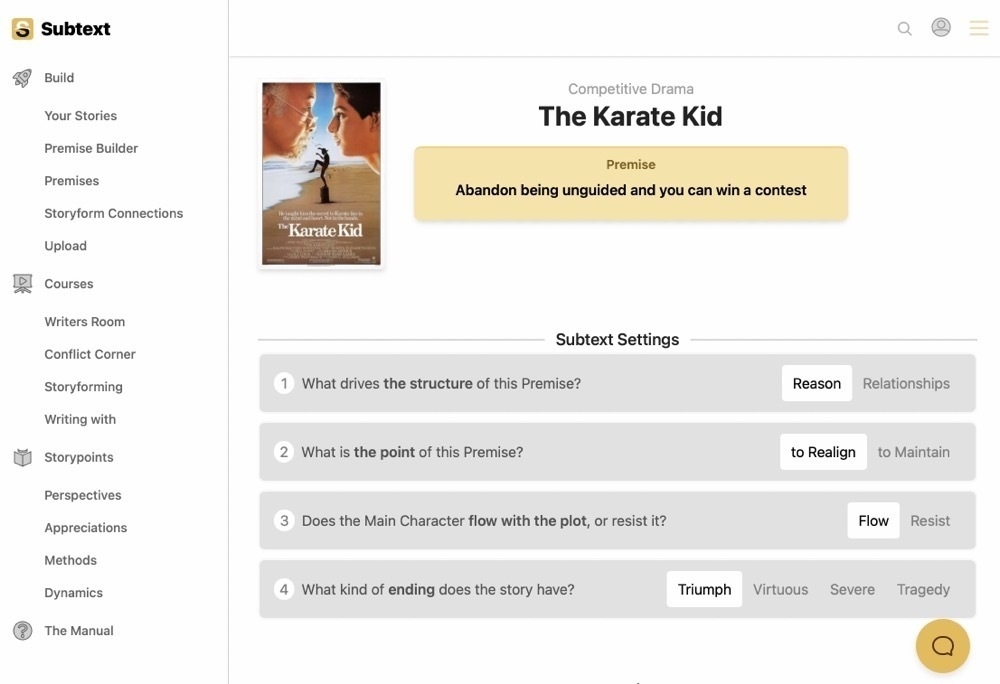
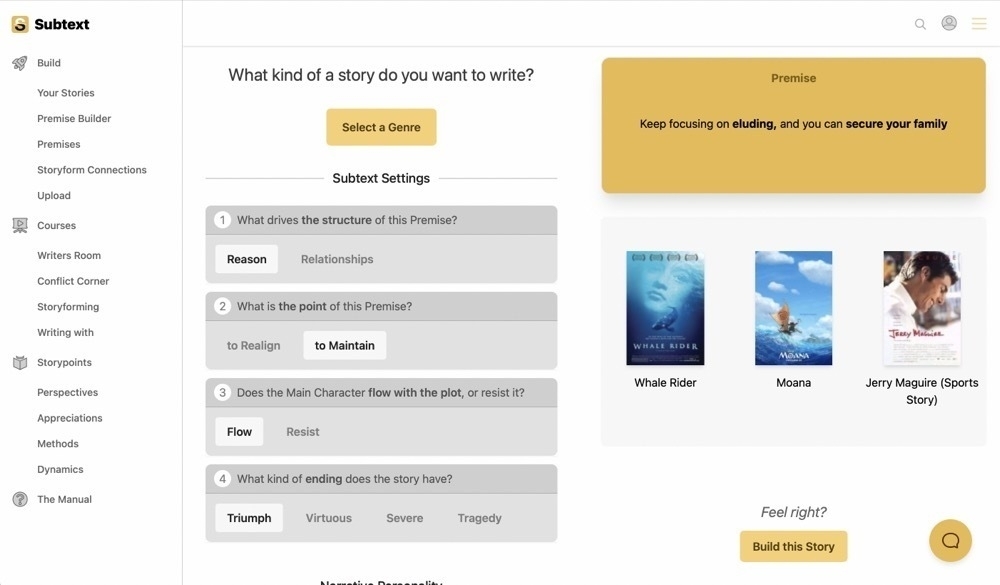
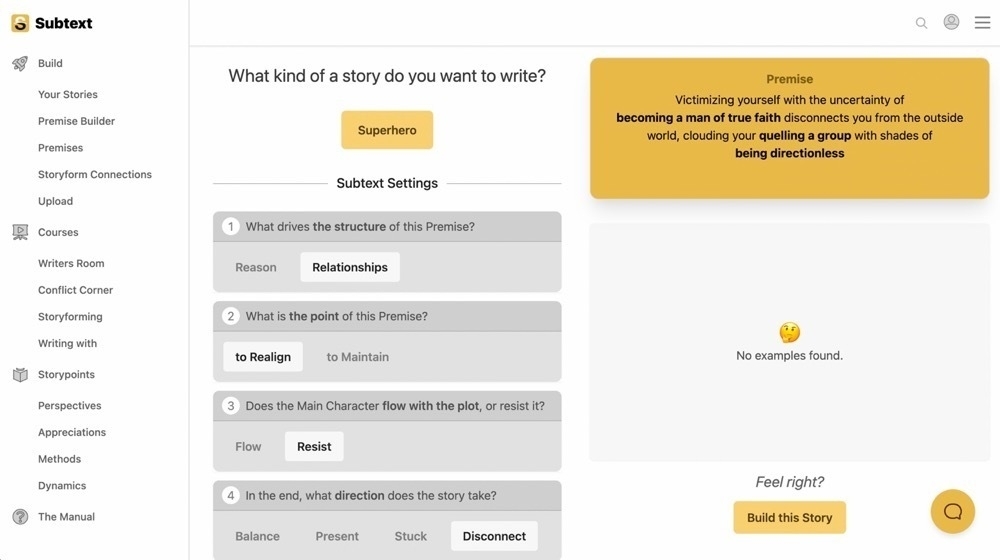
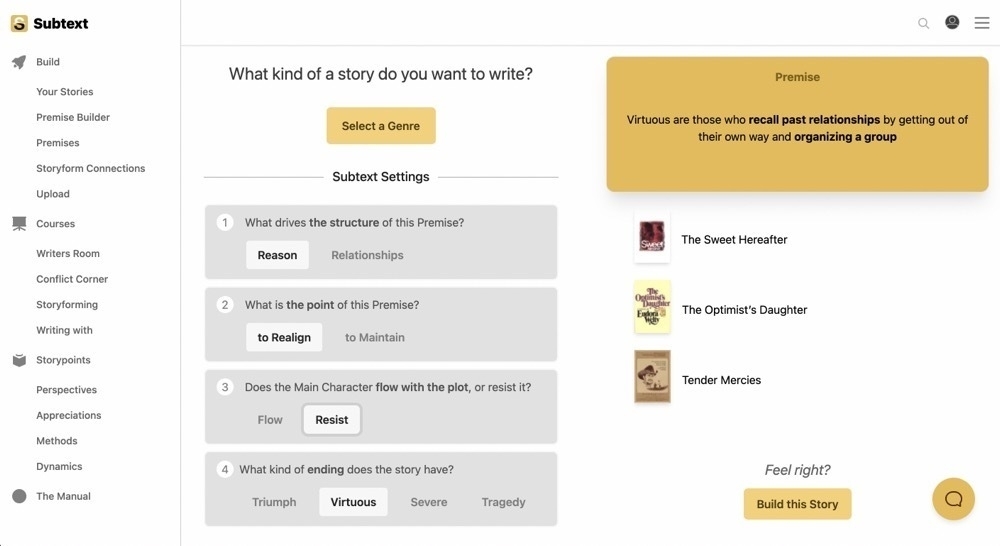
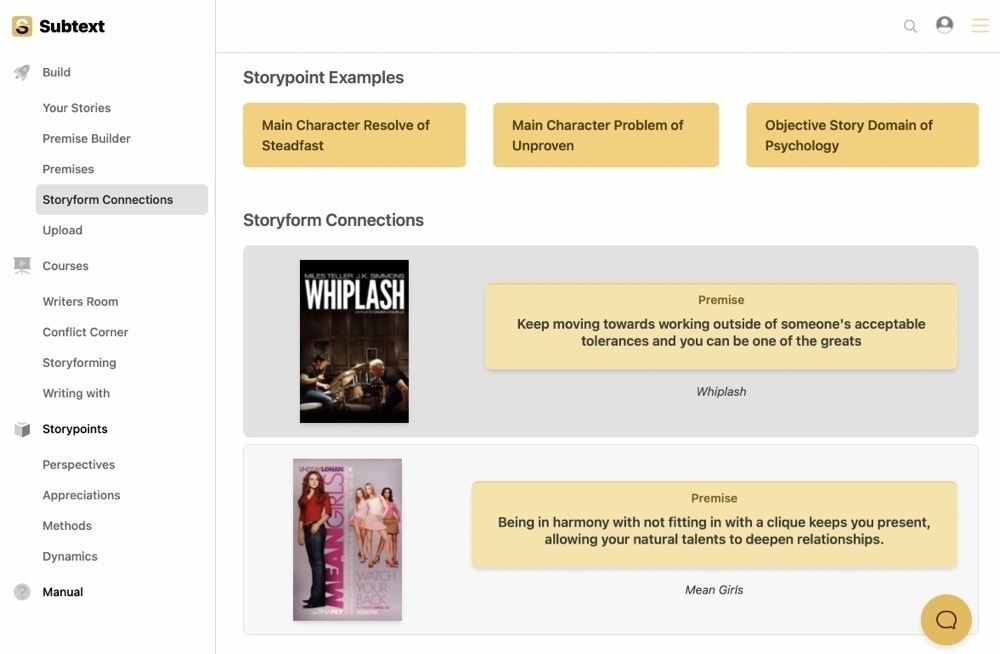
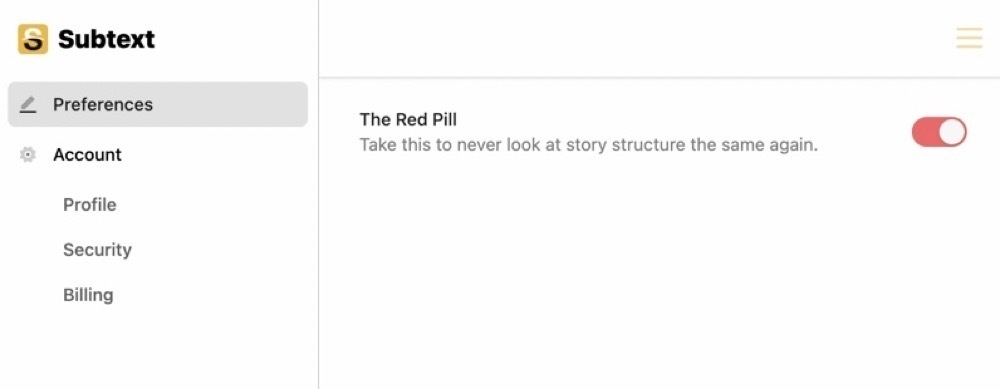
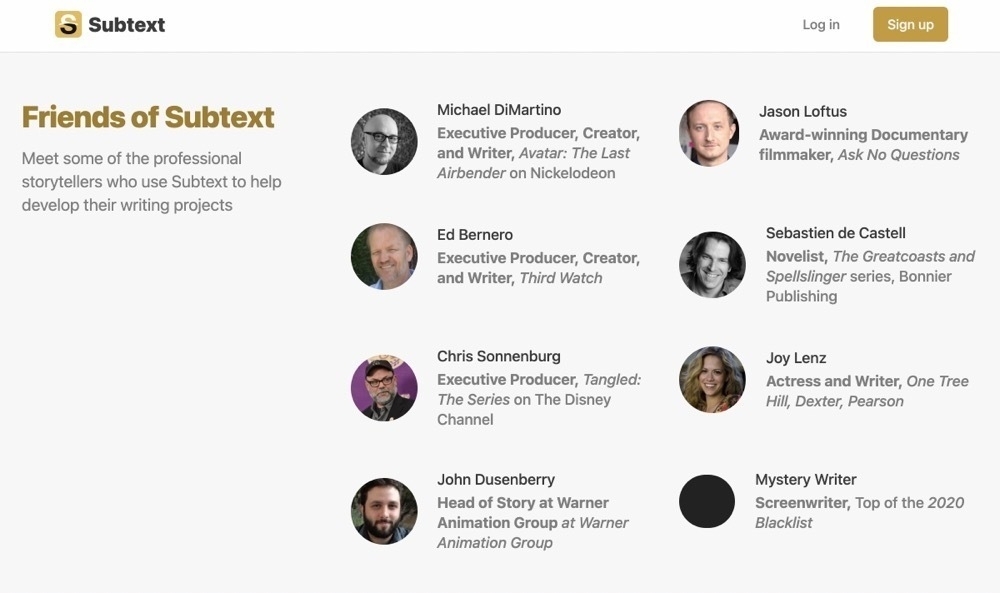
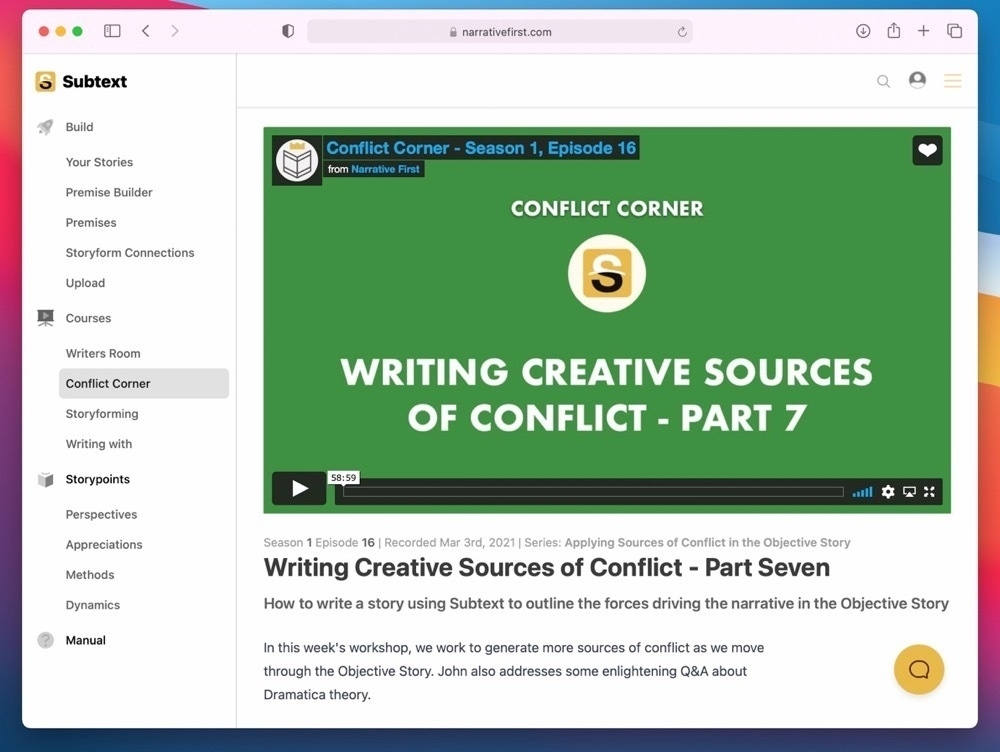

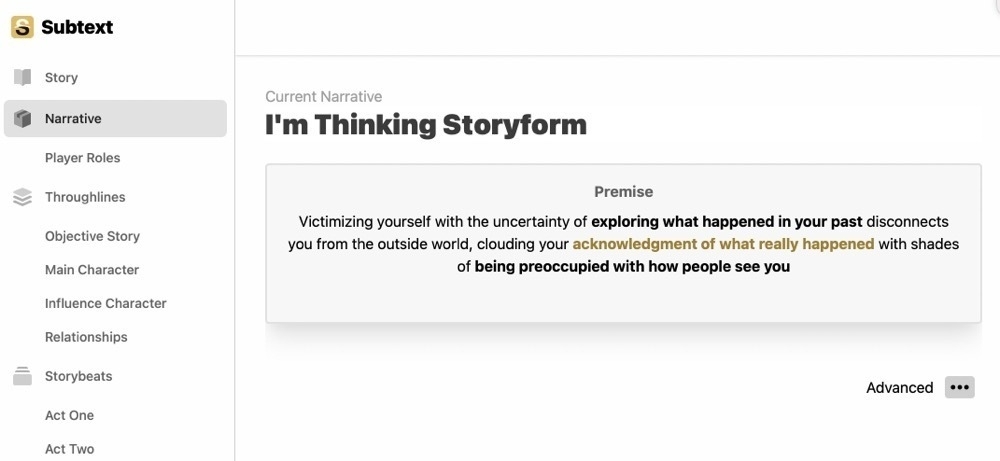
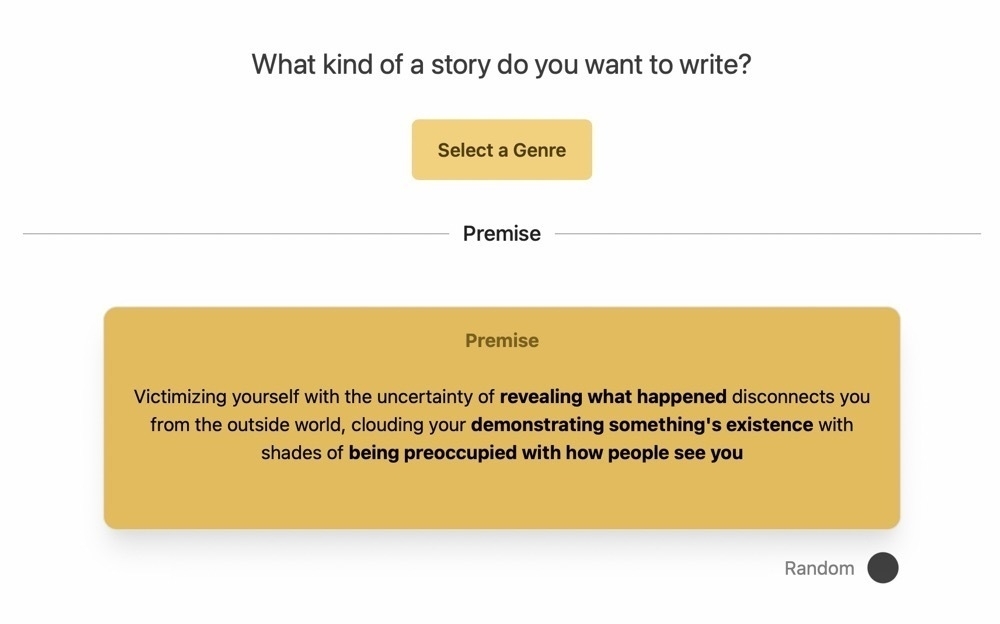
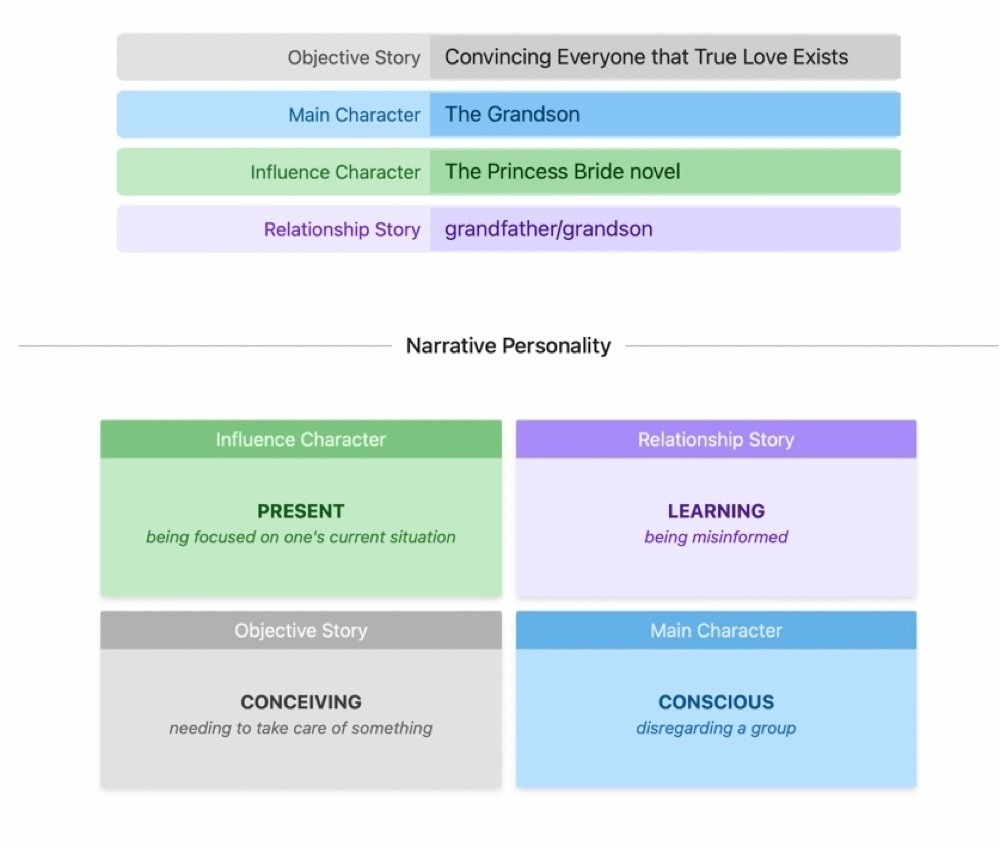 ❤️
❤️